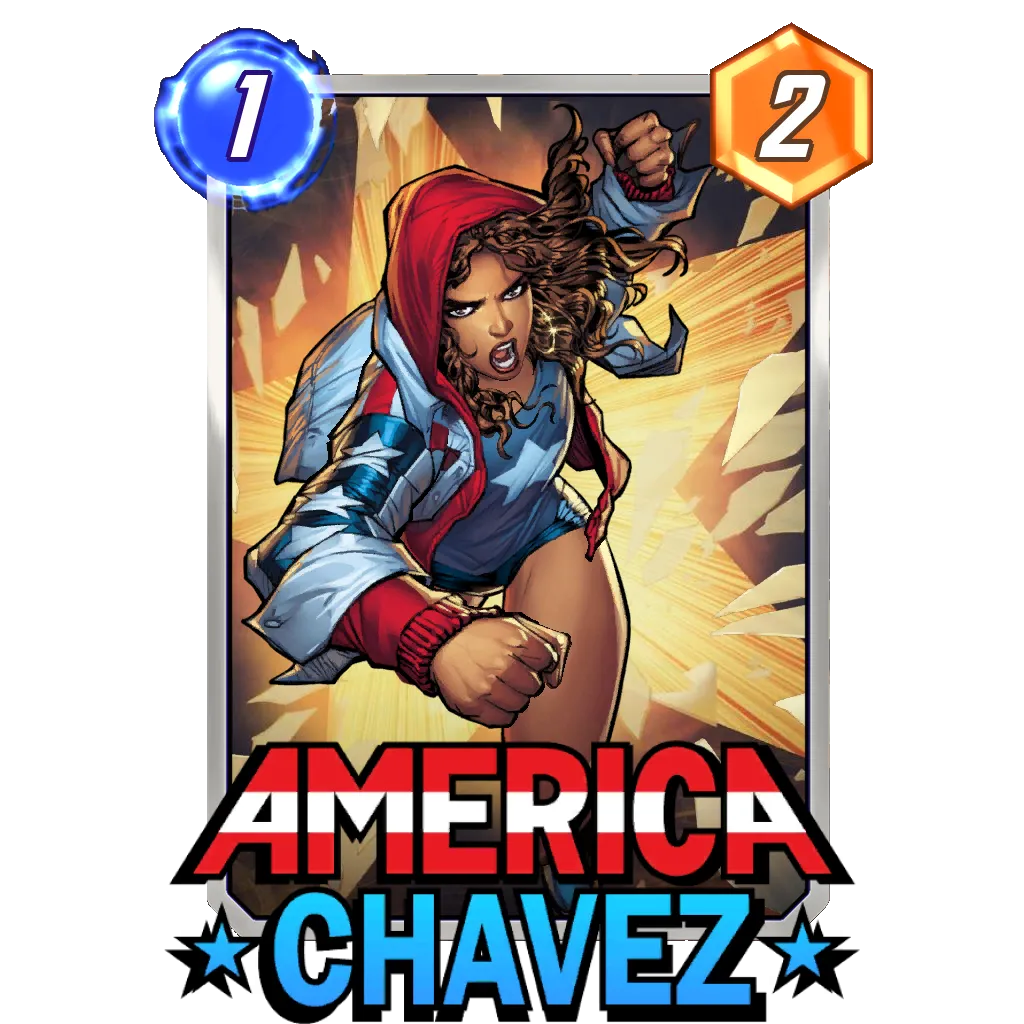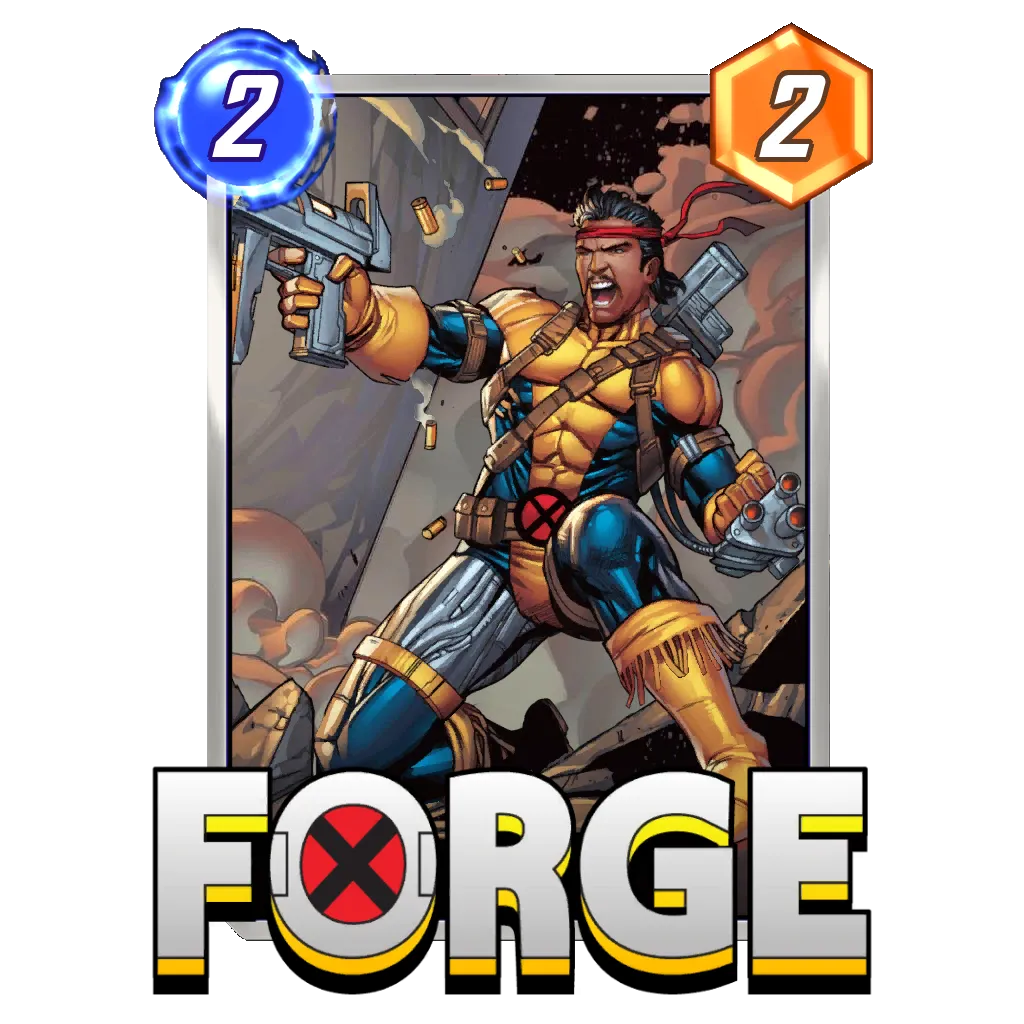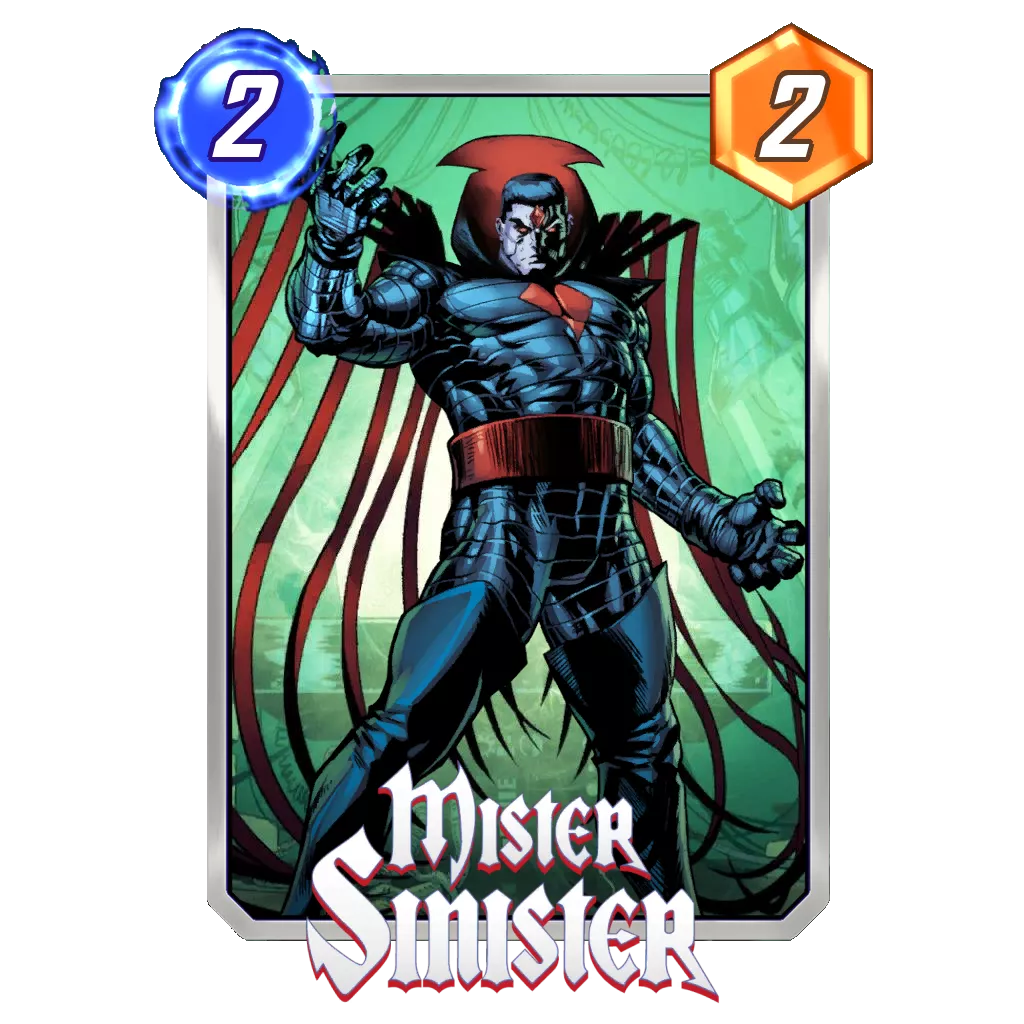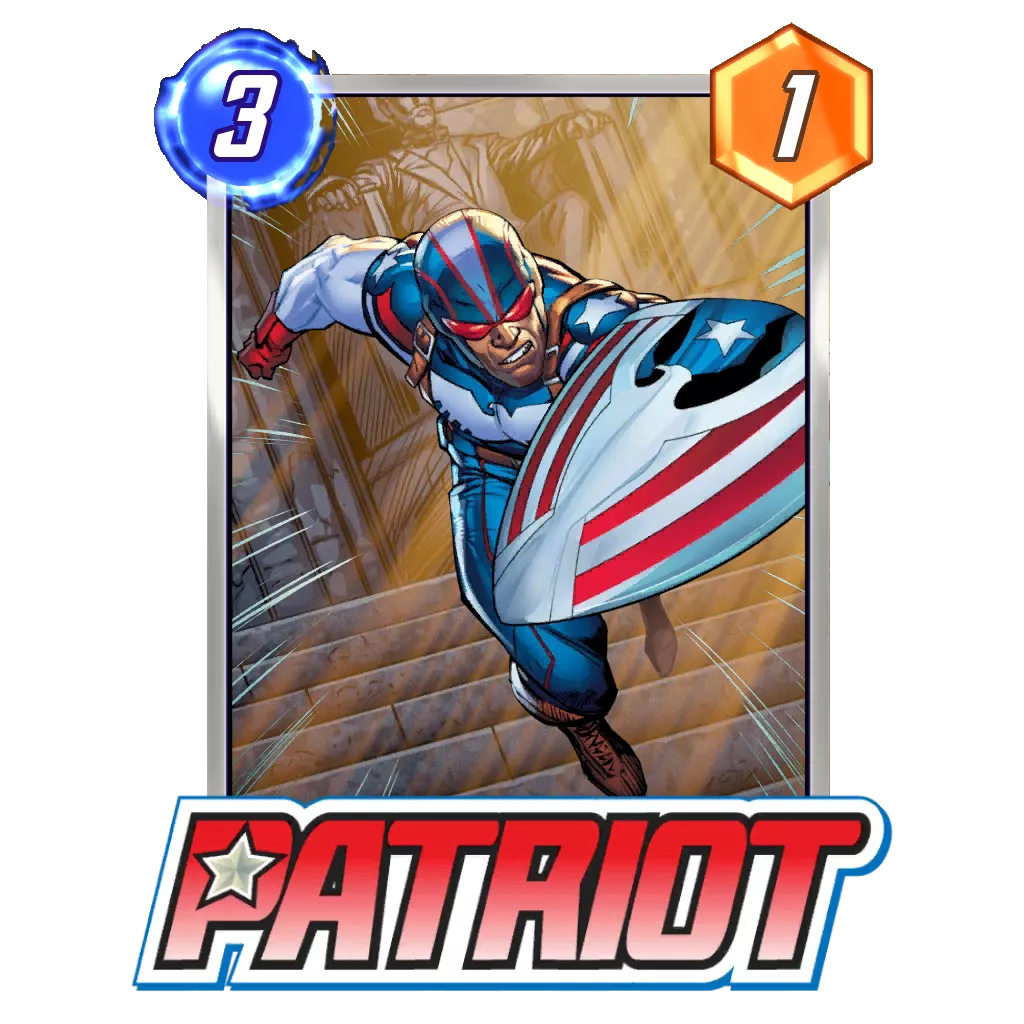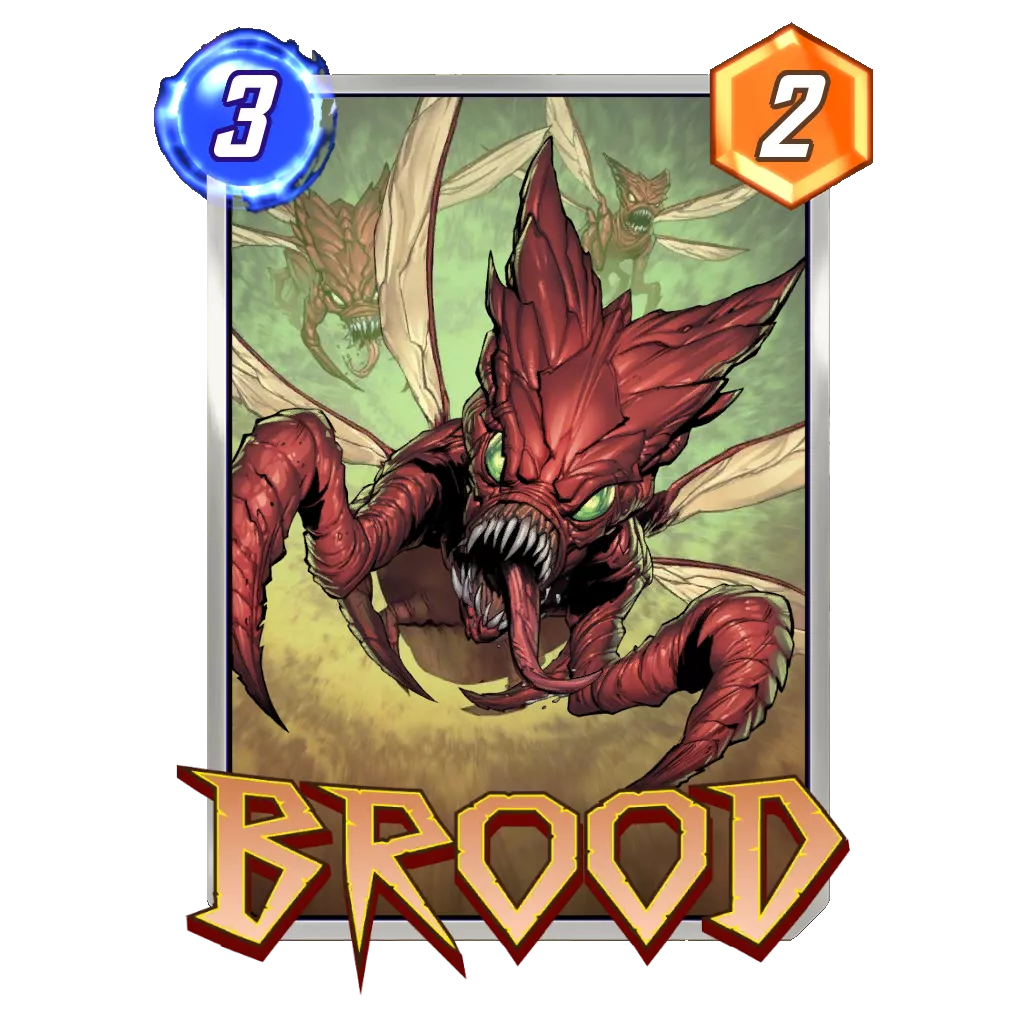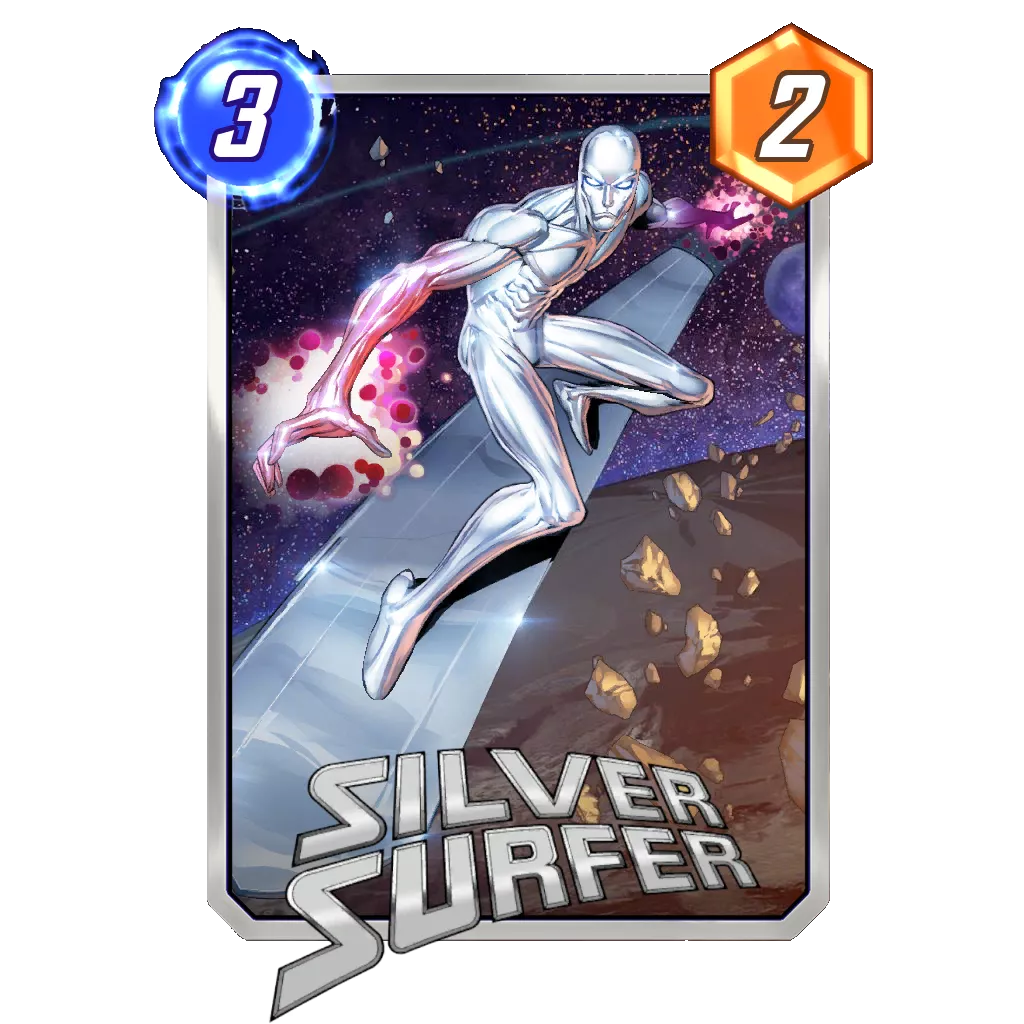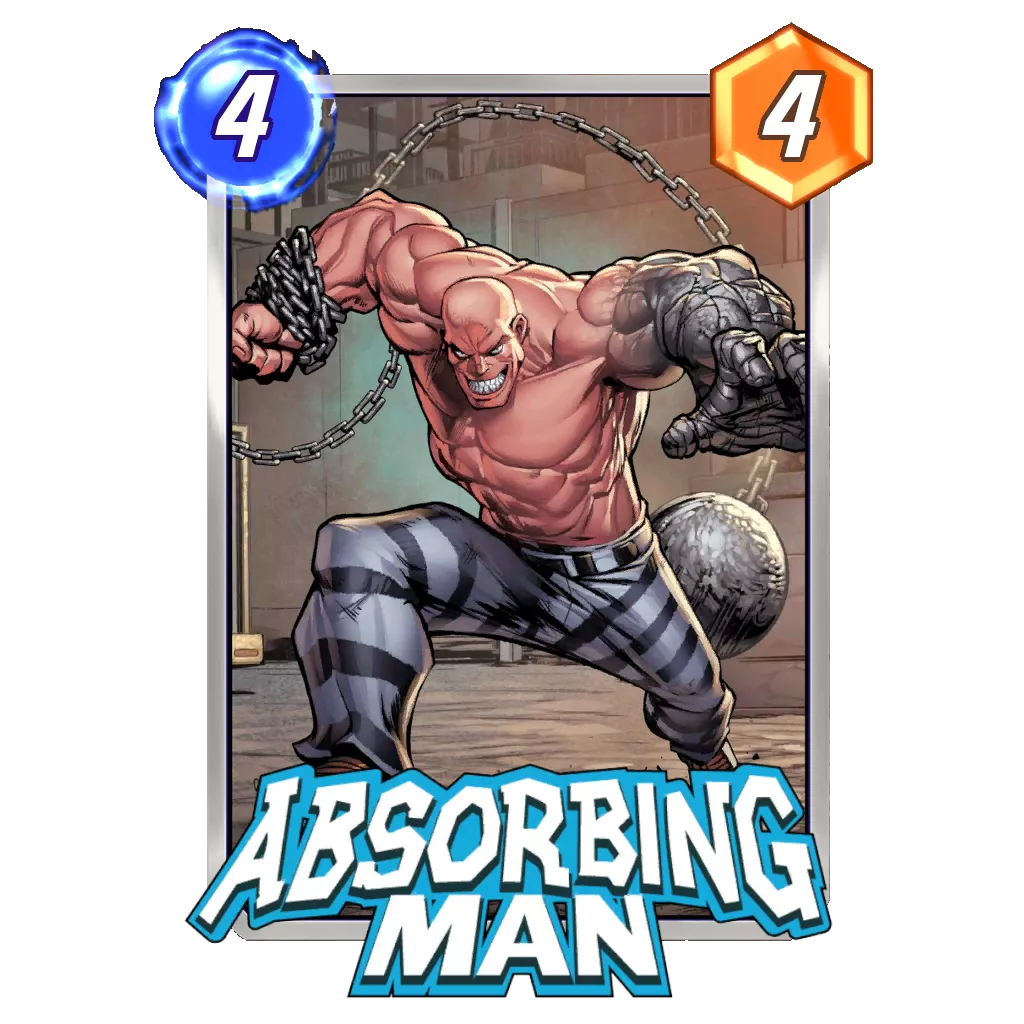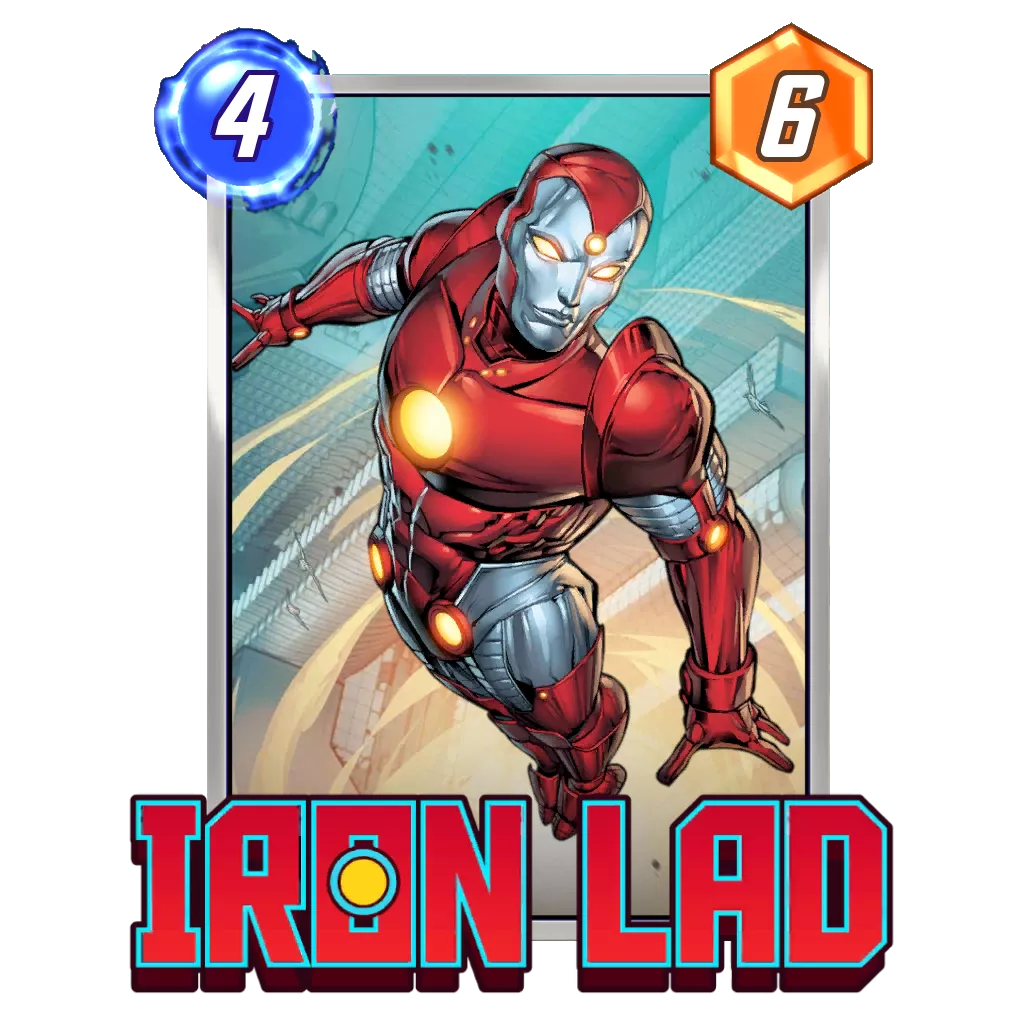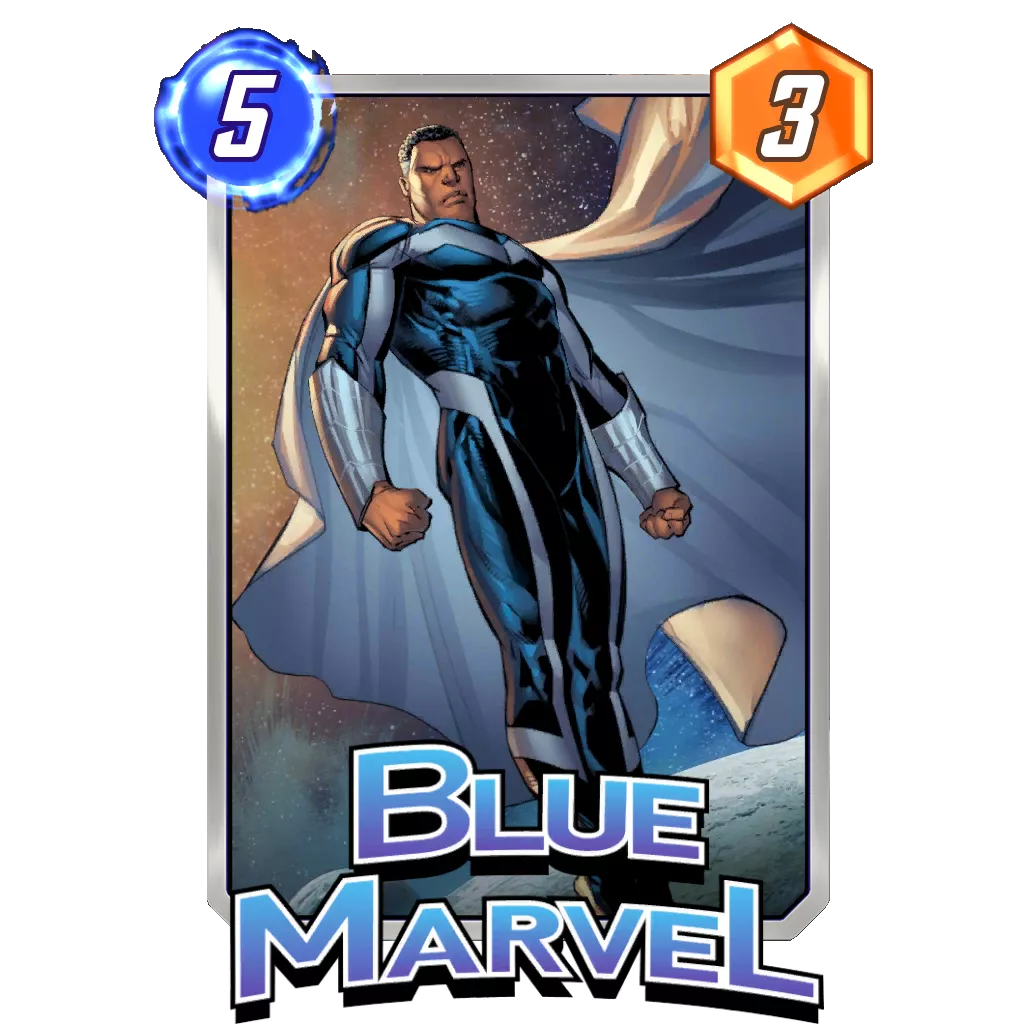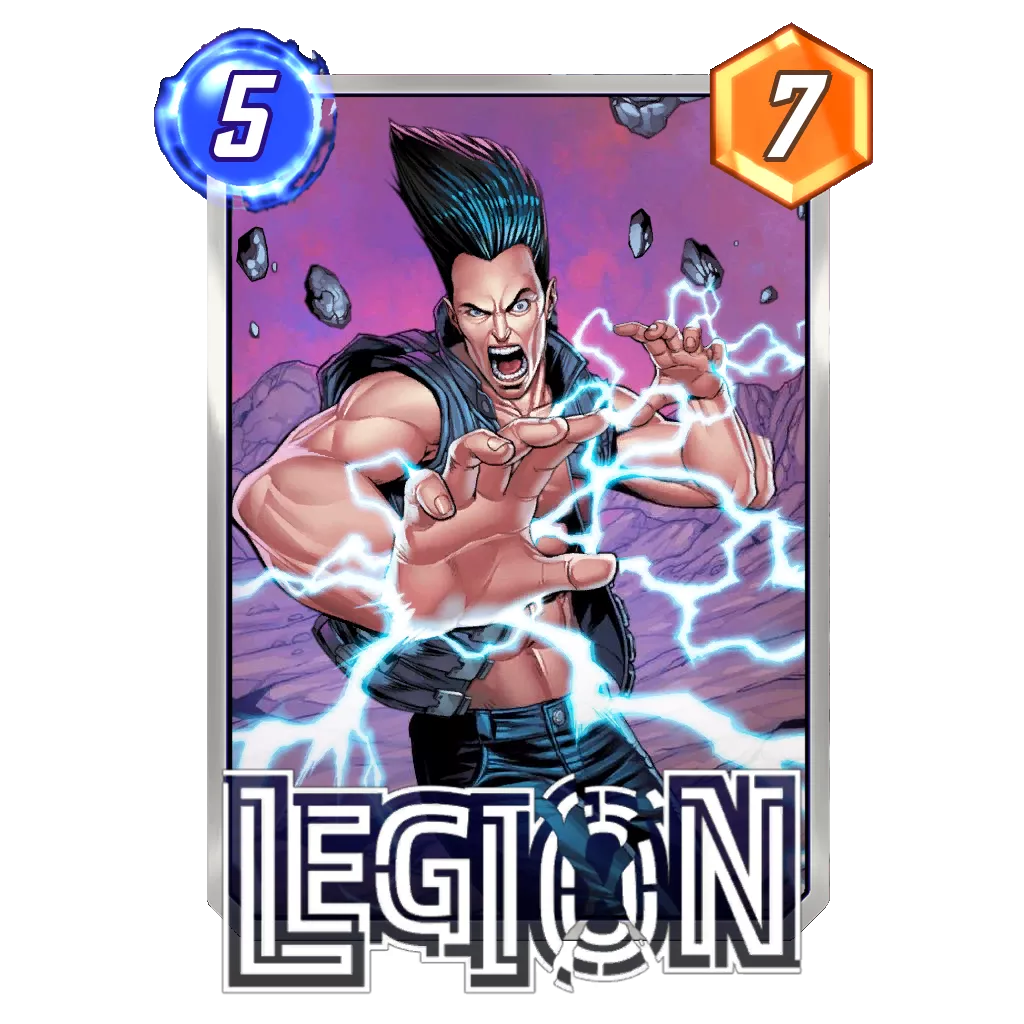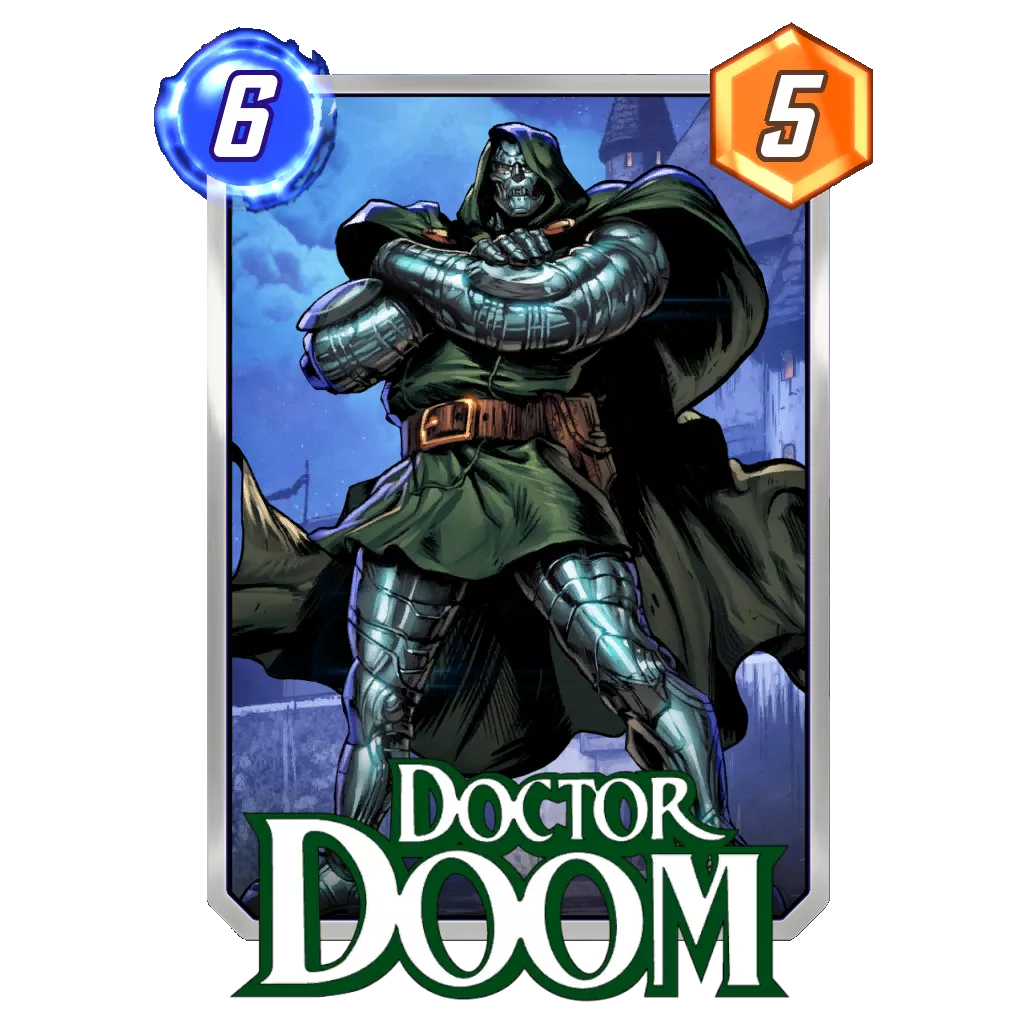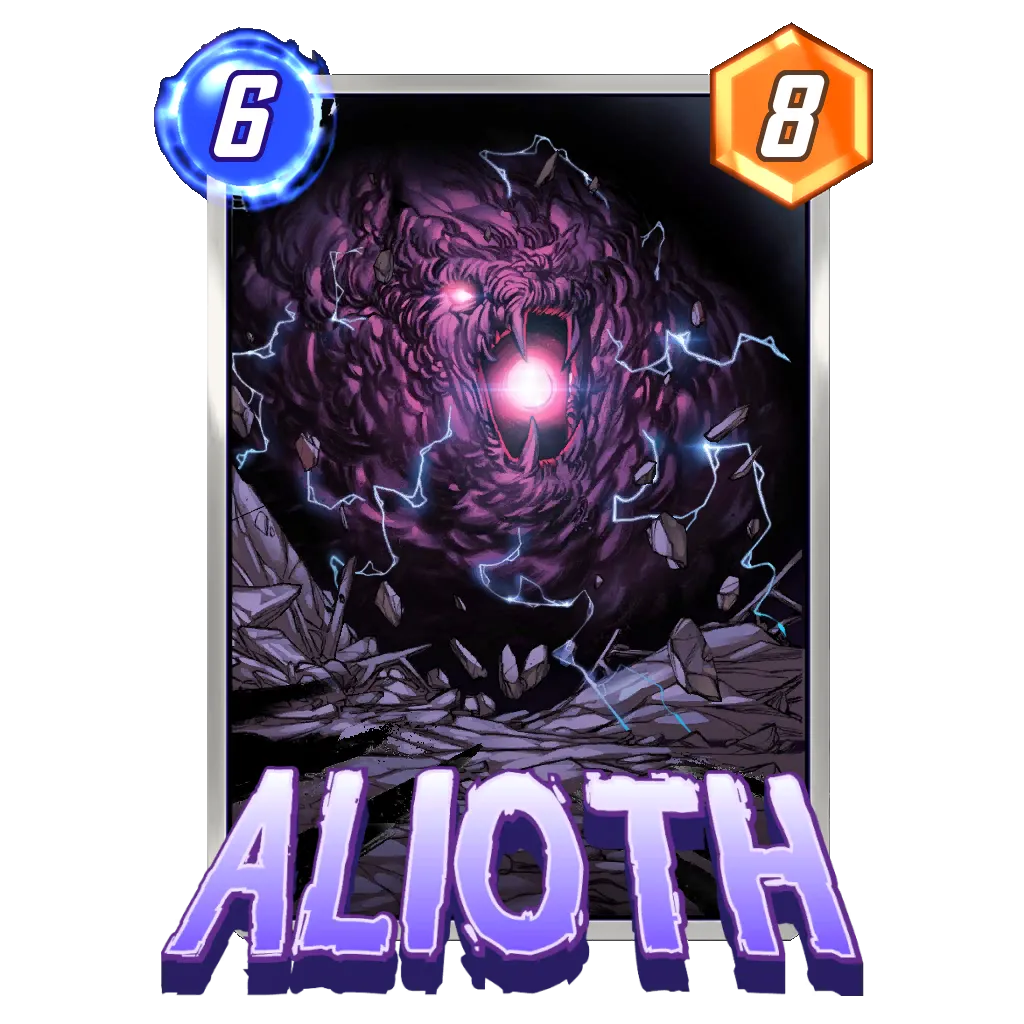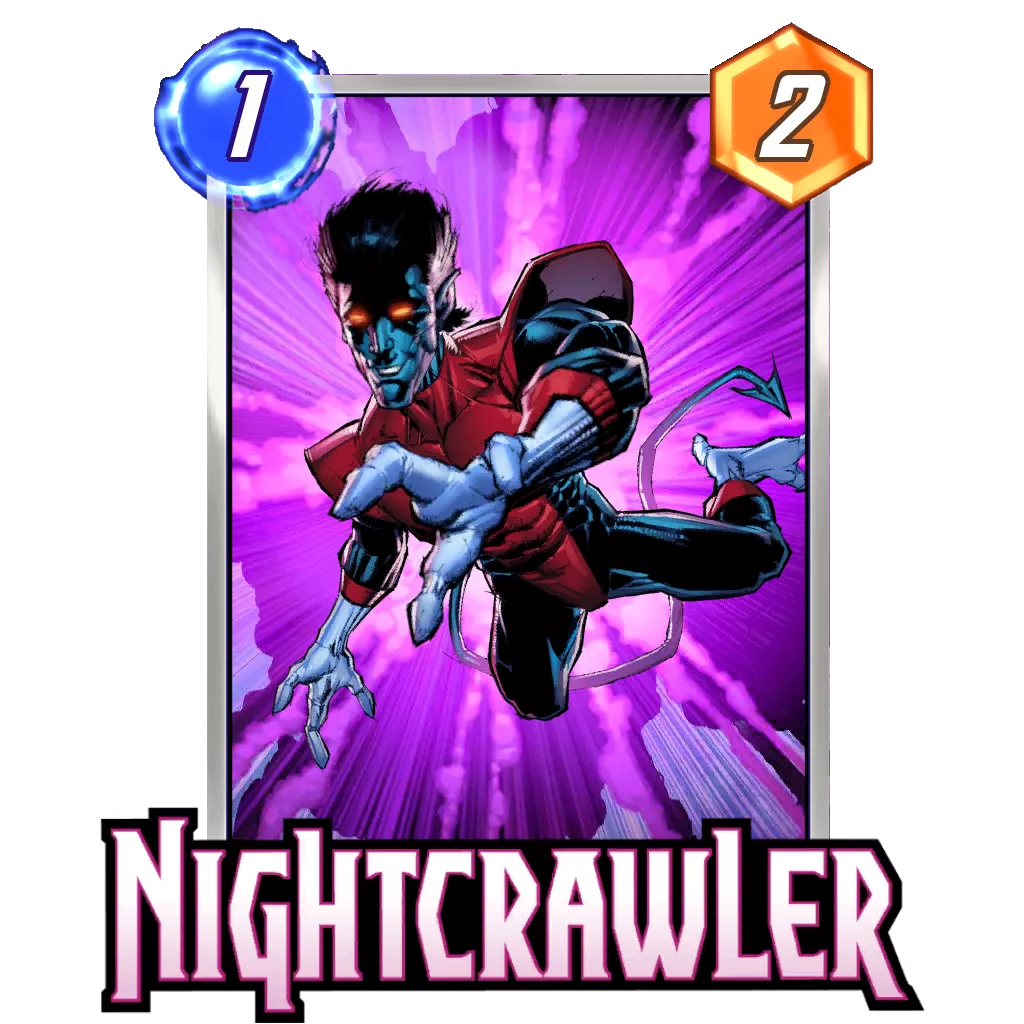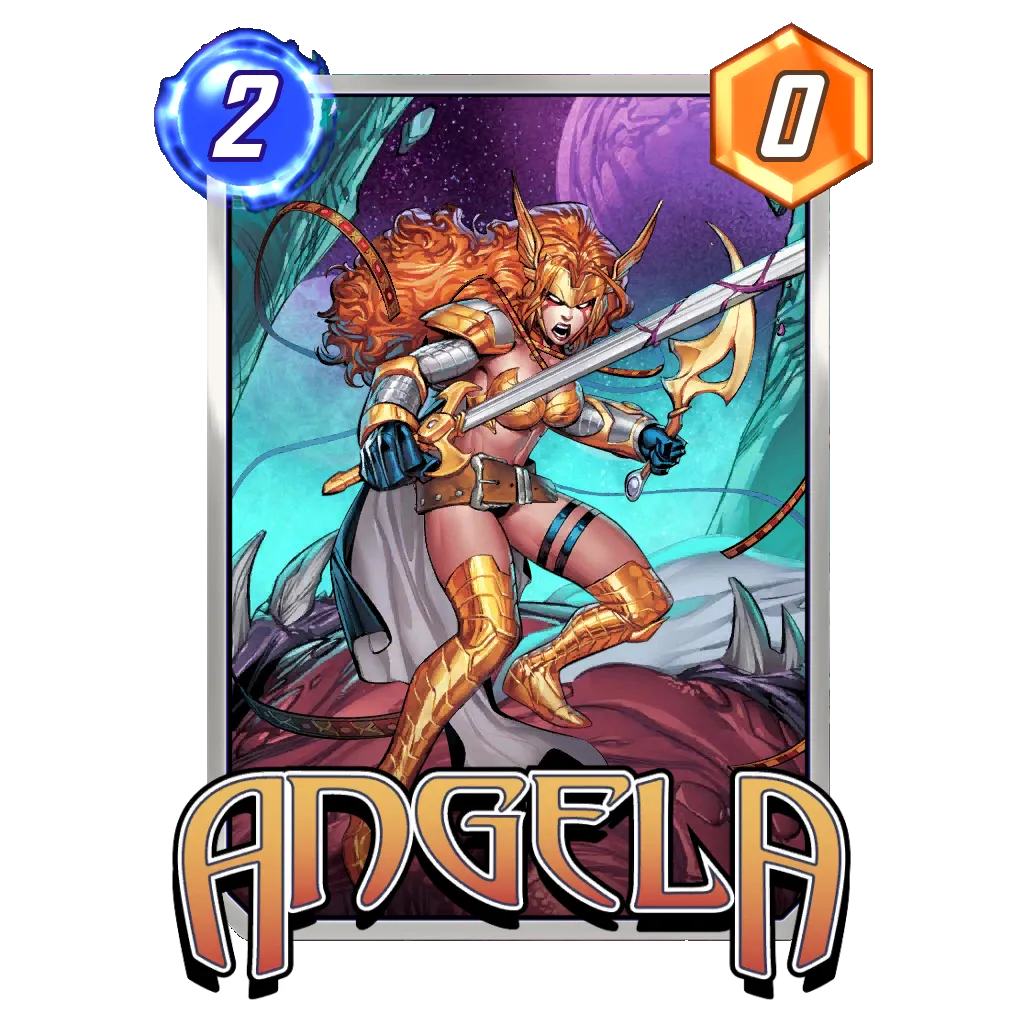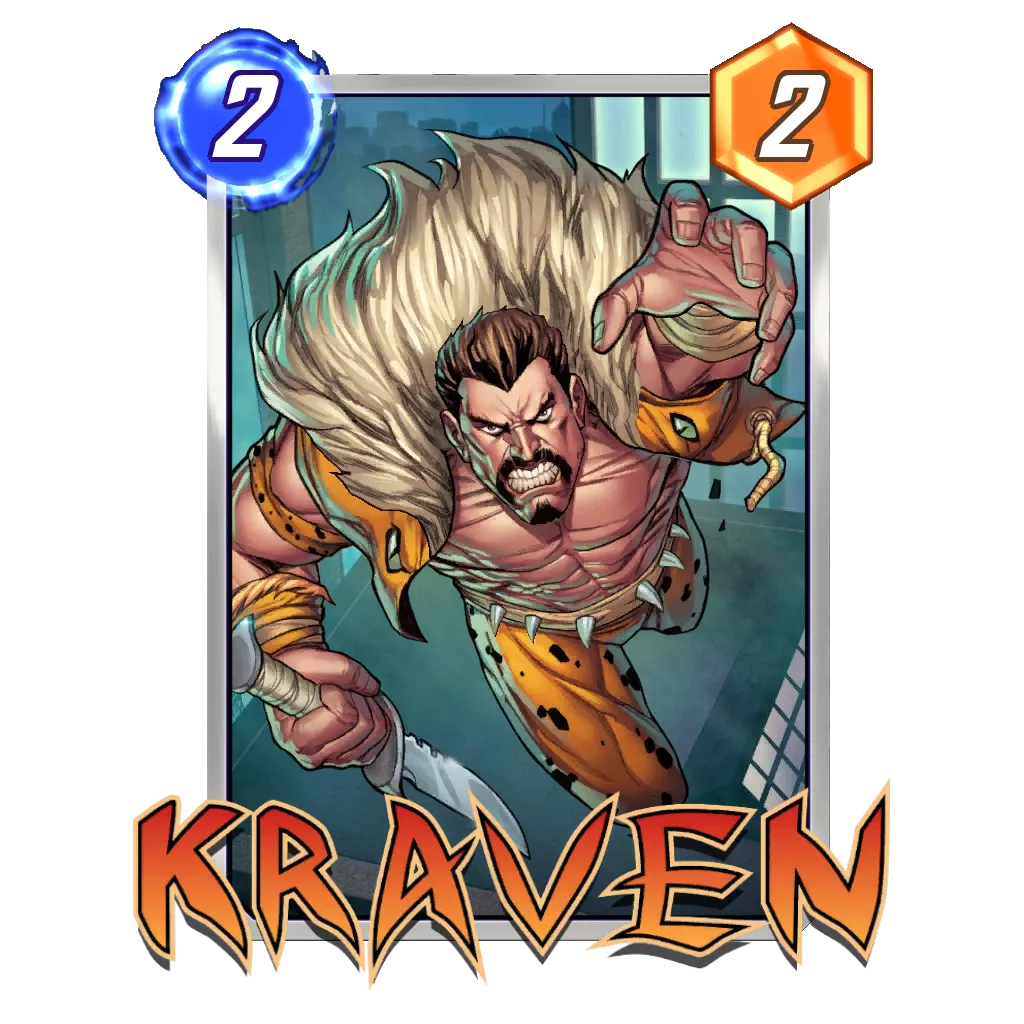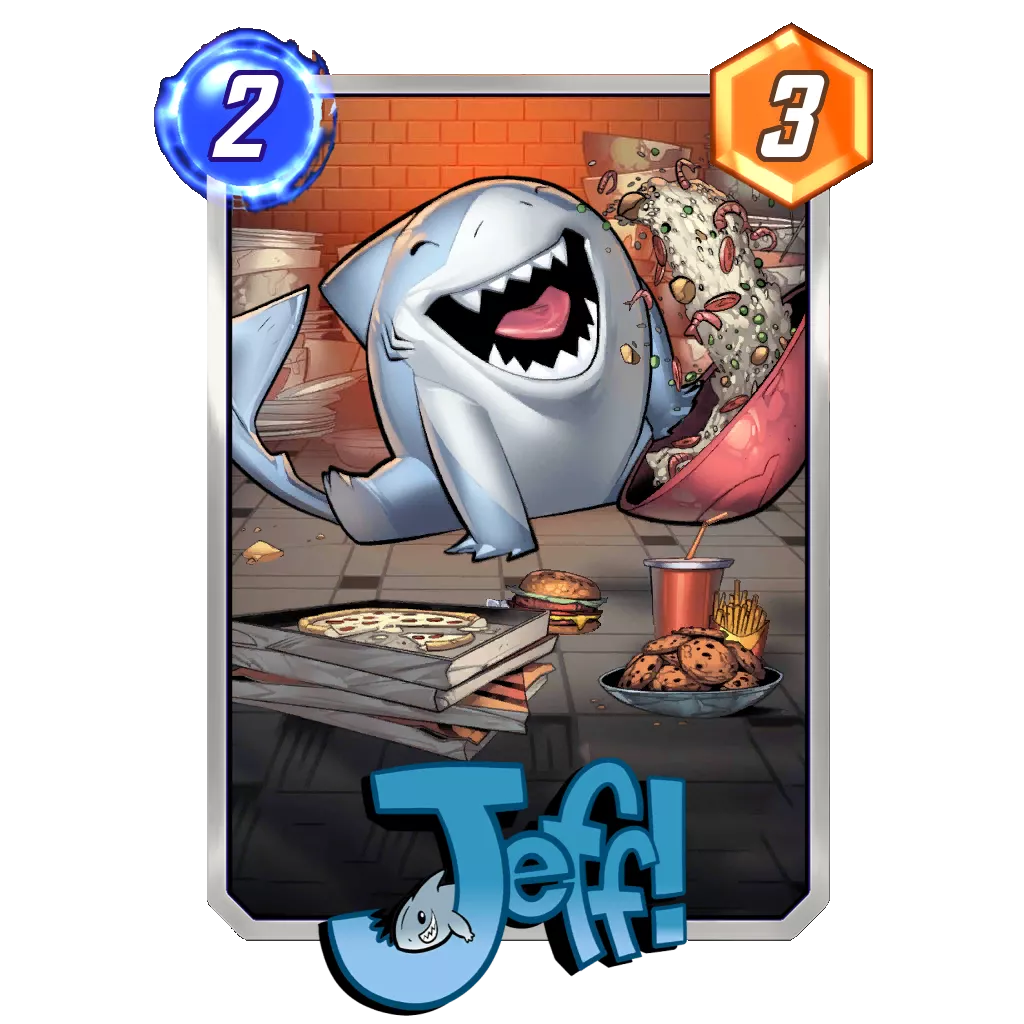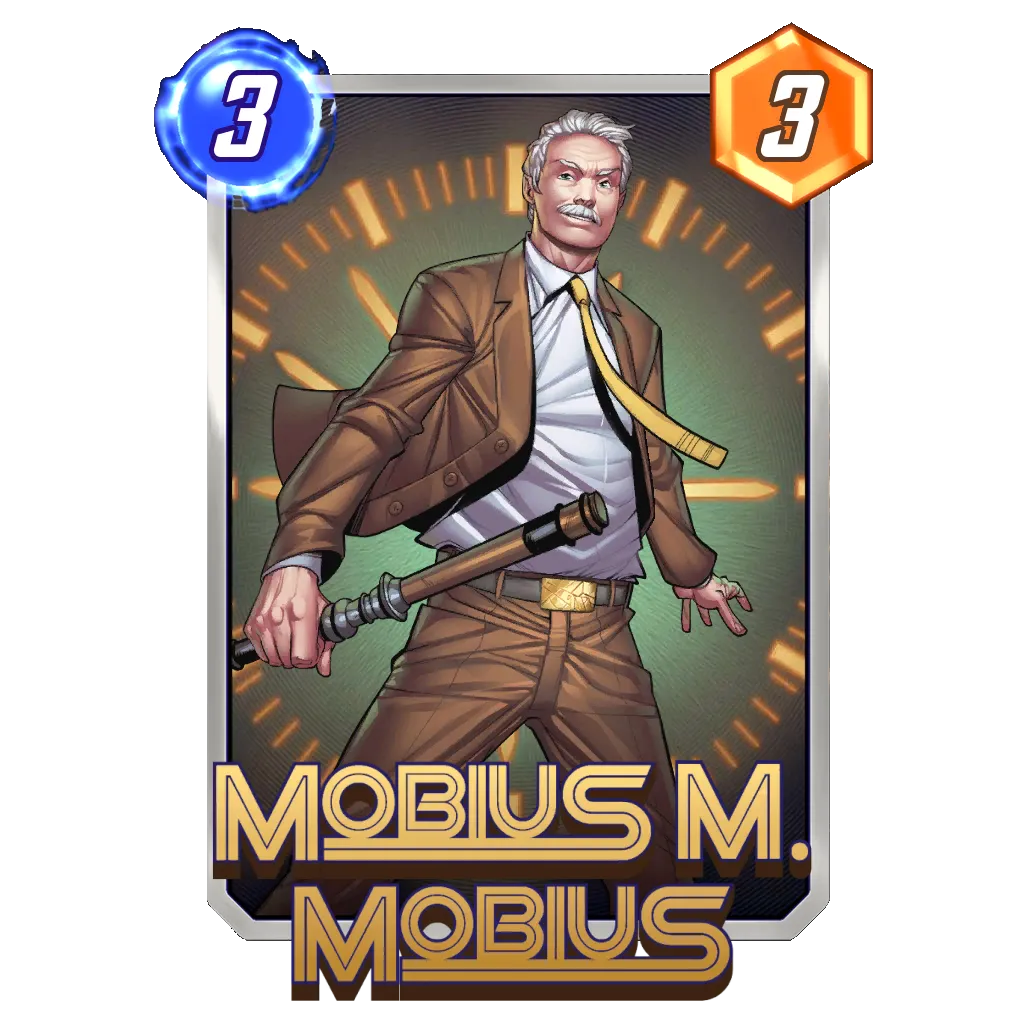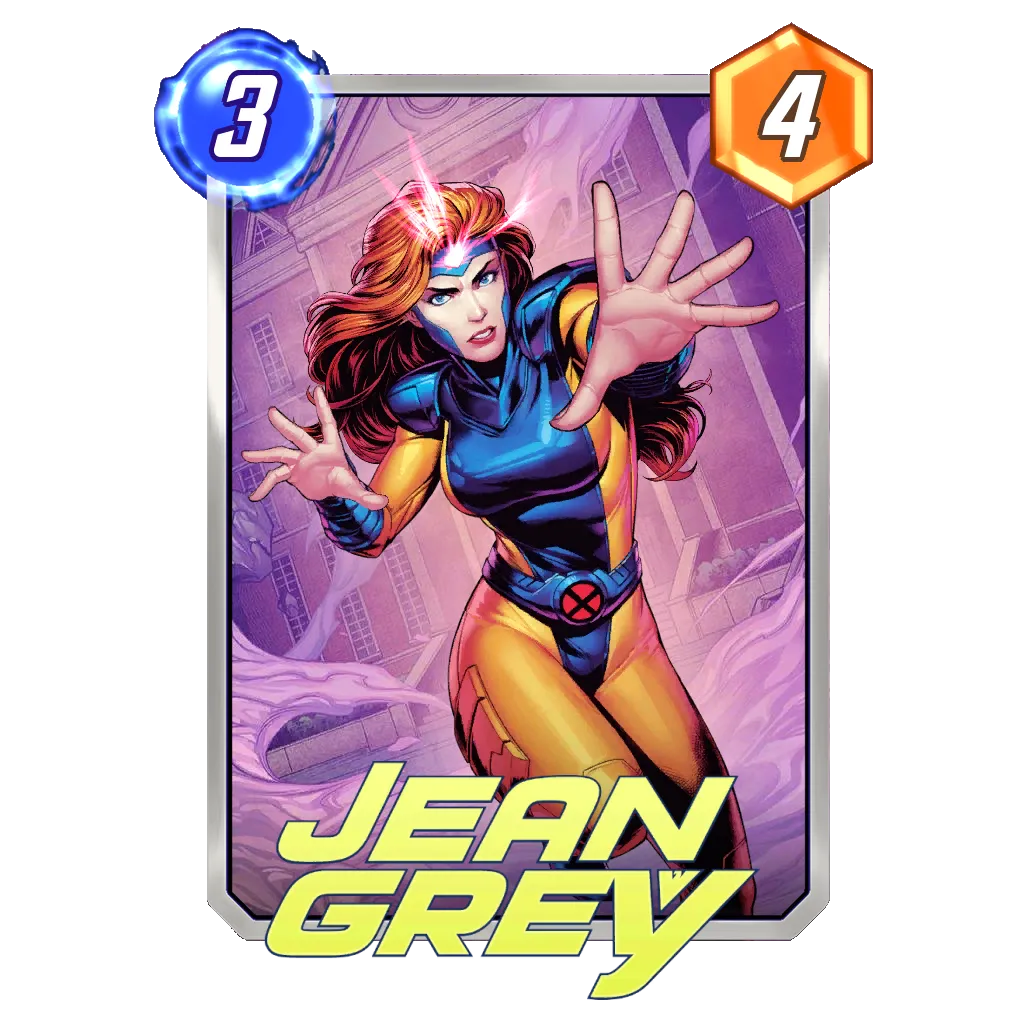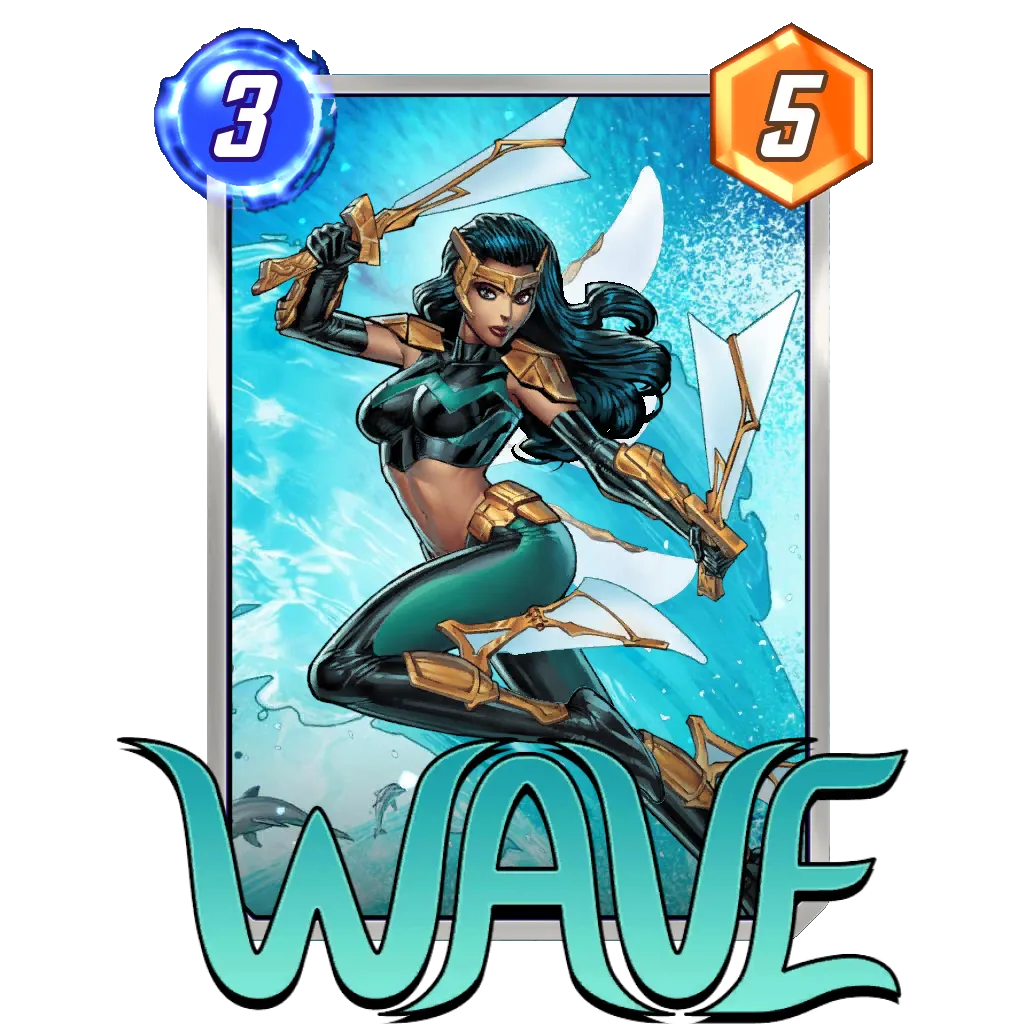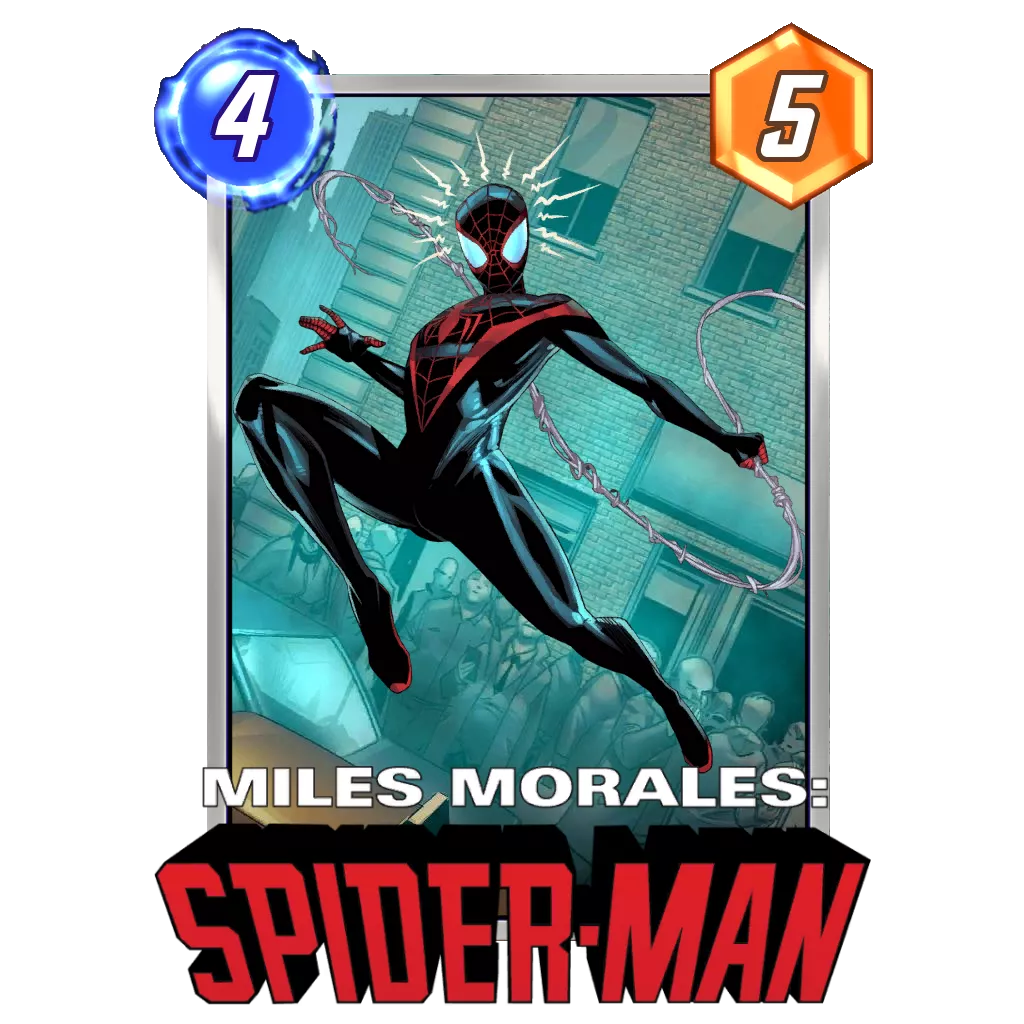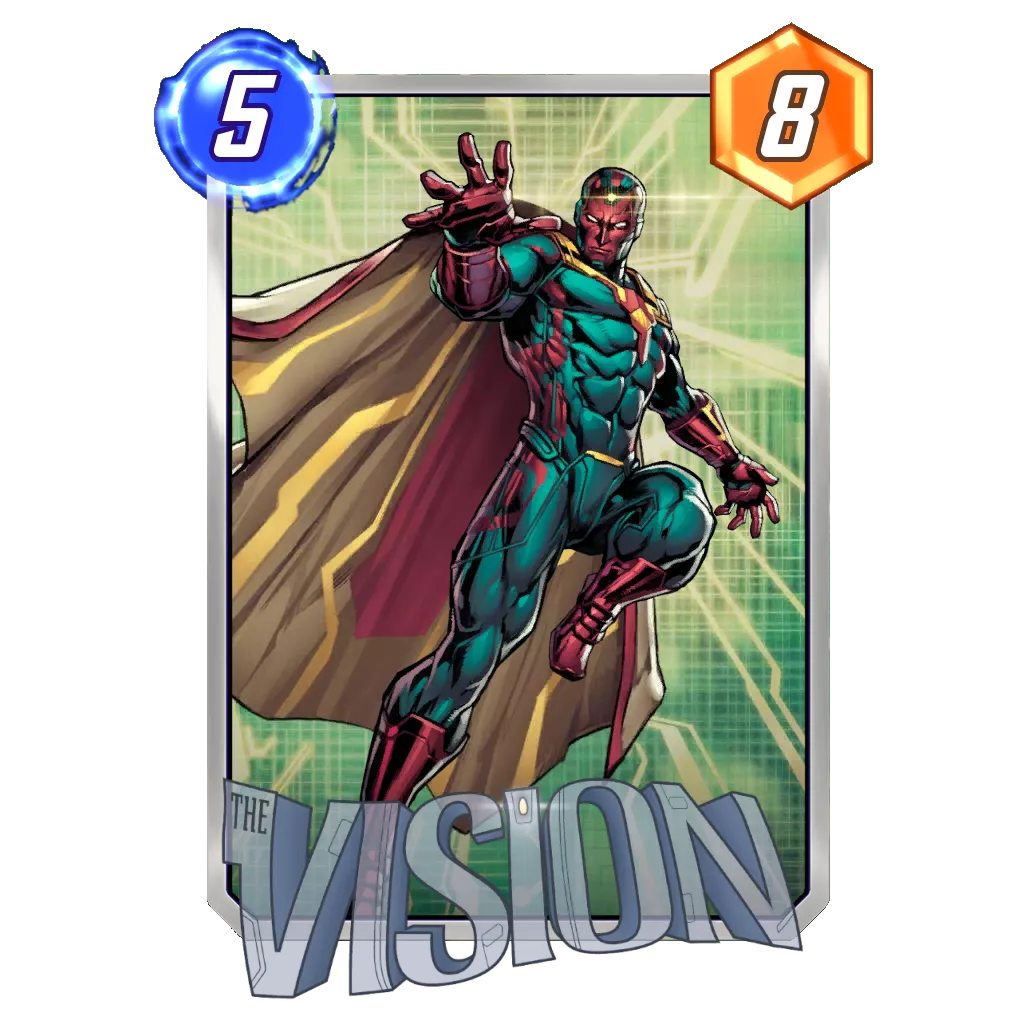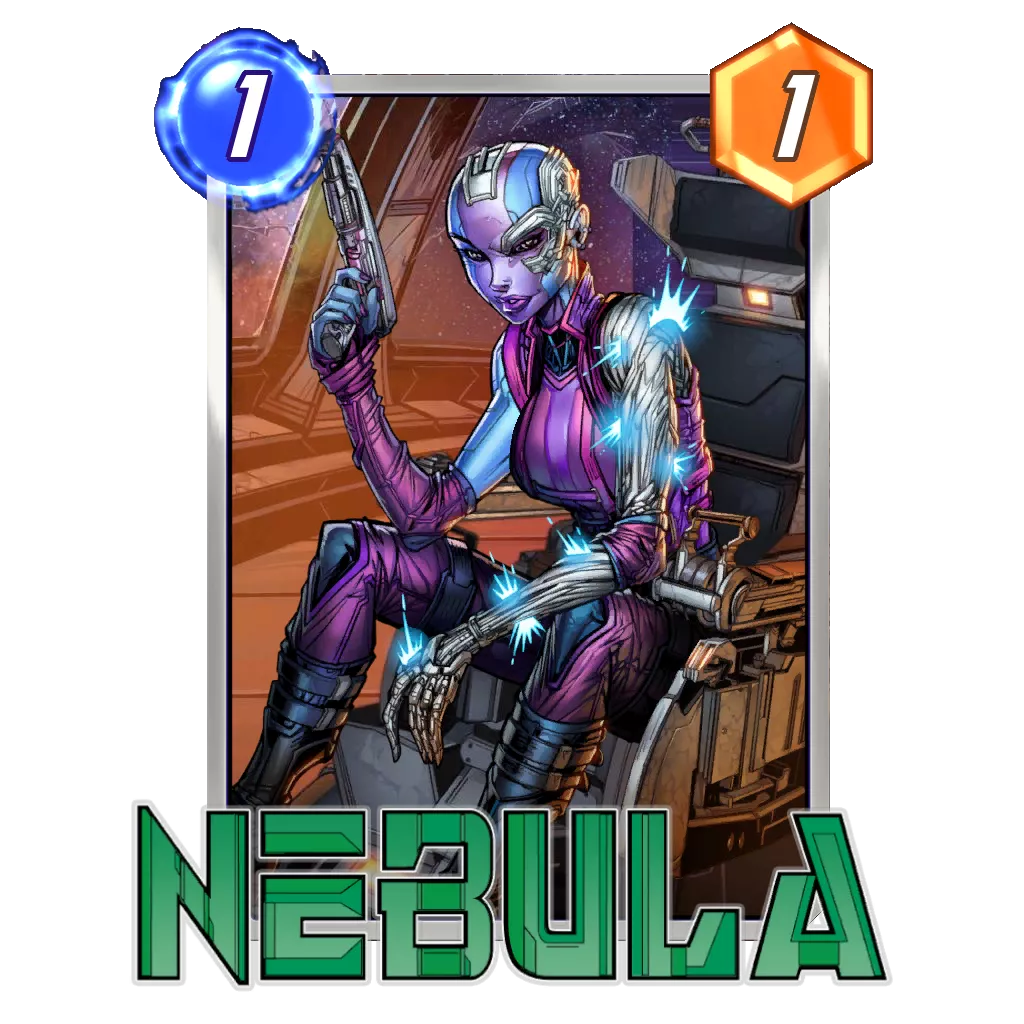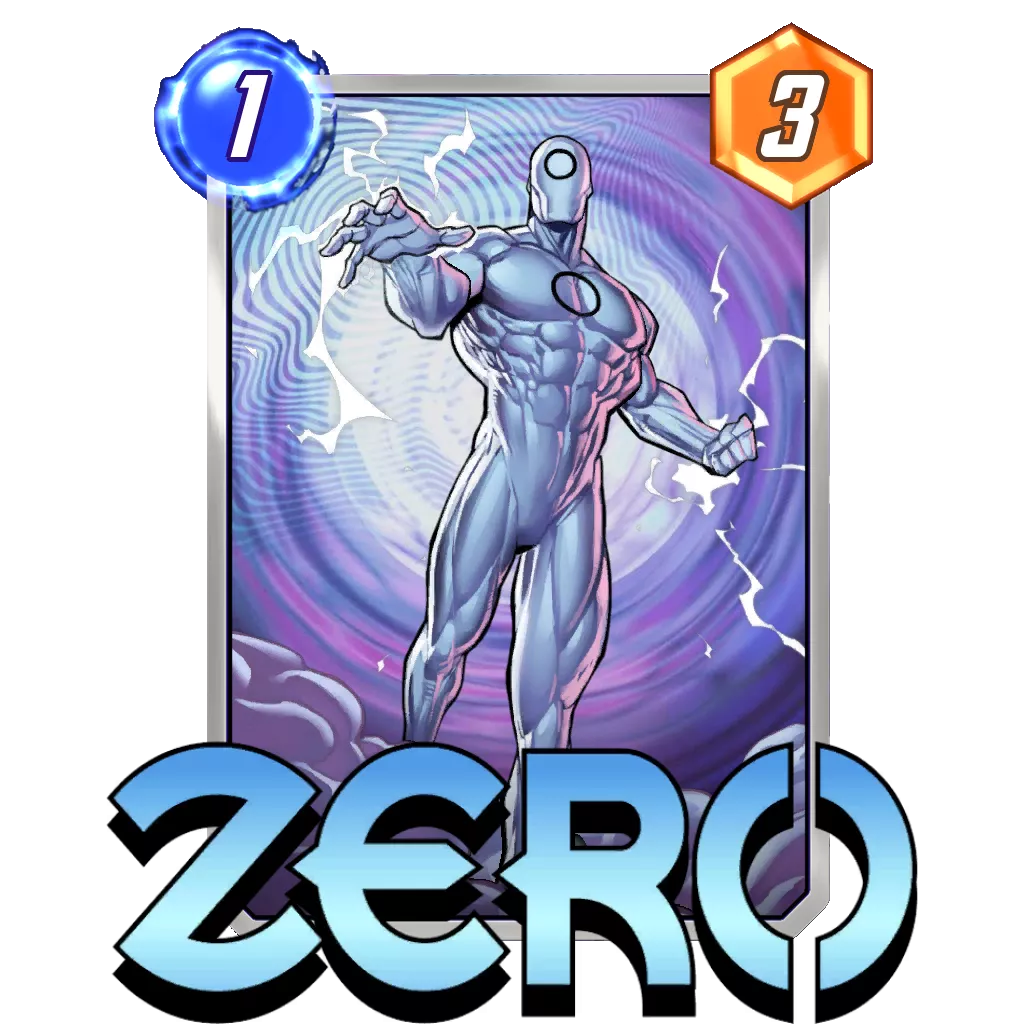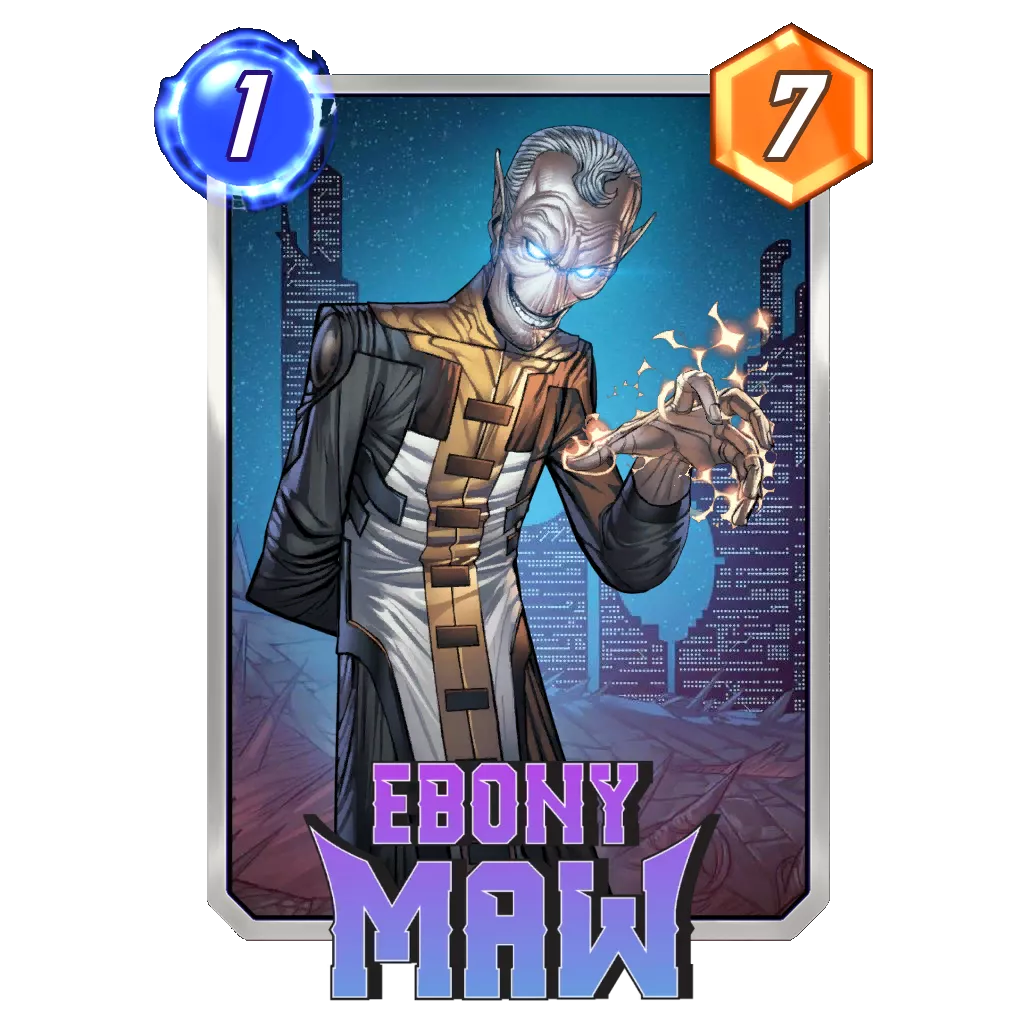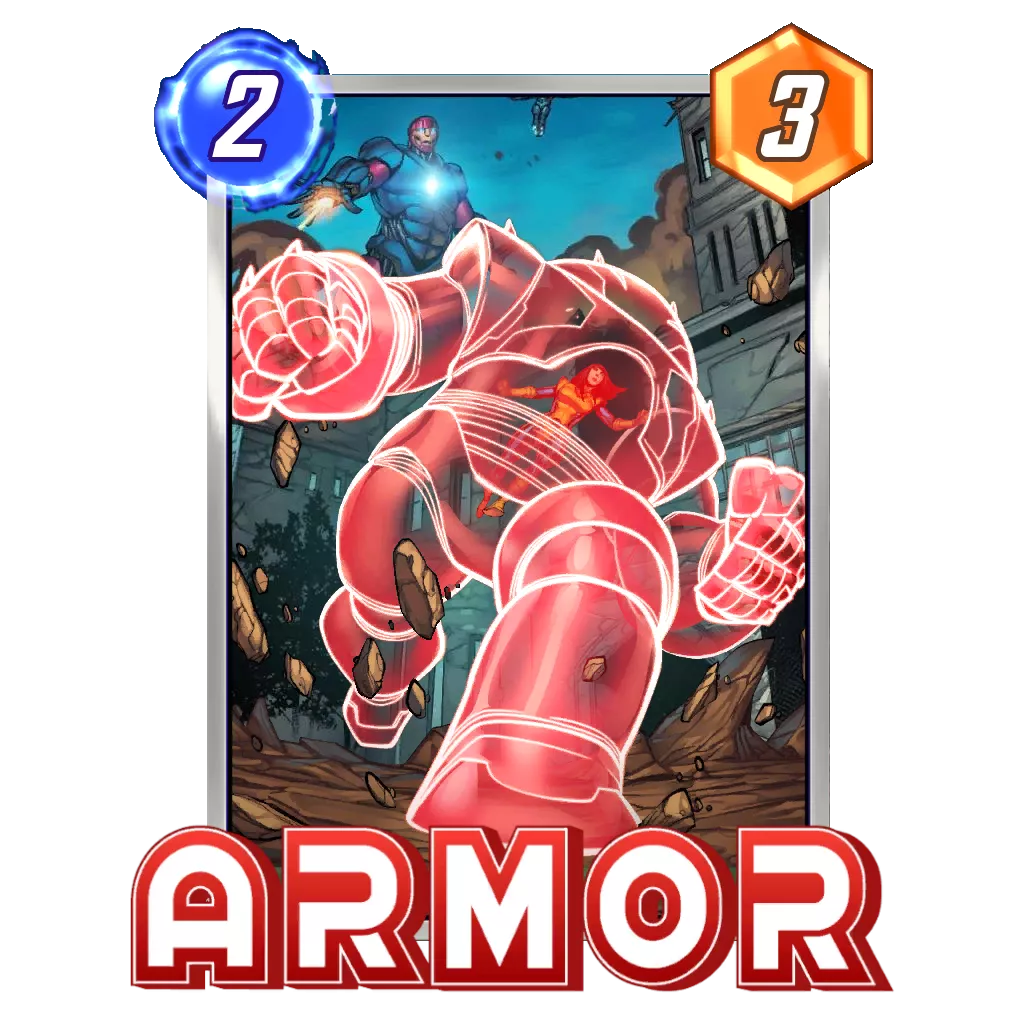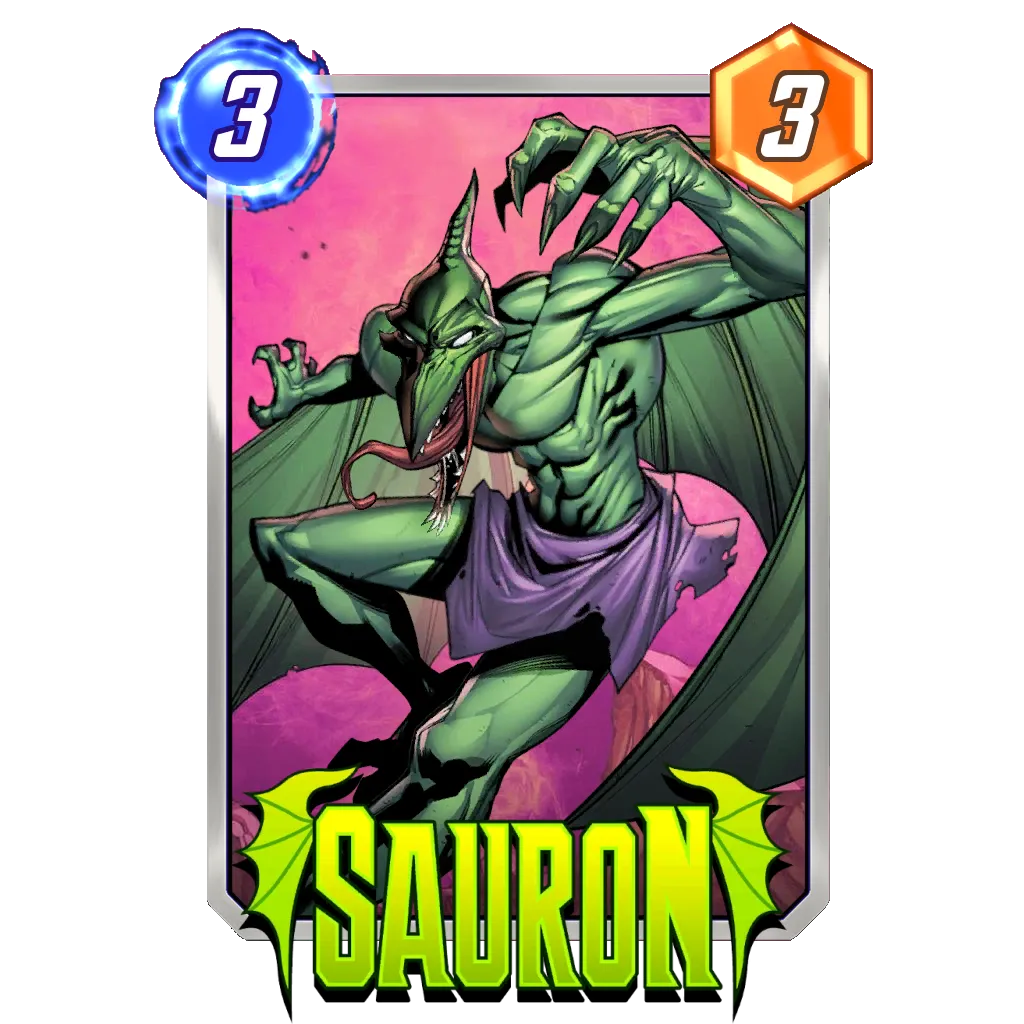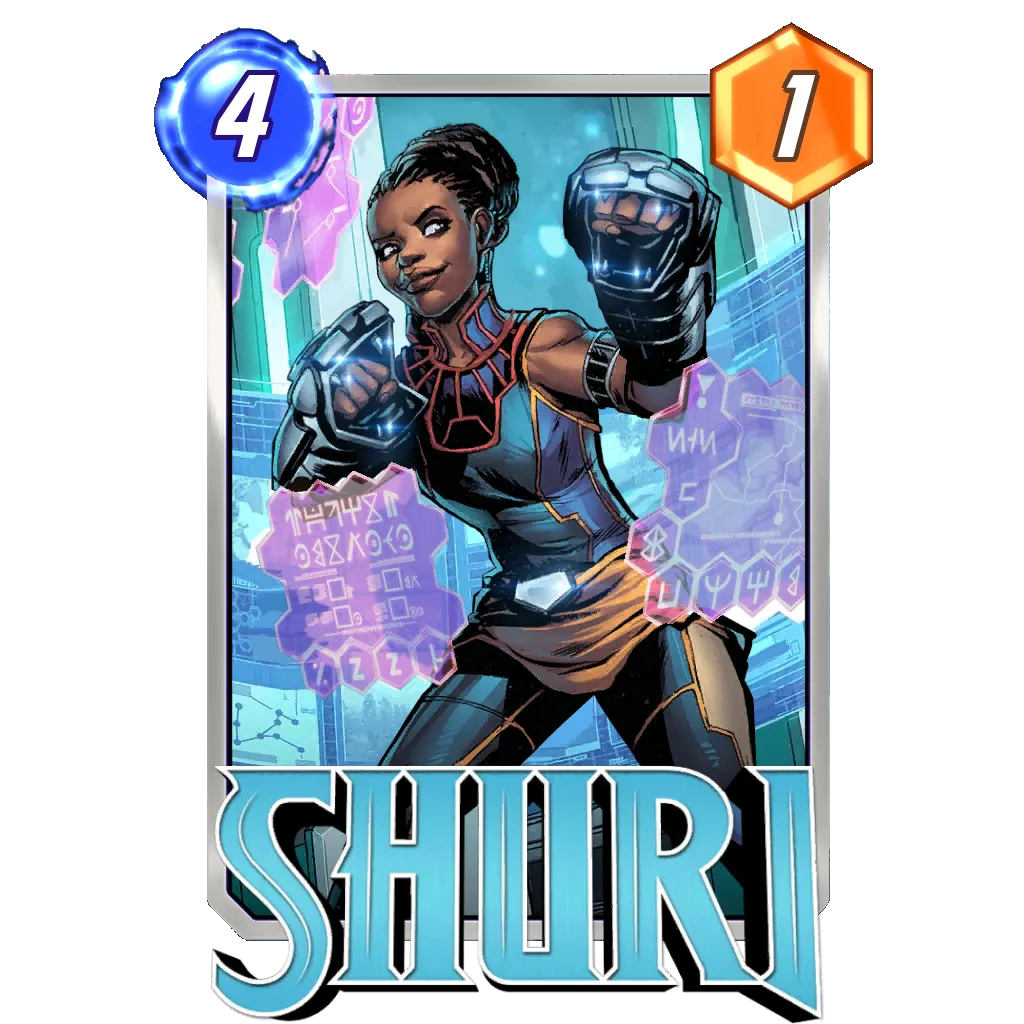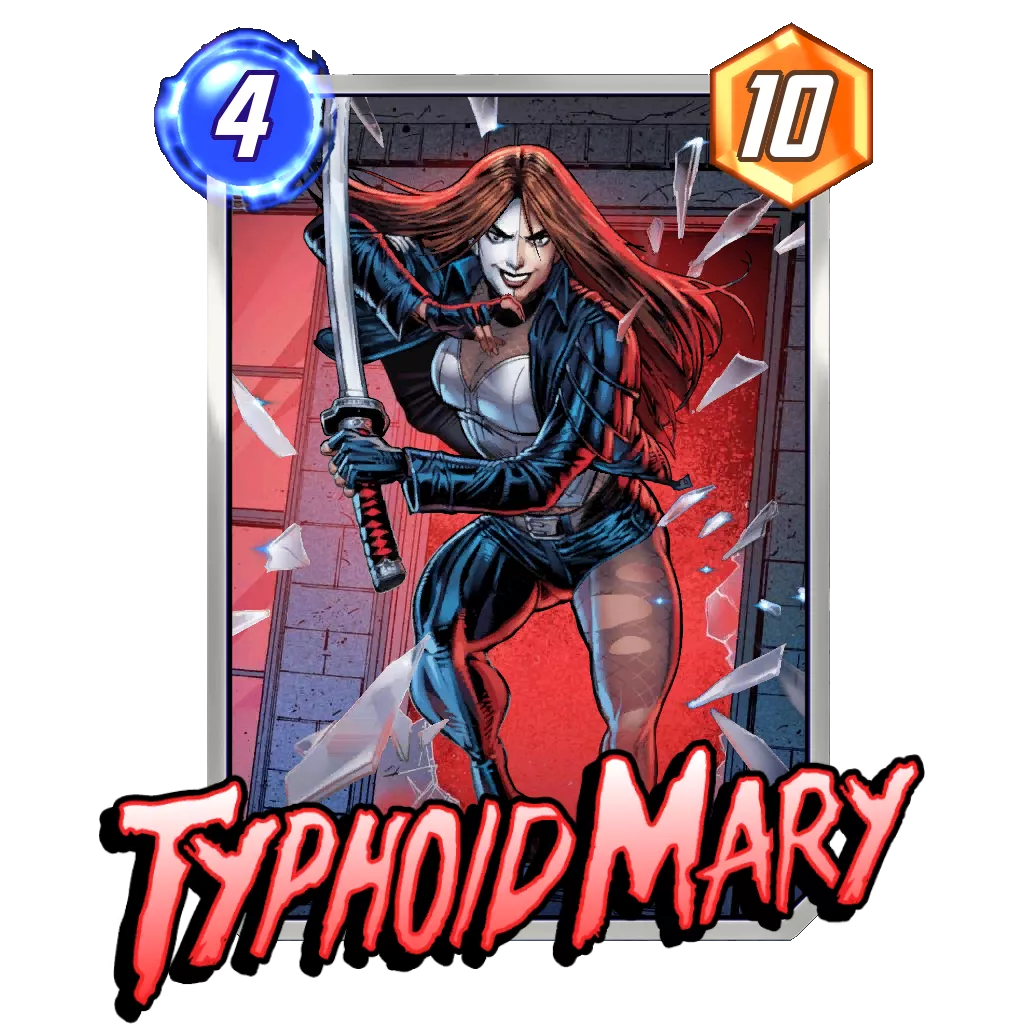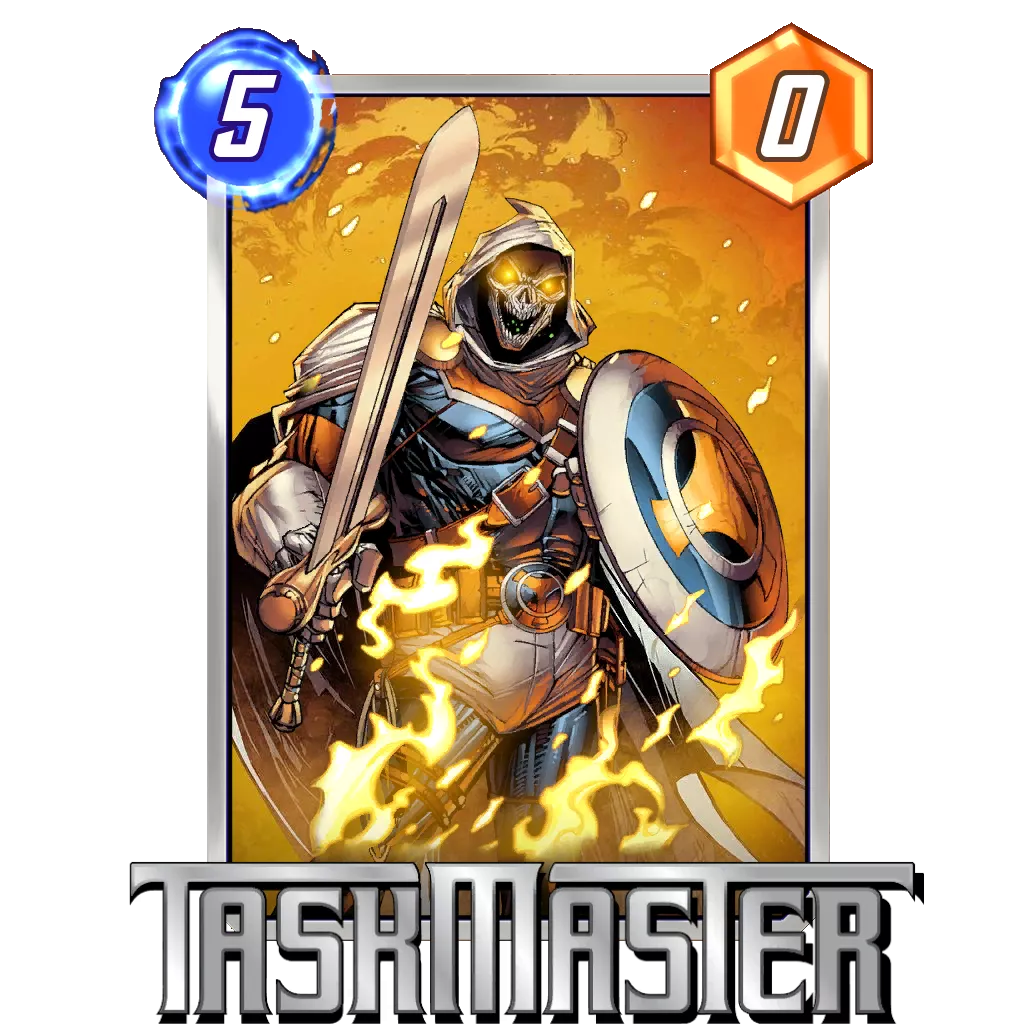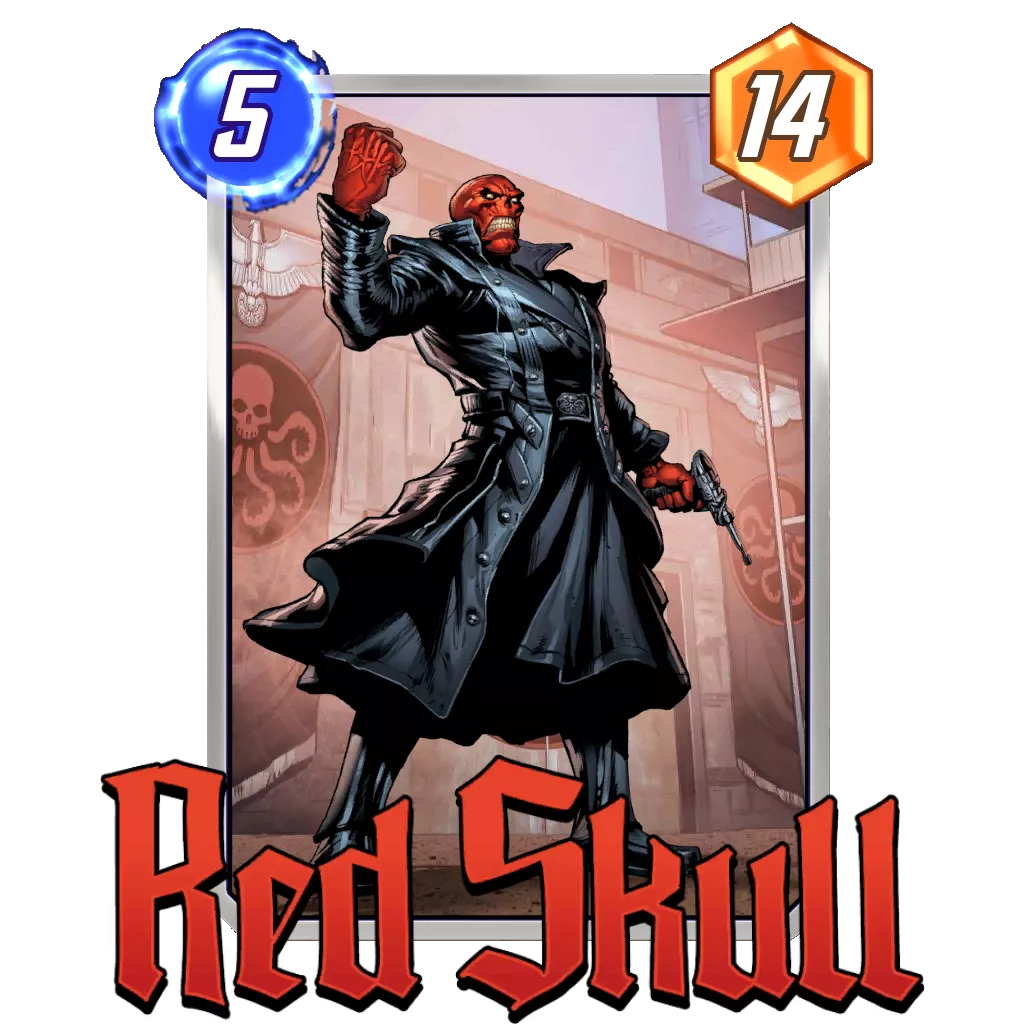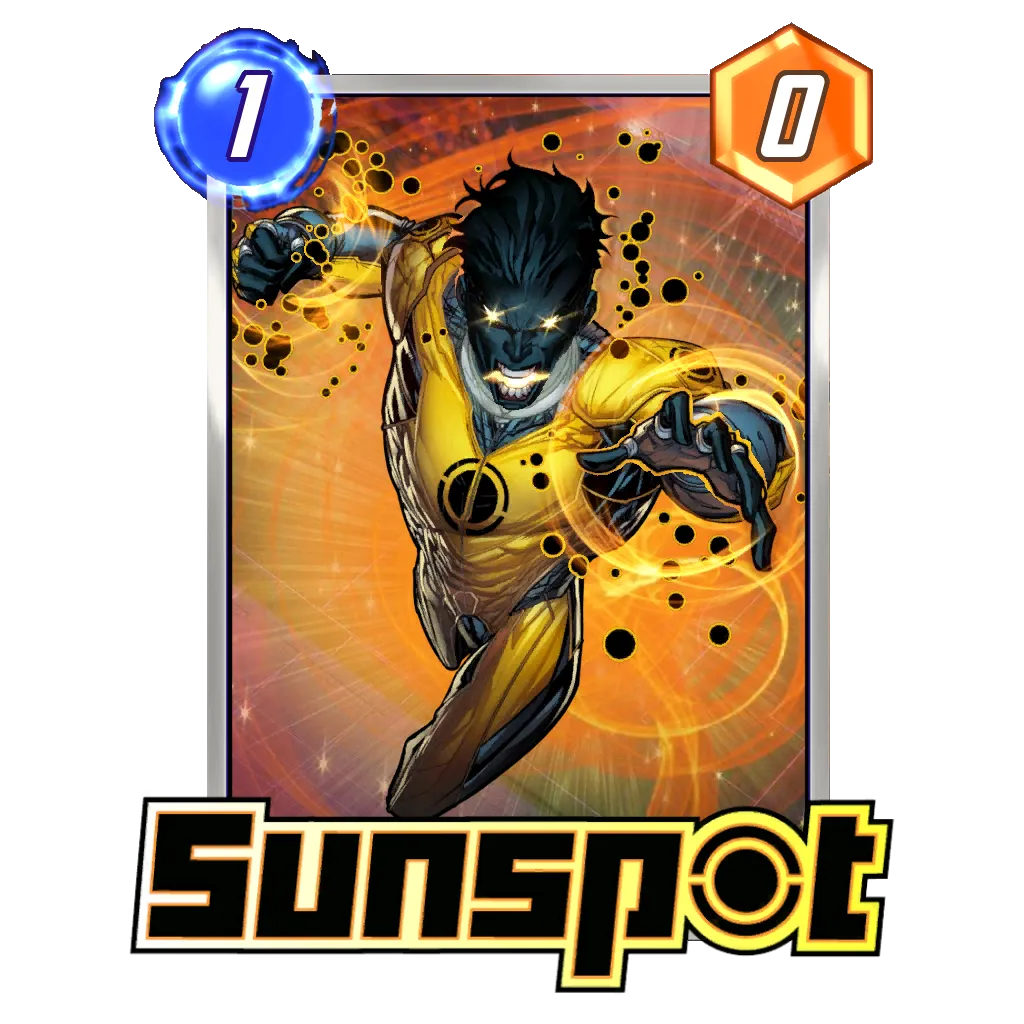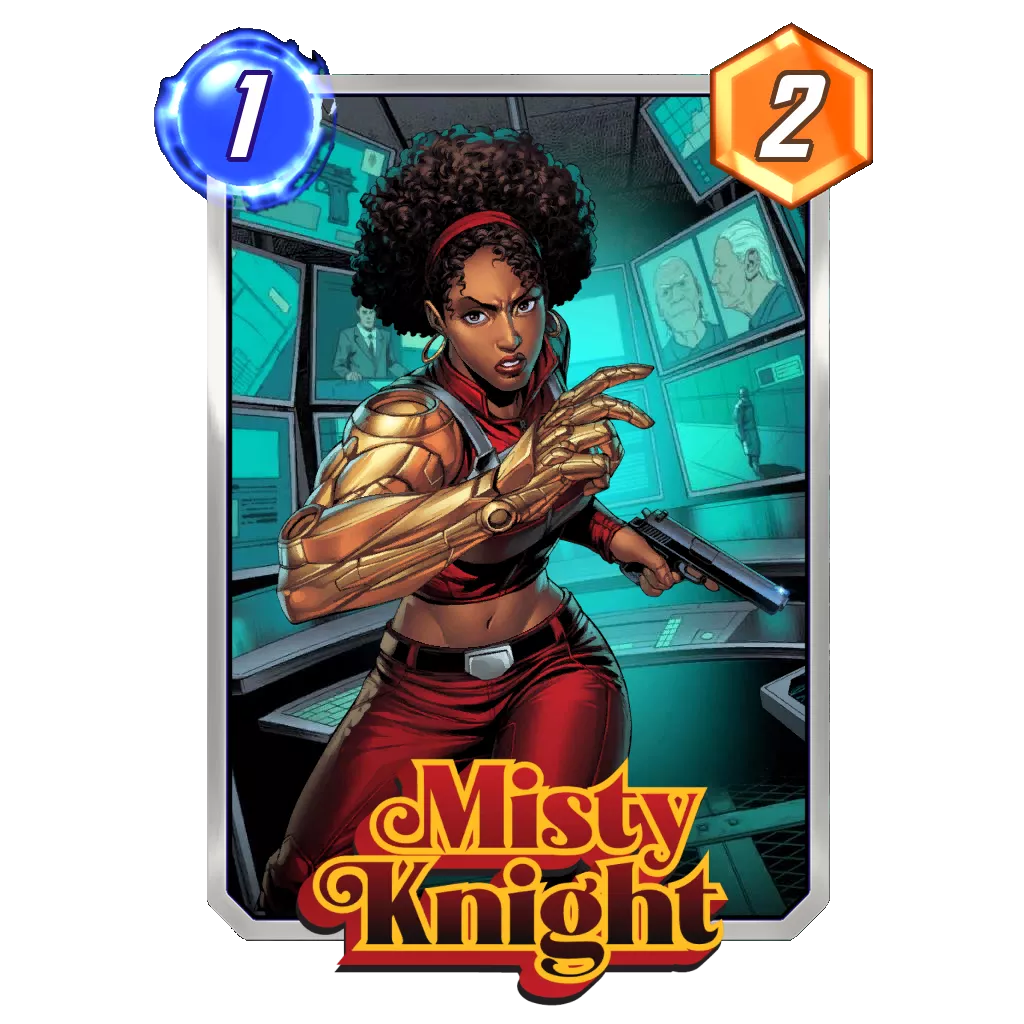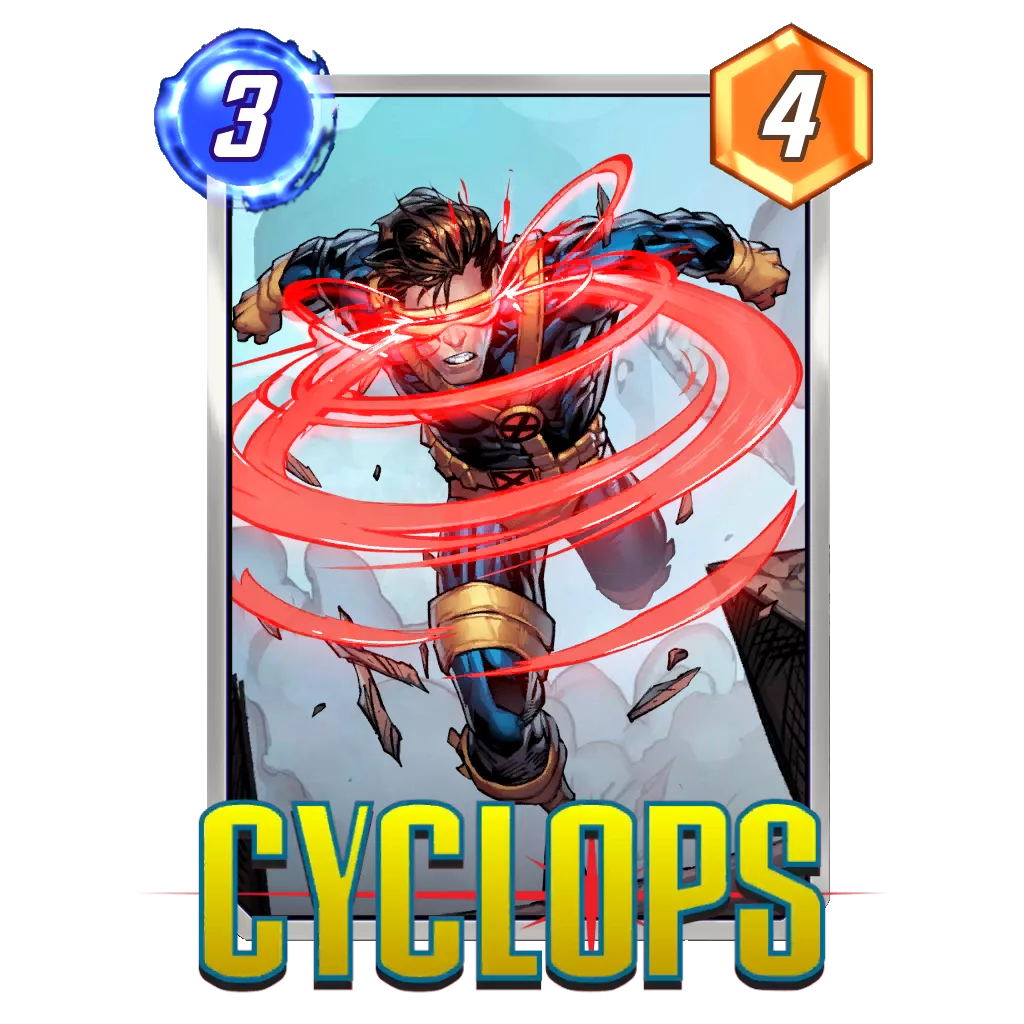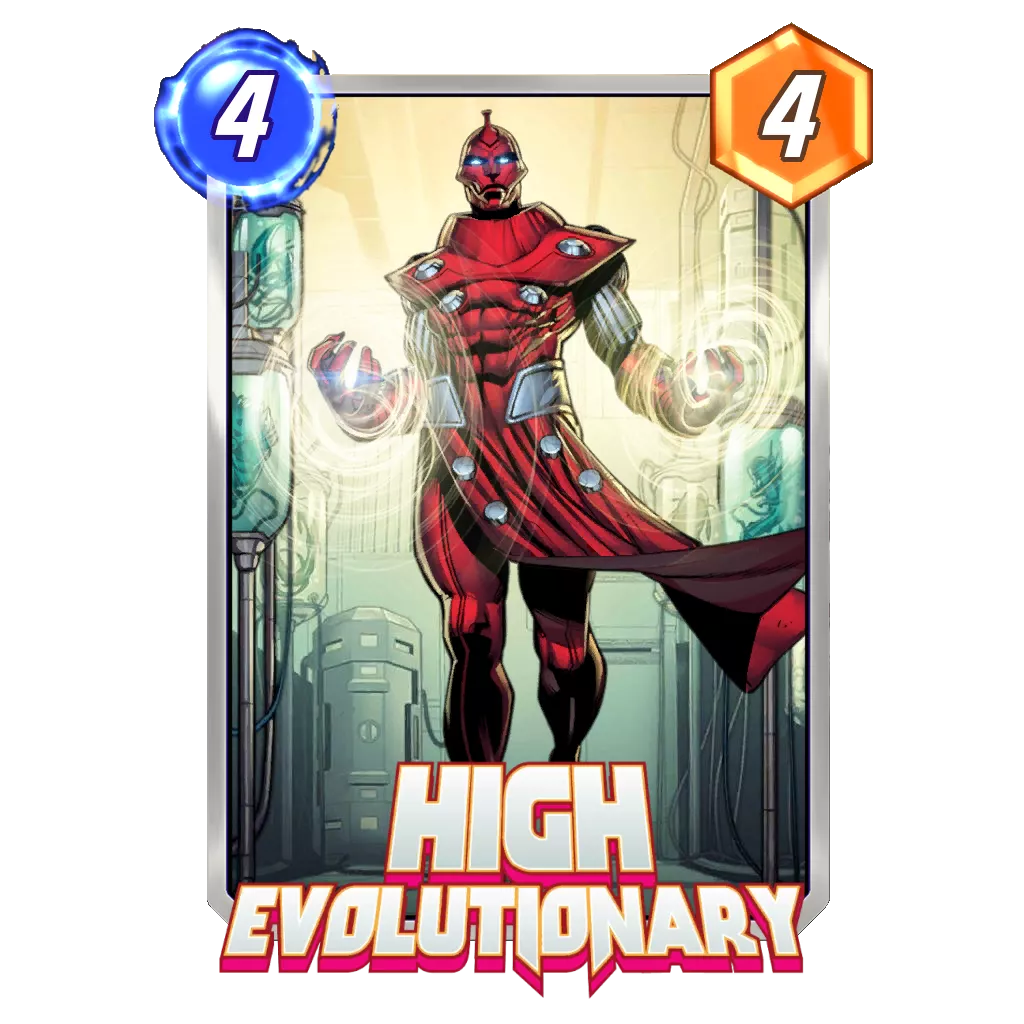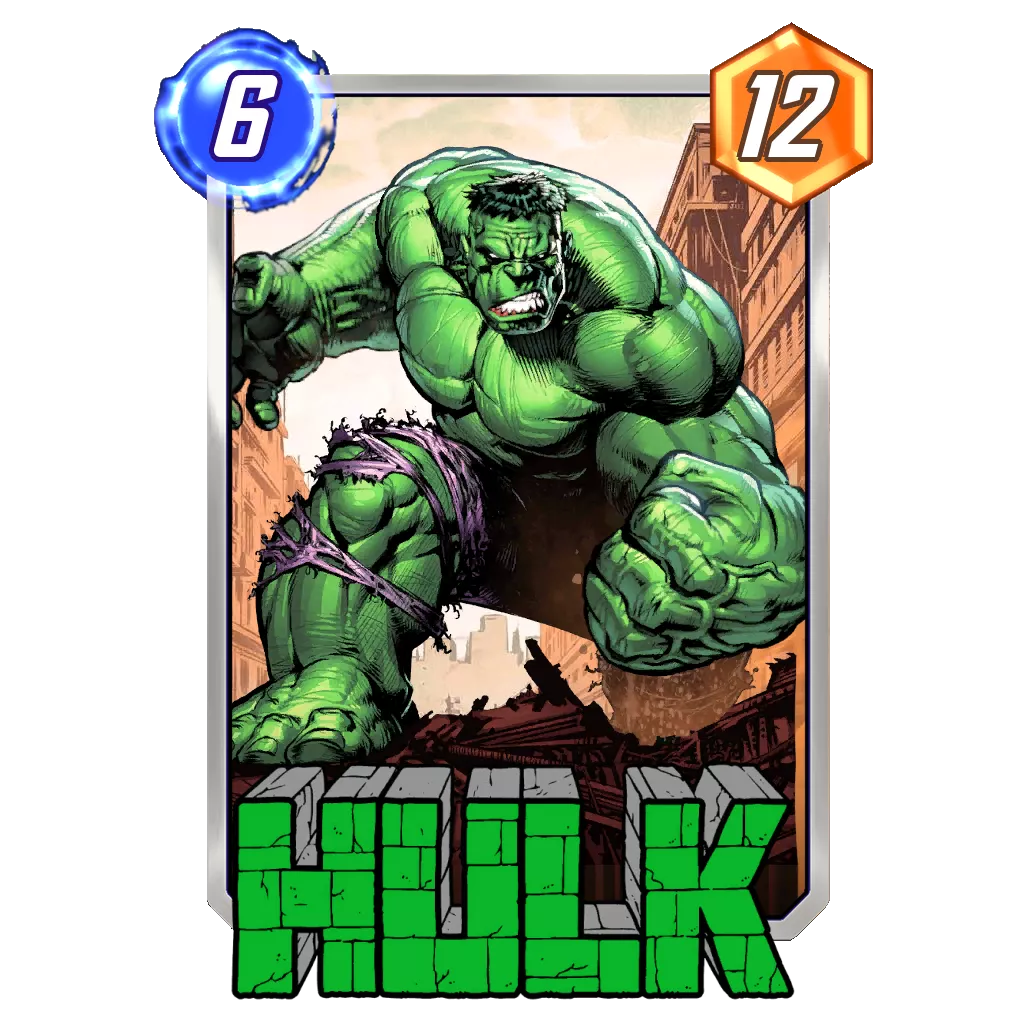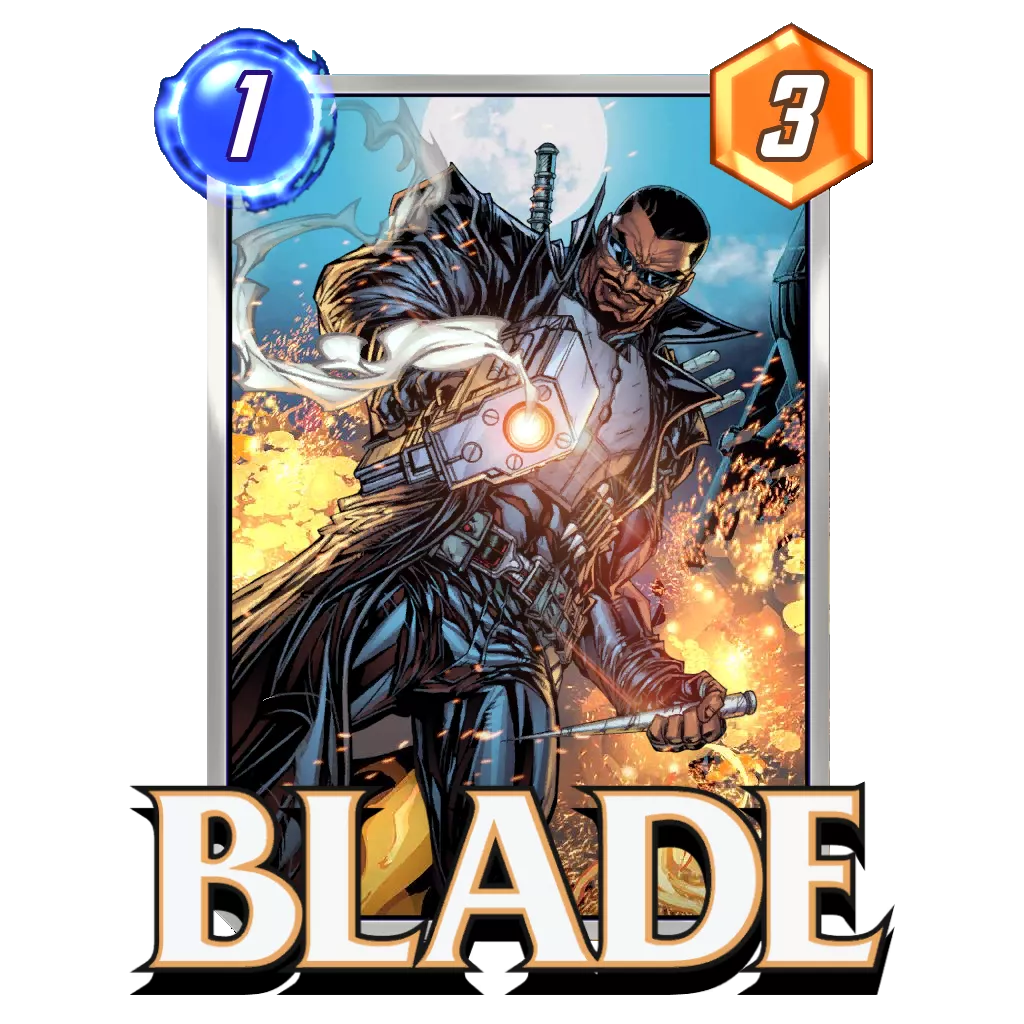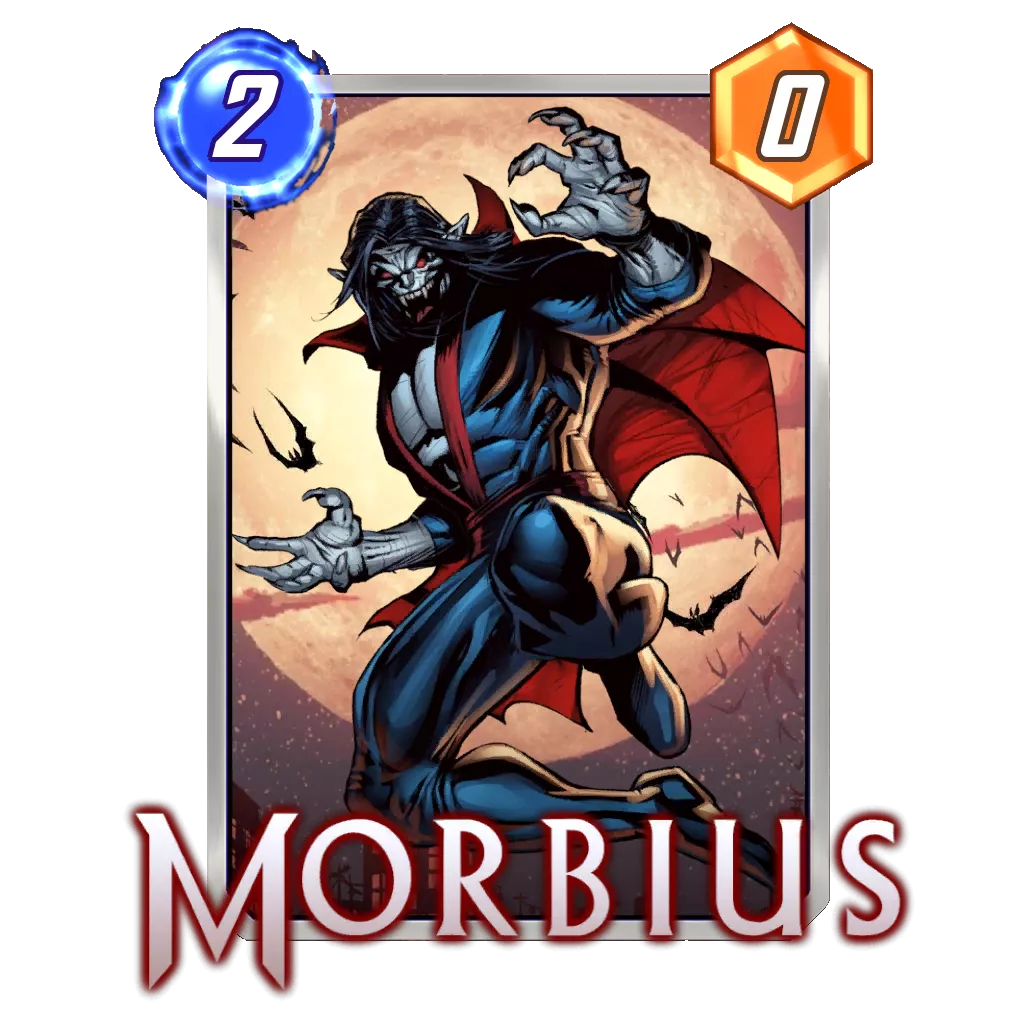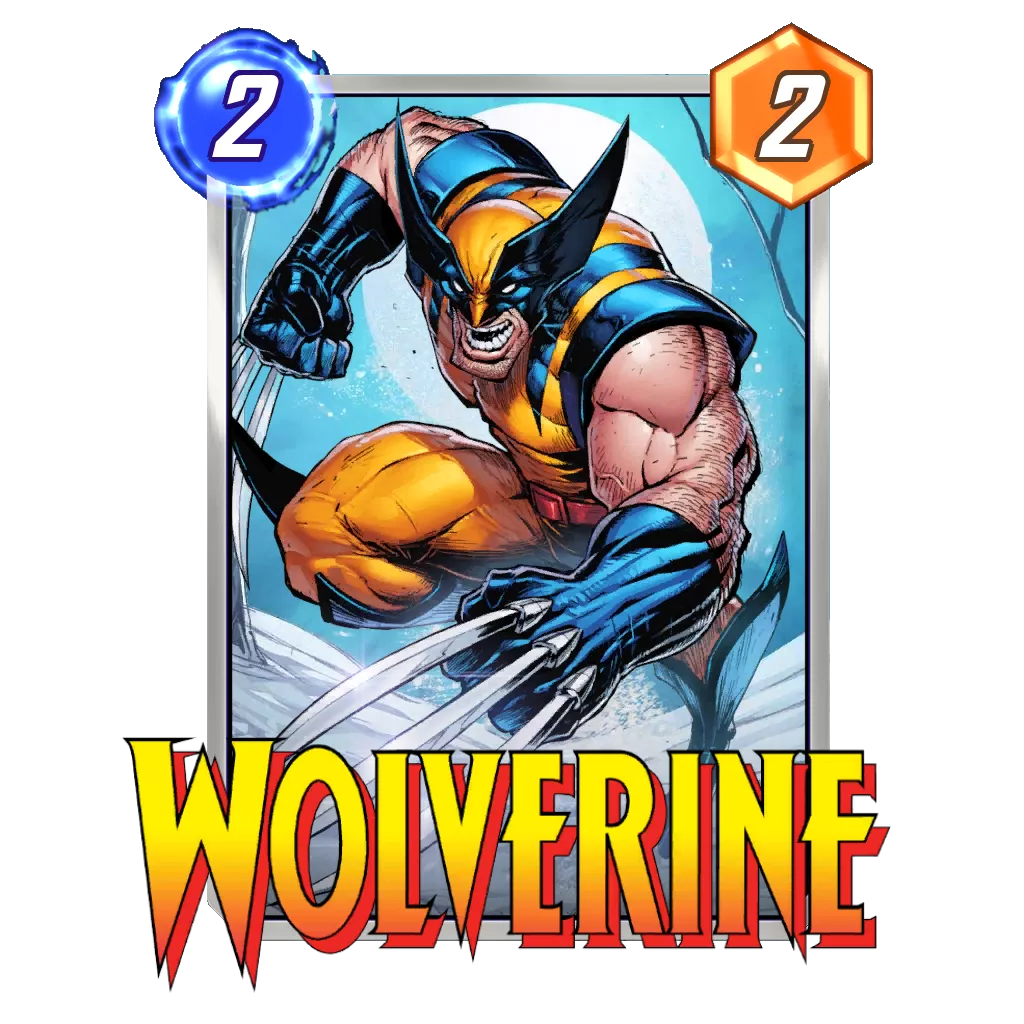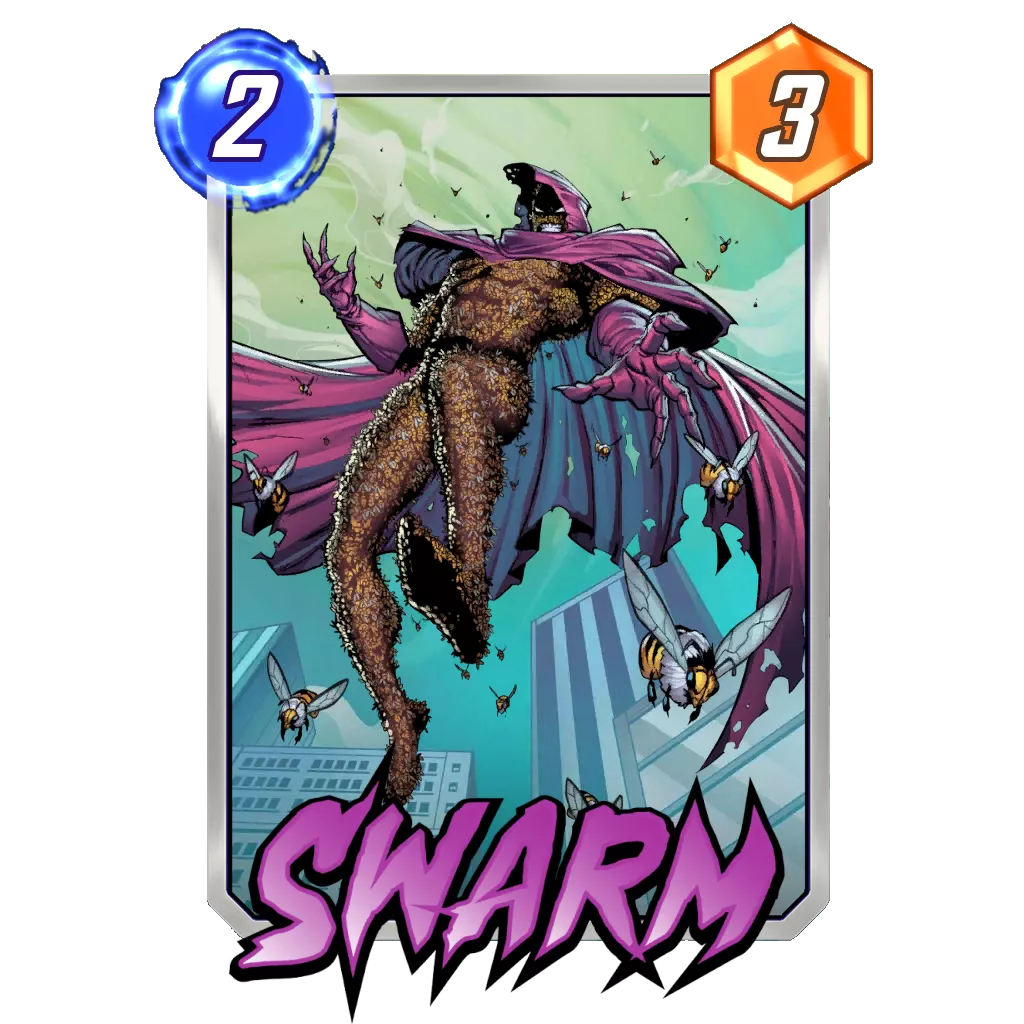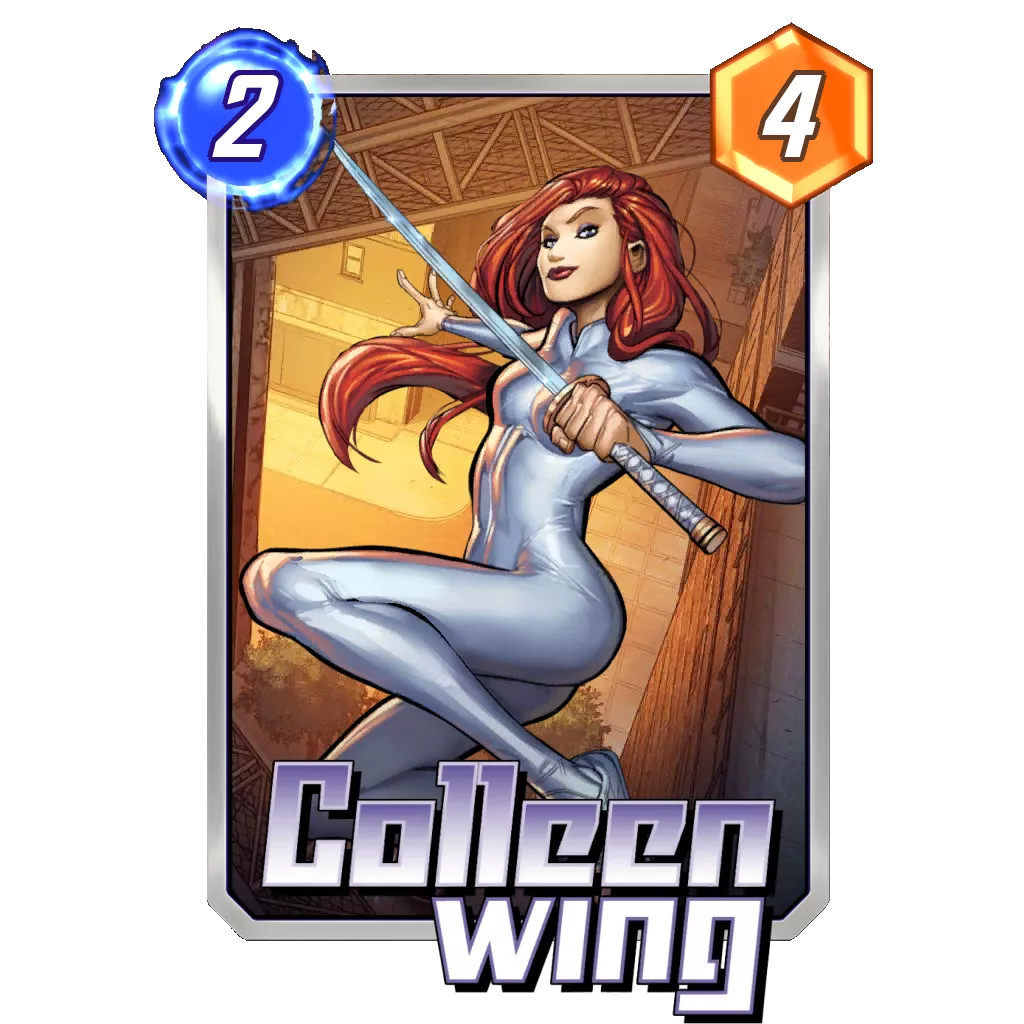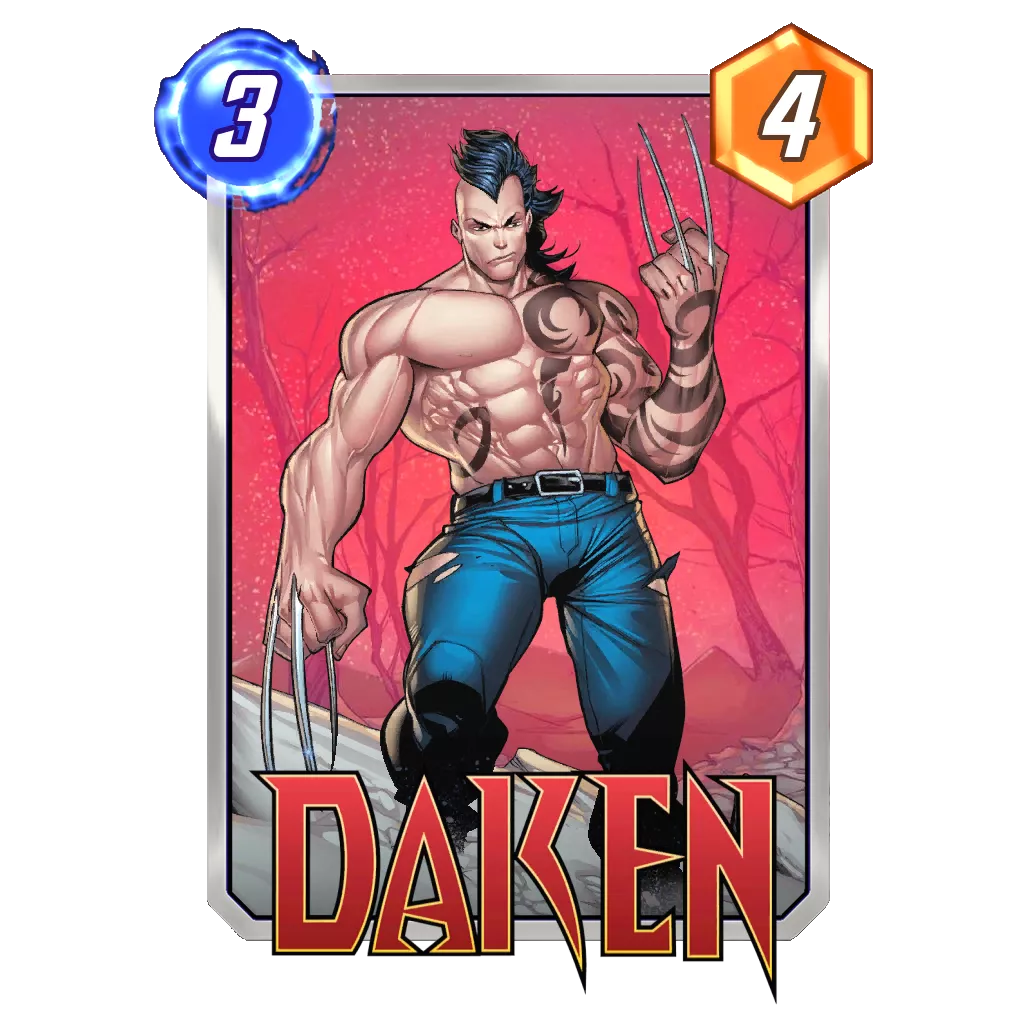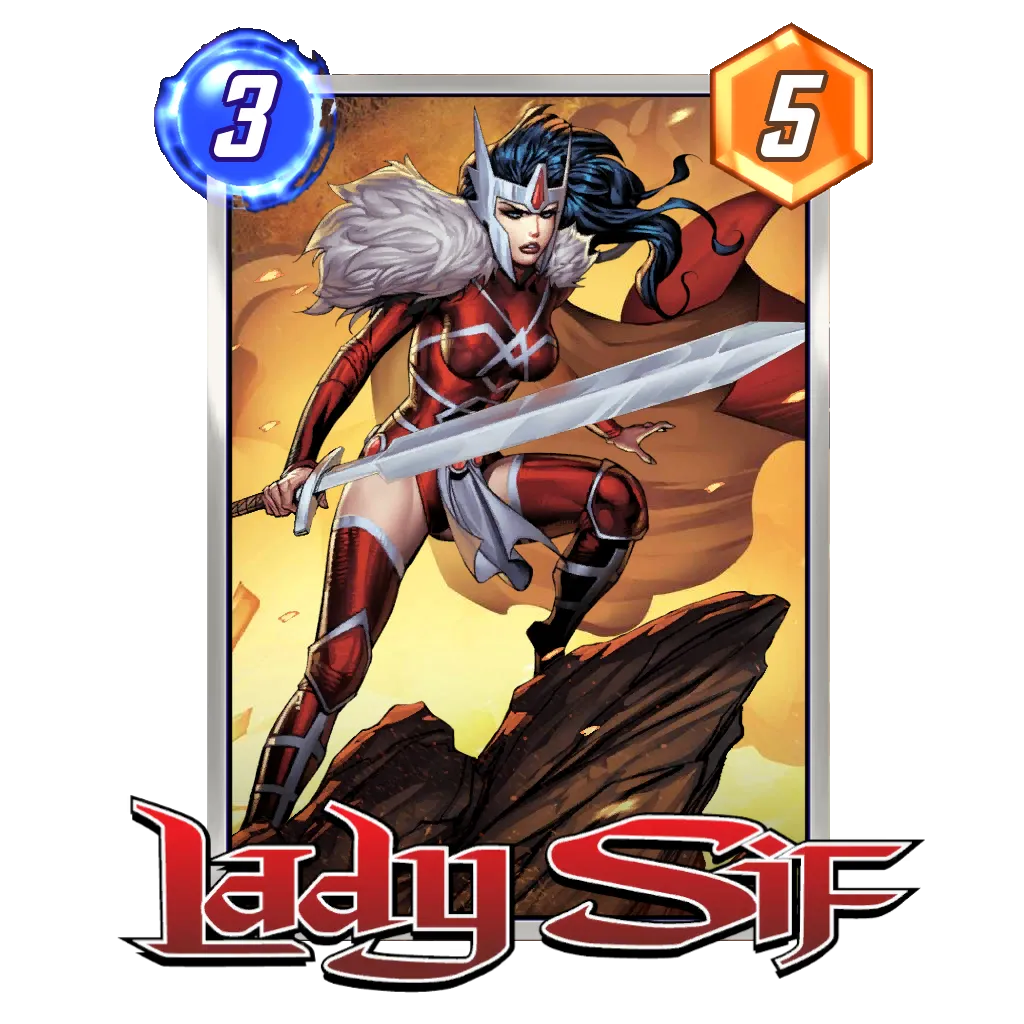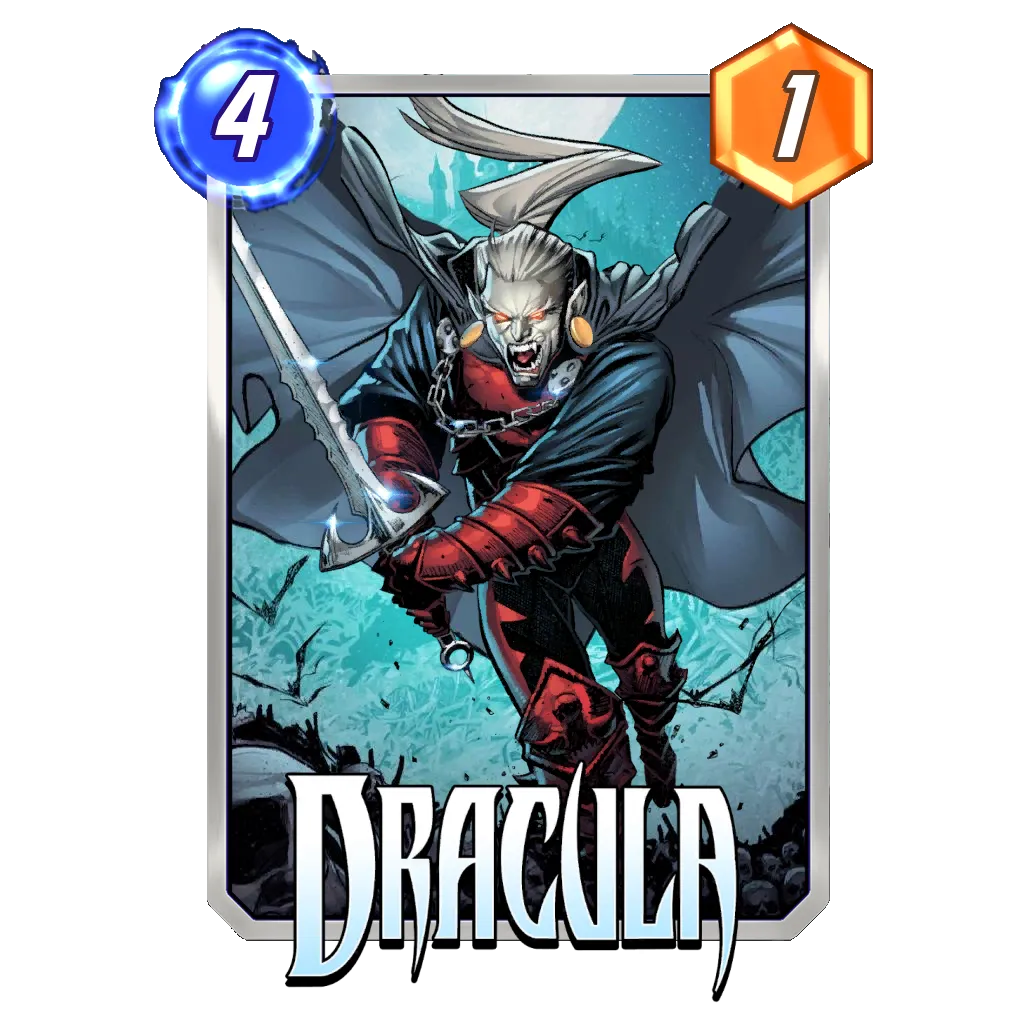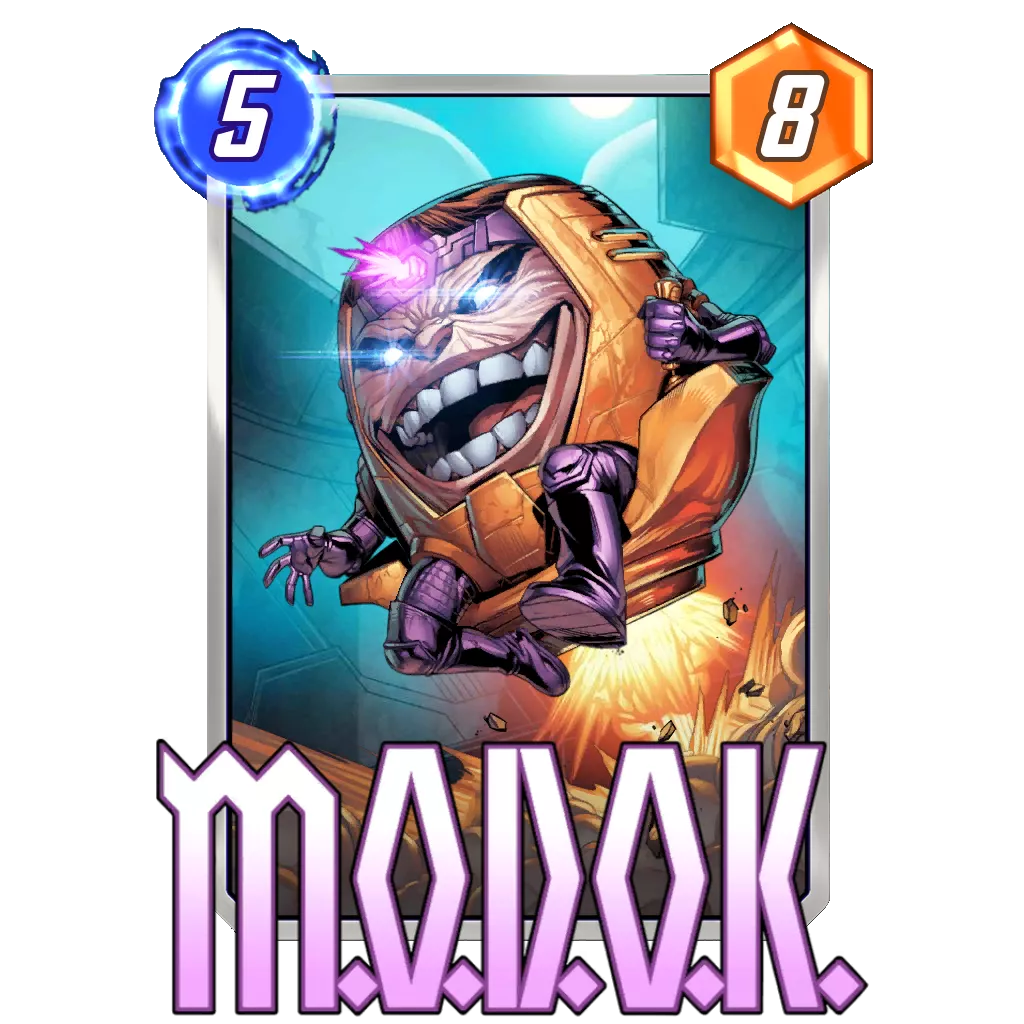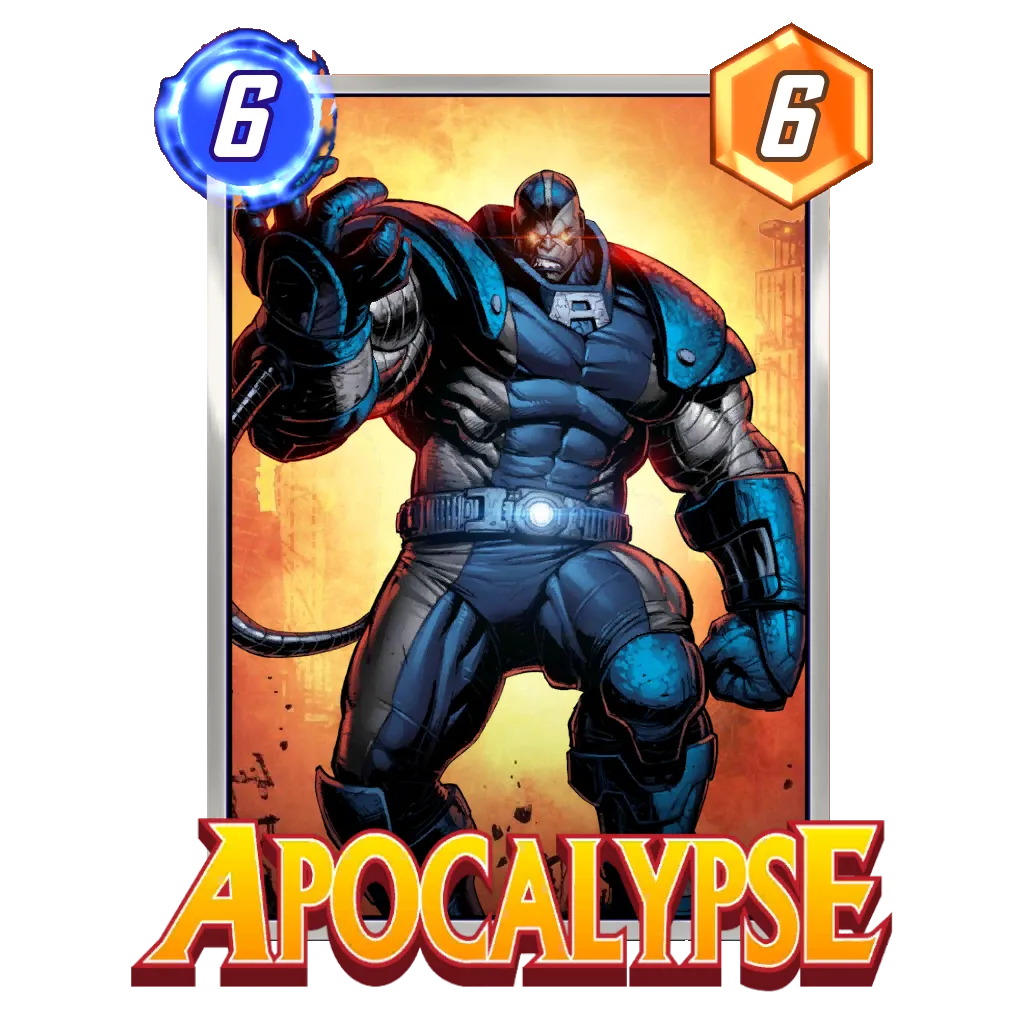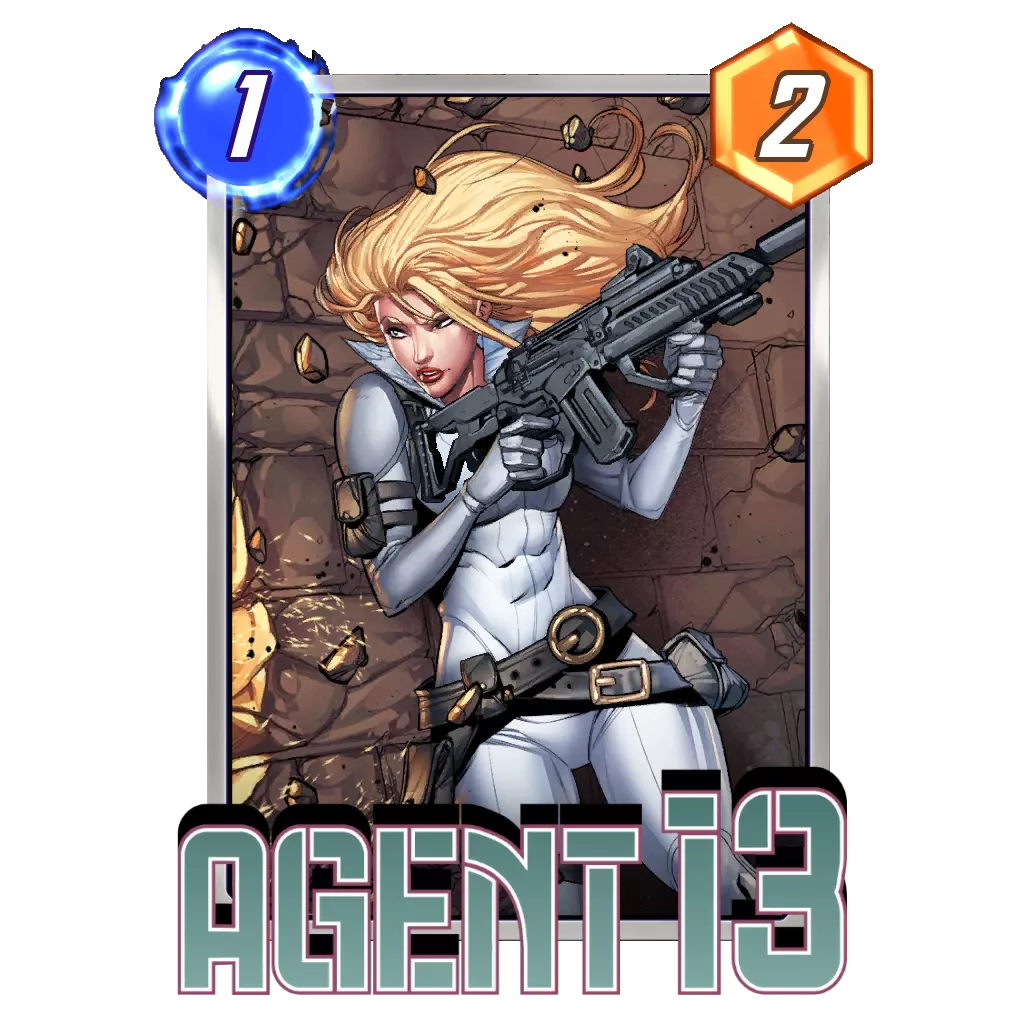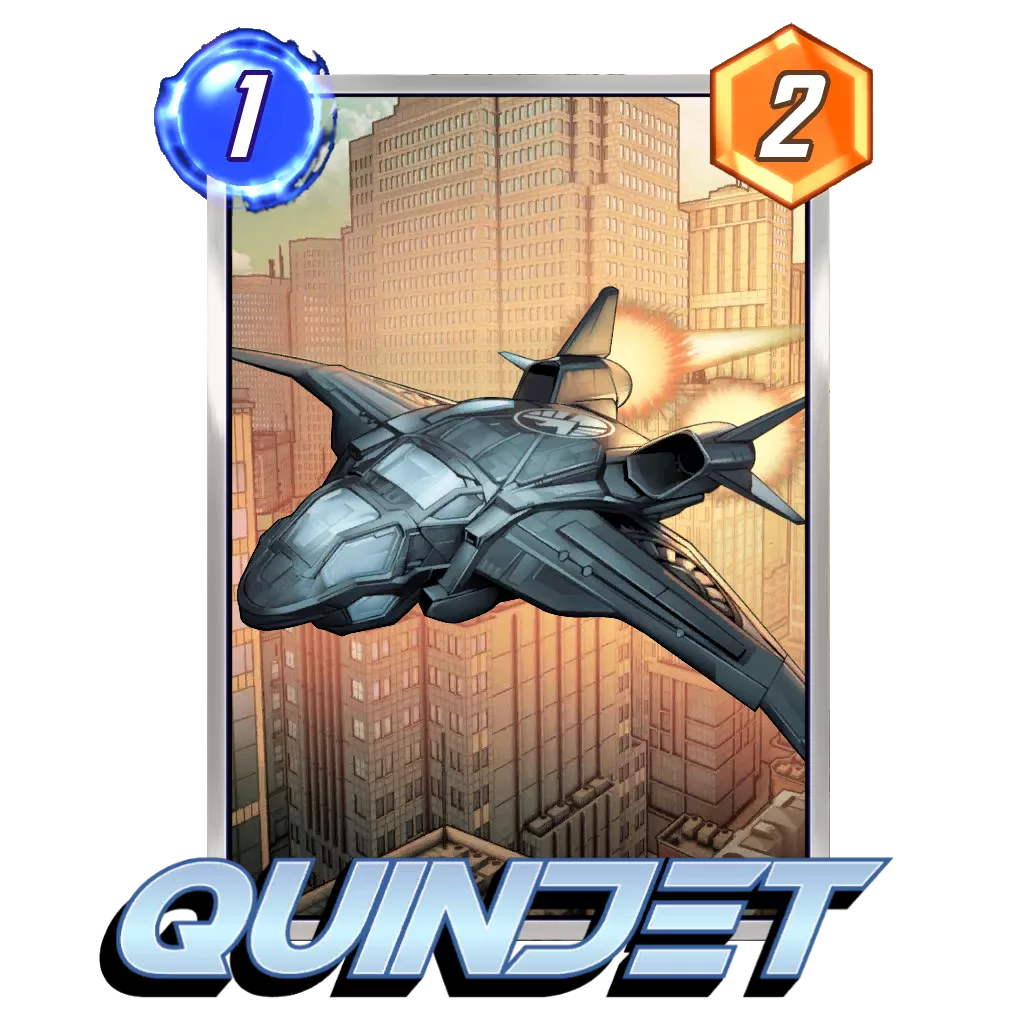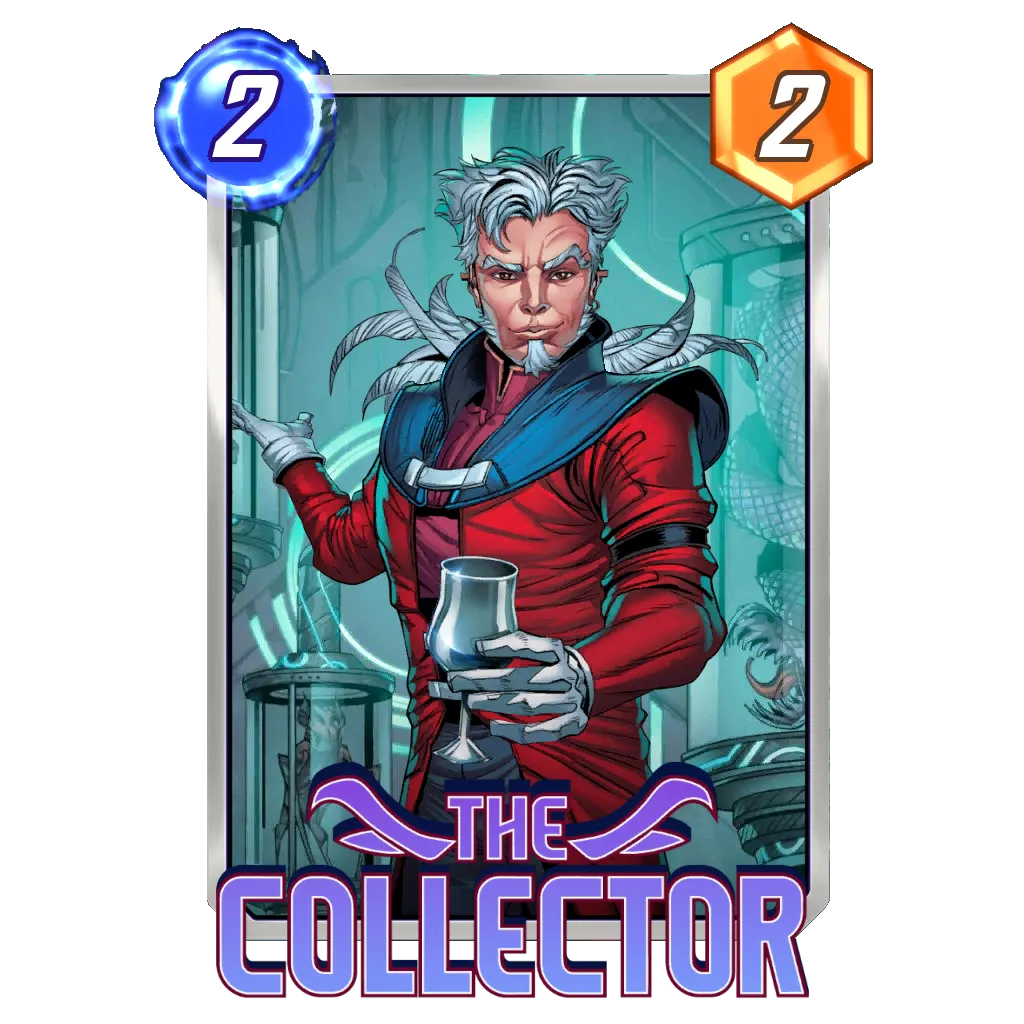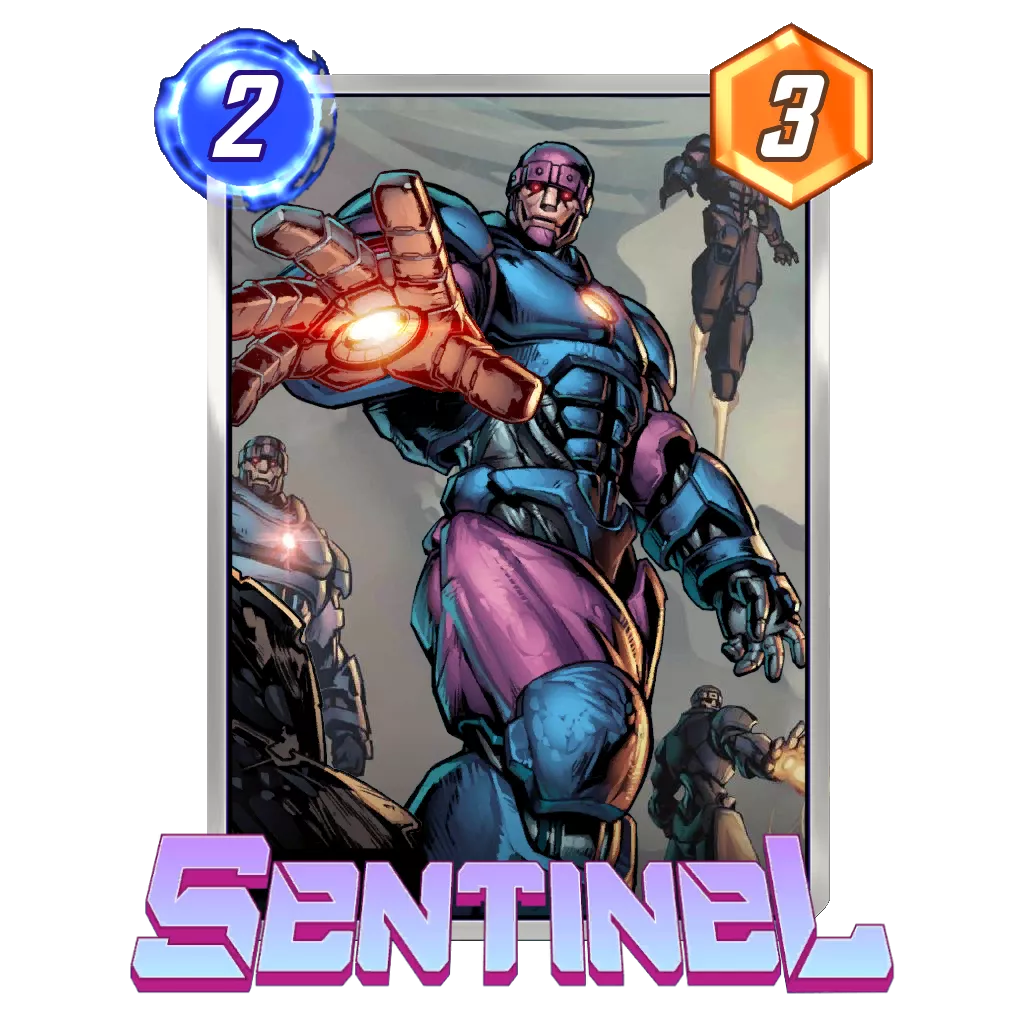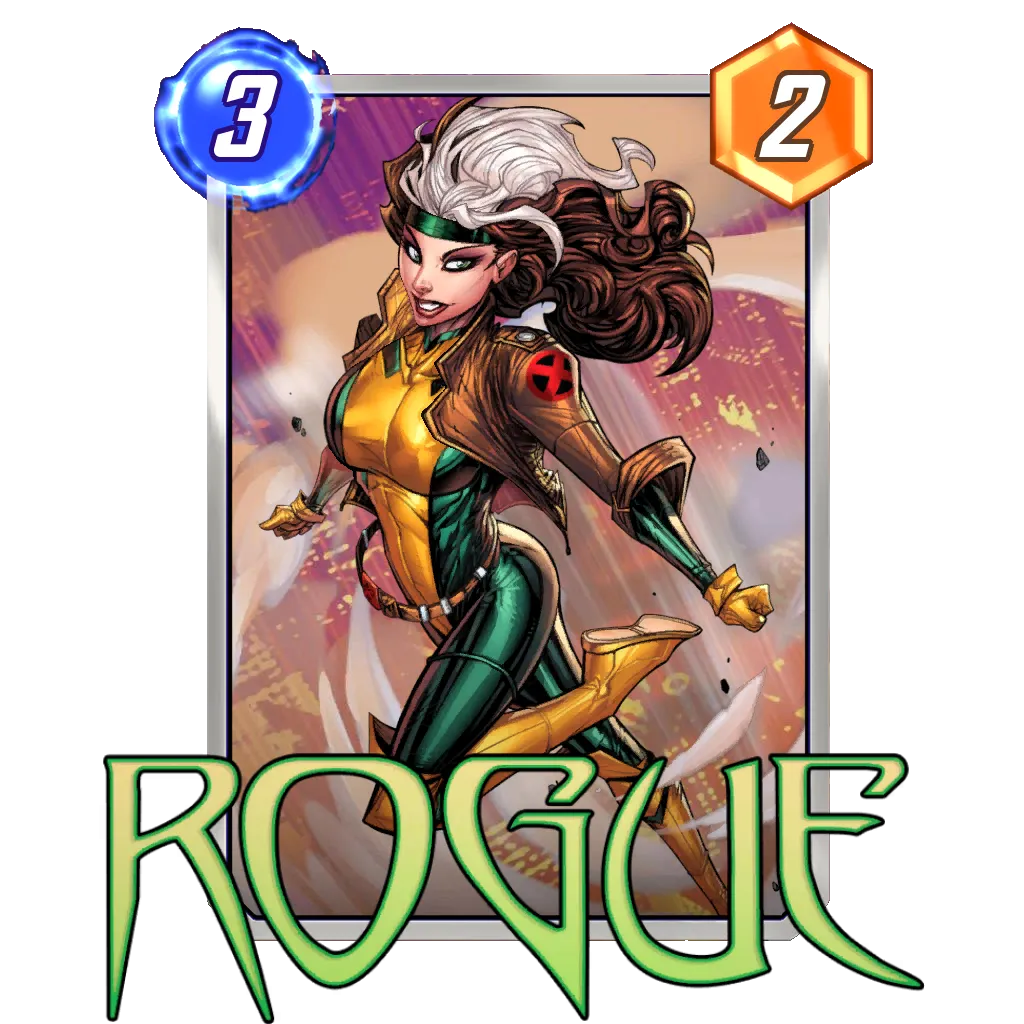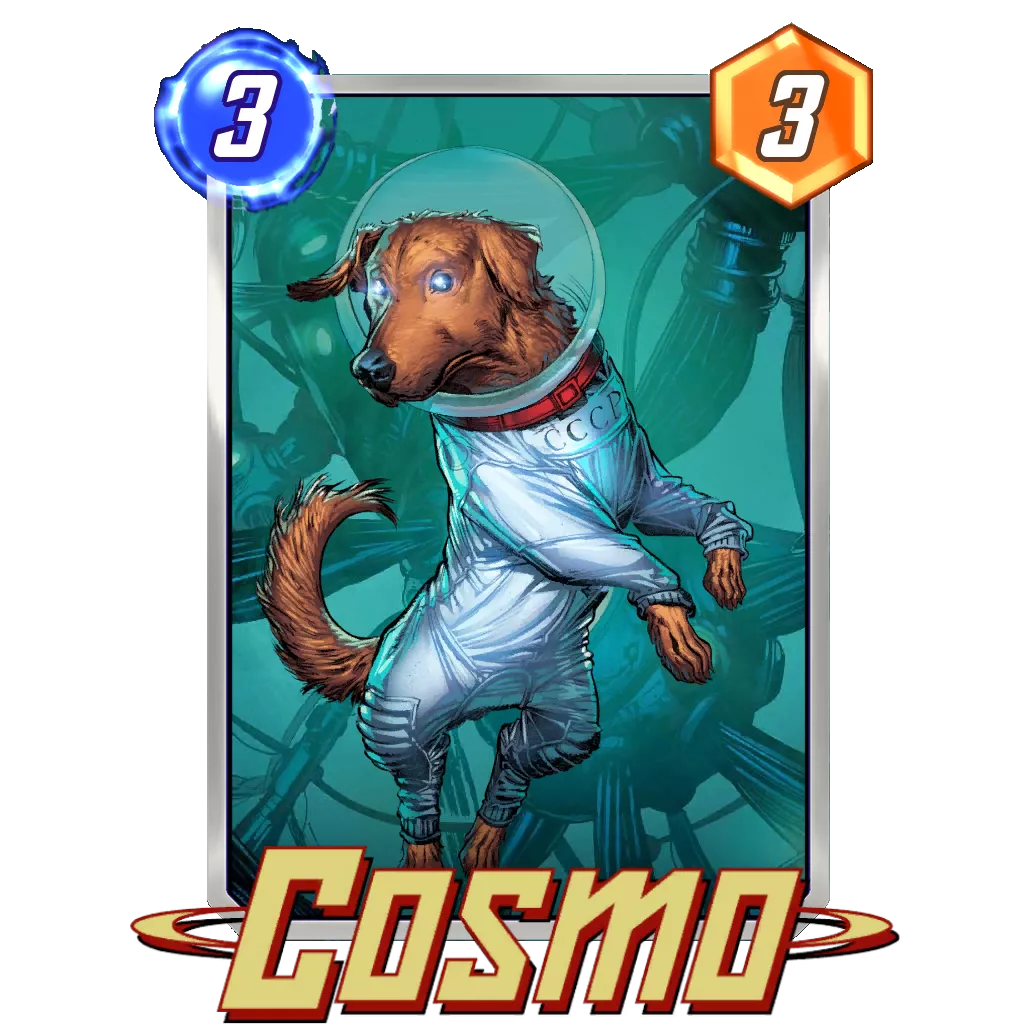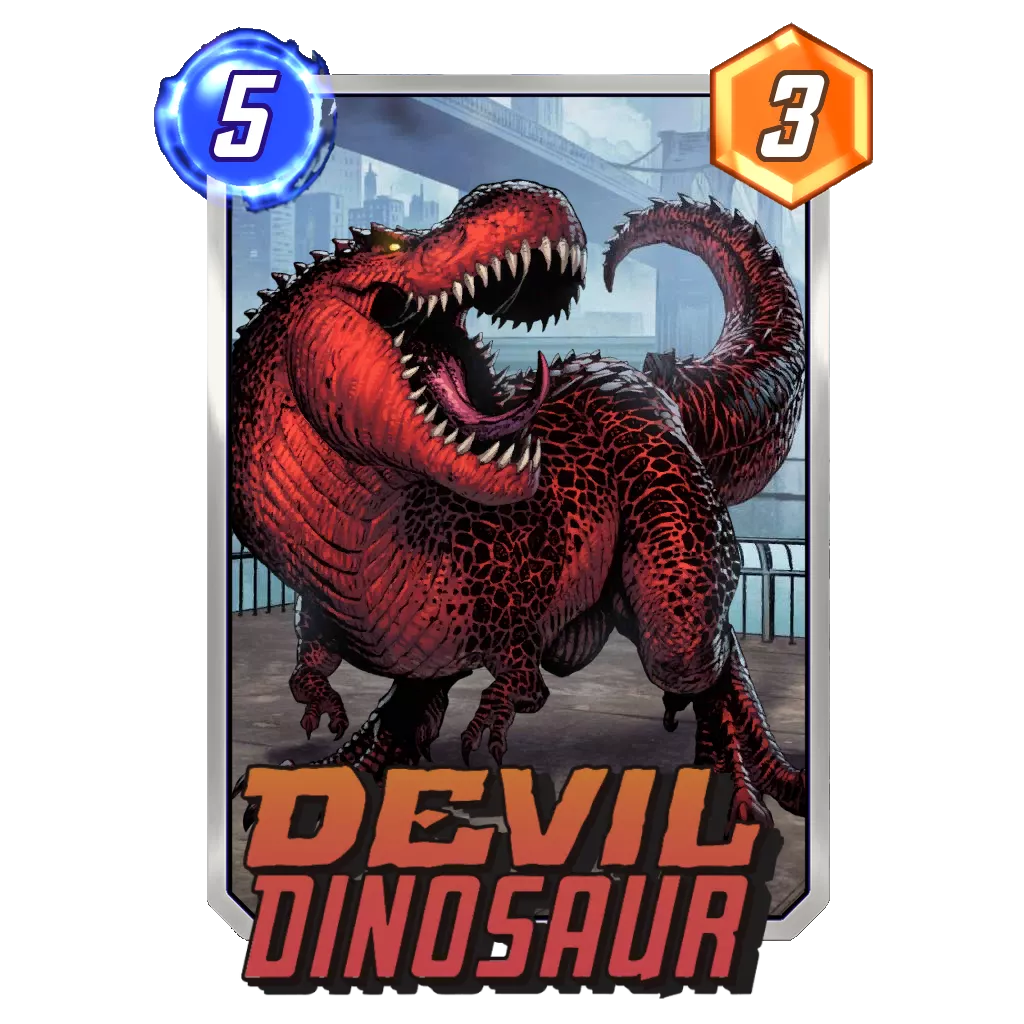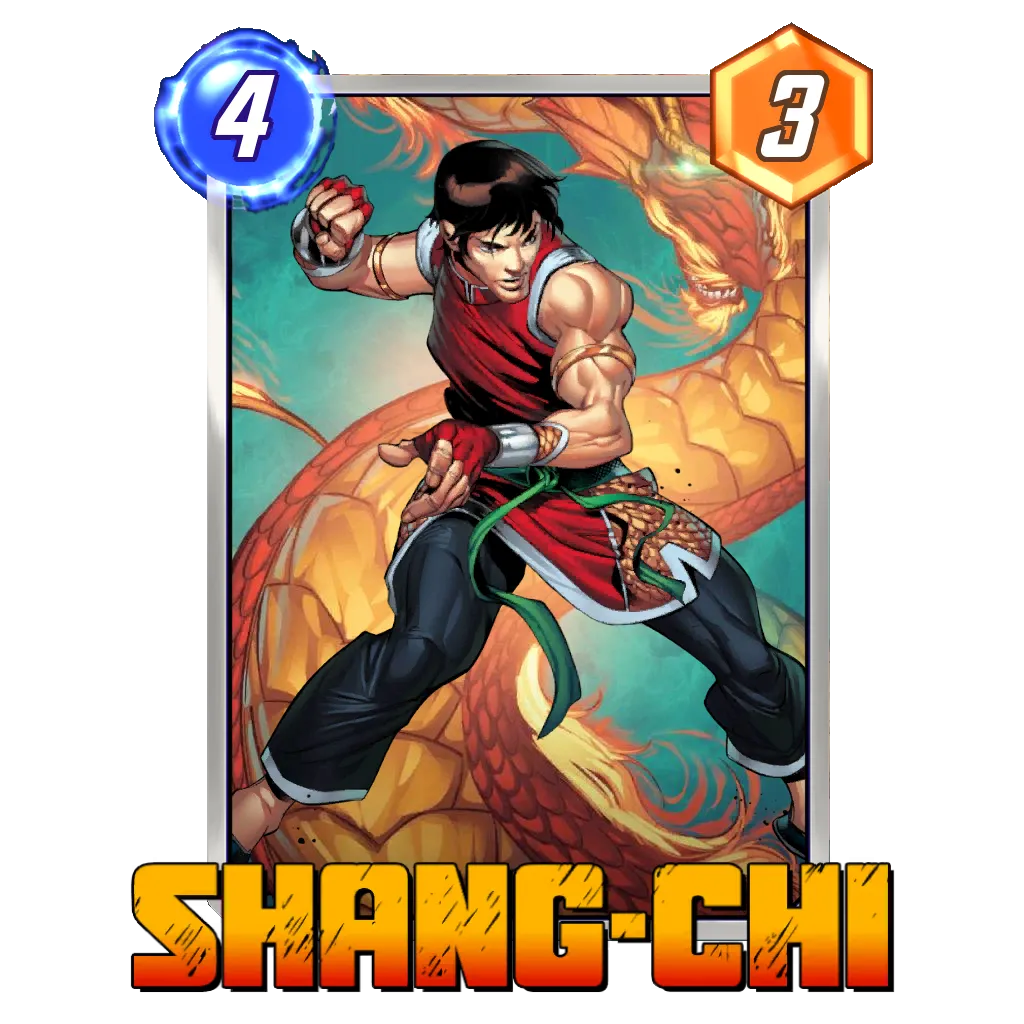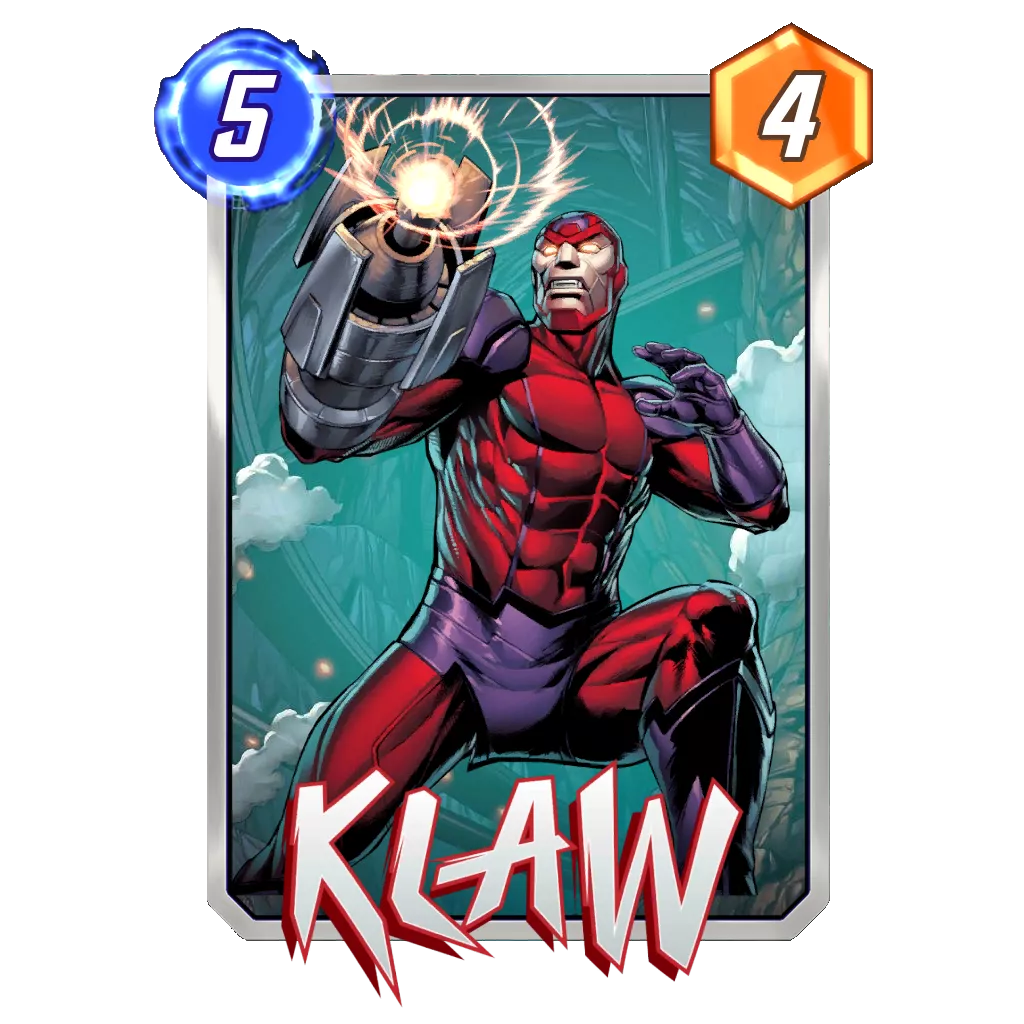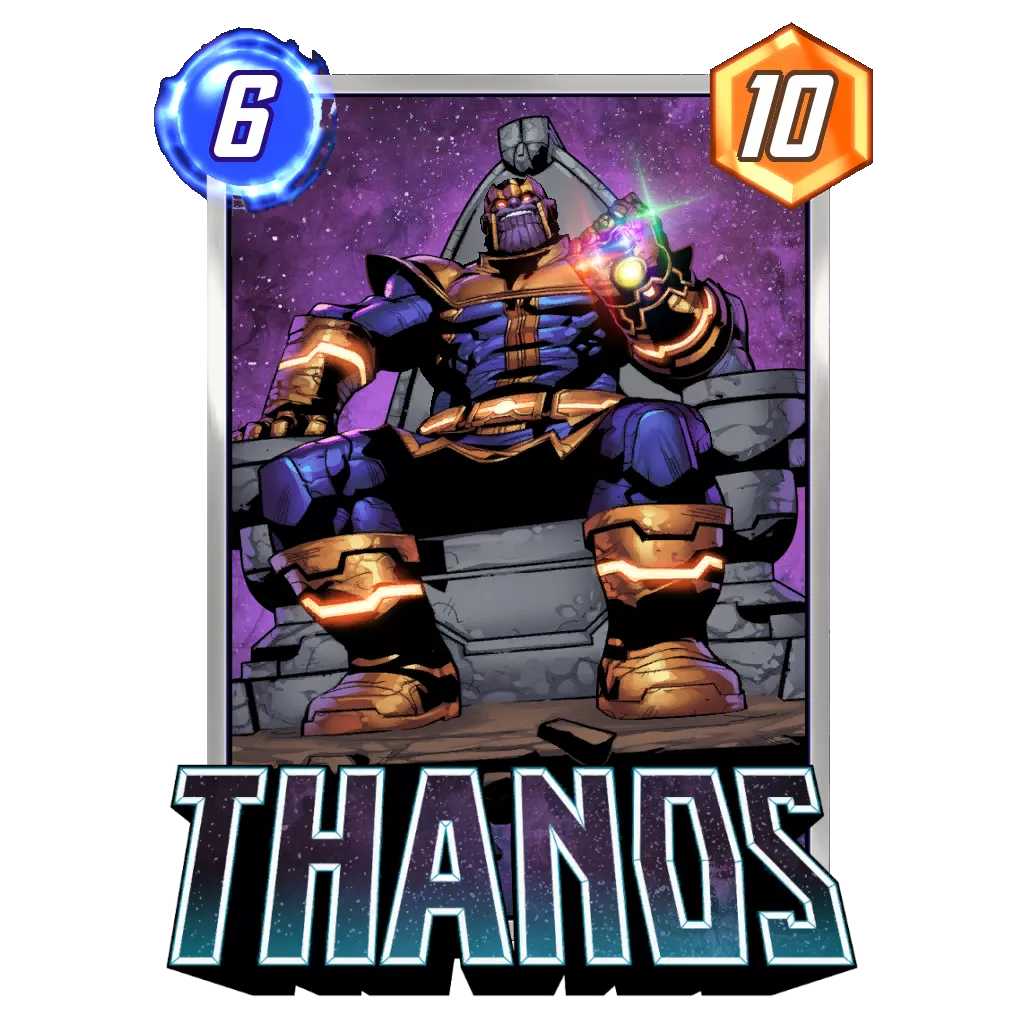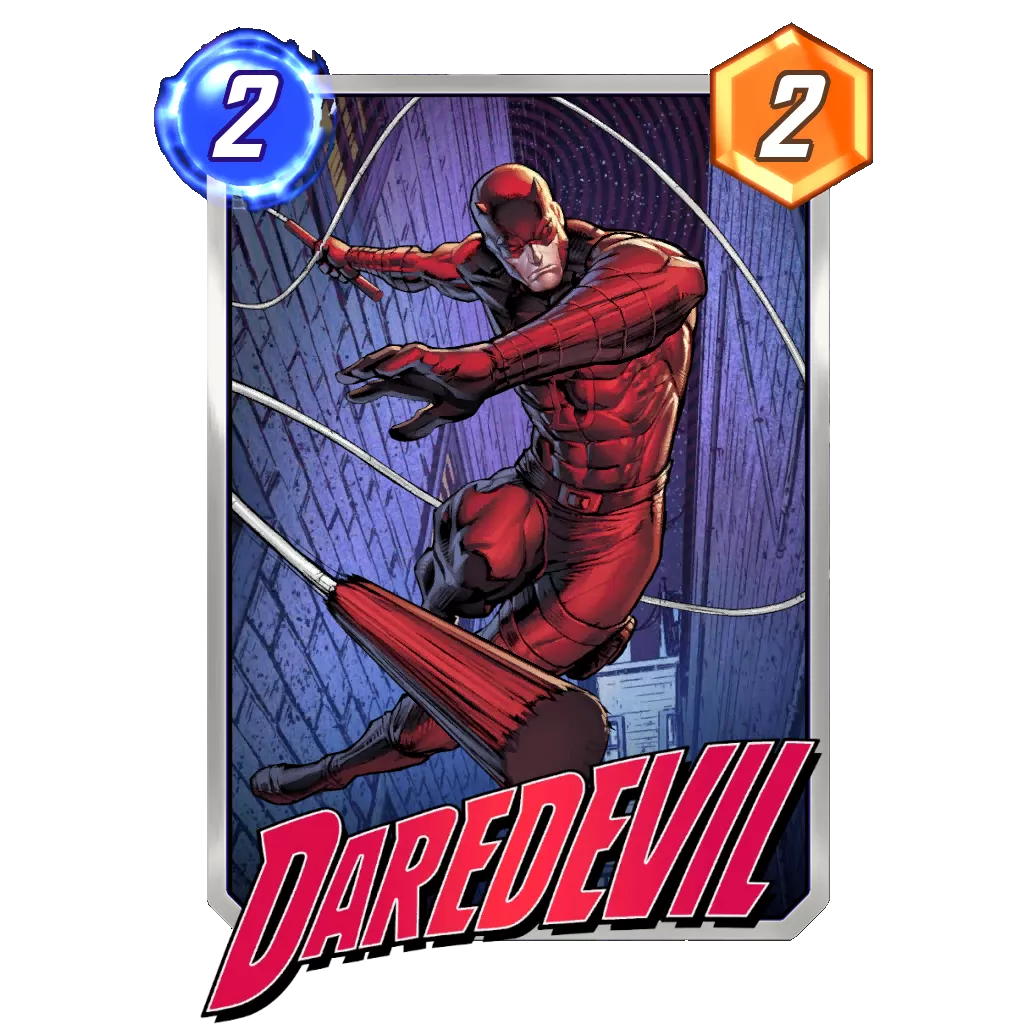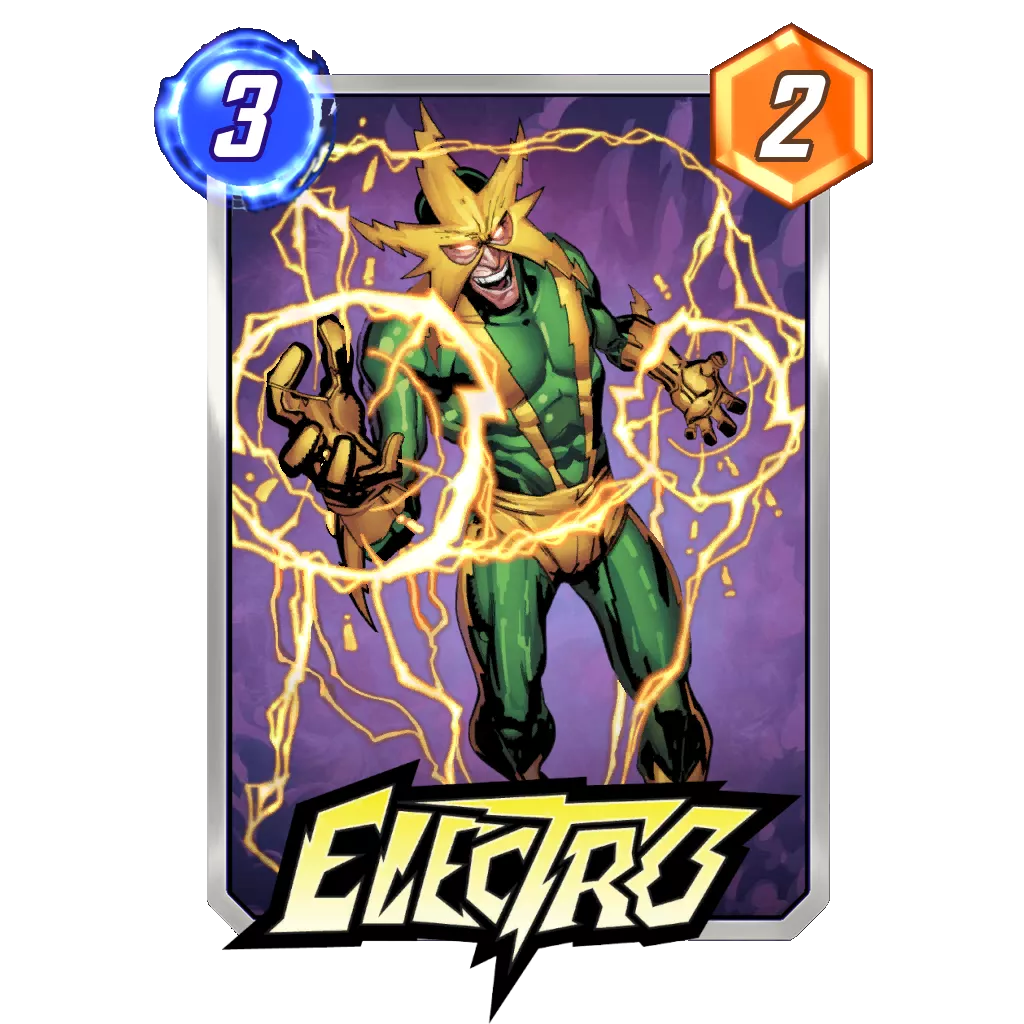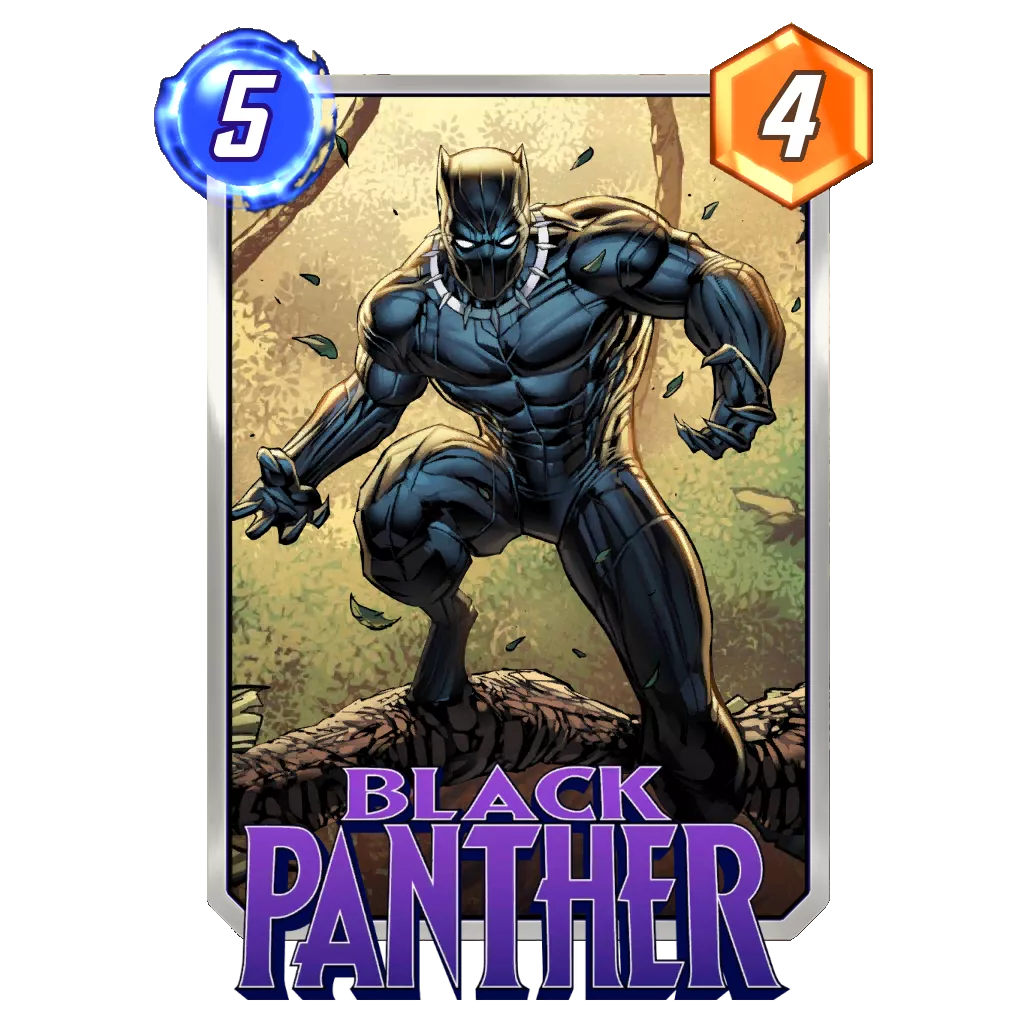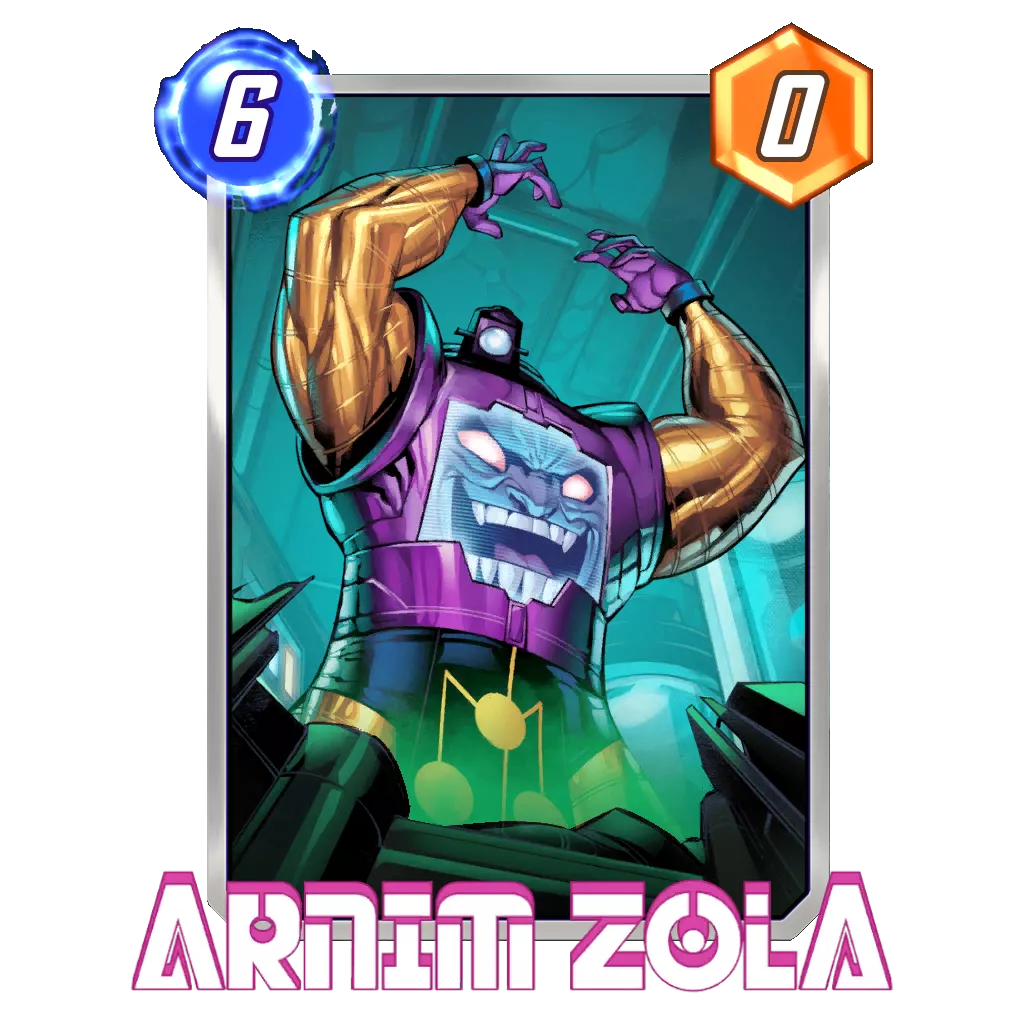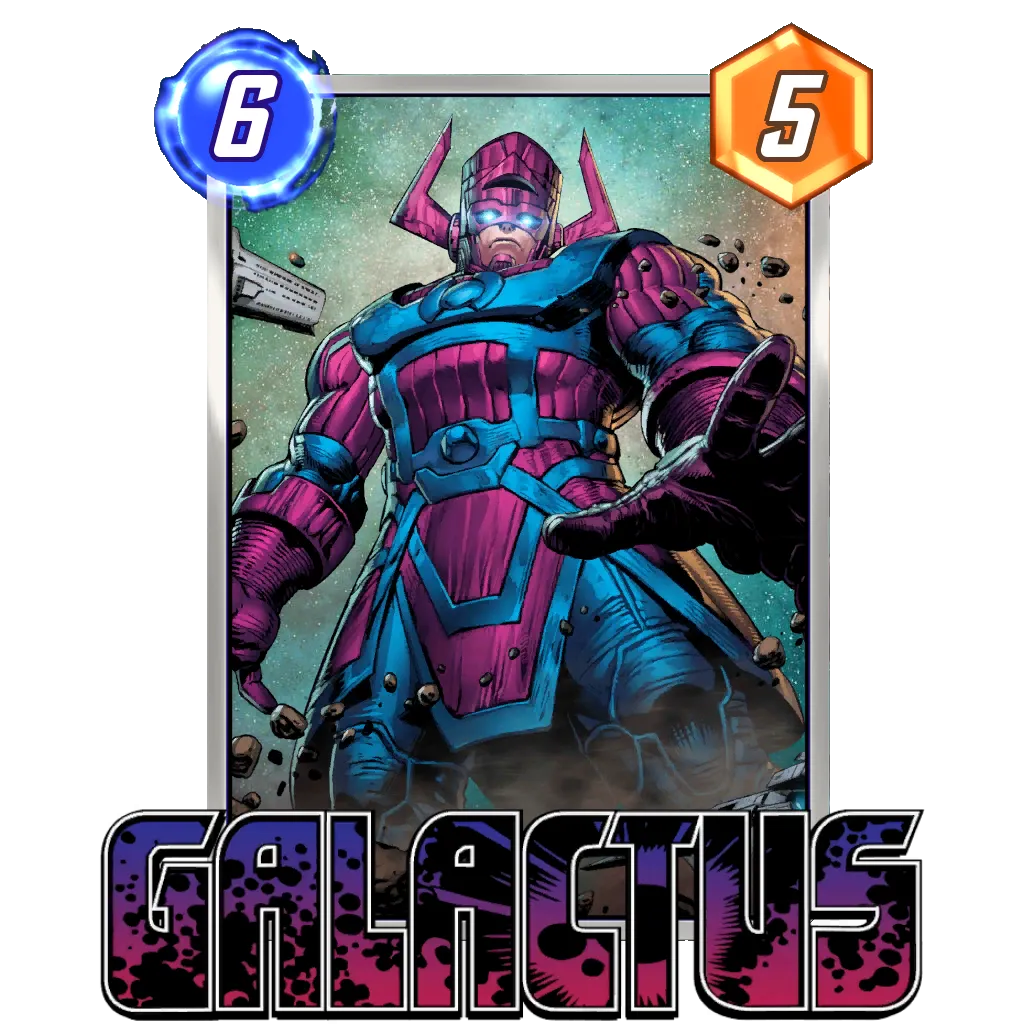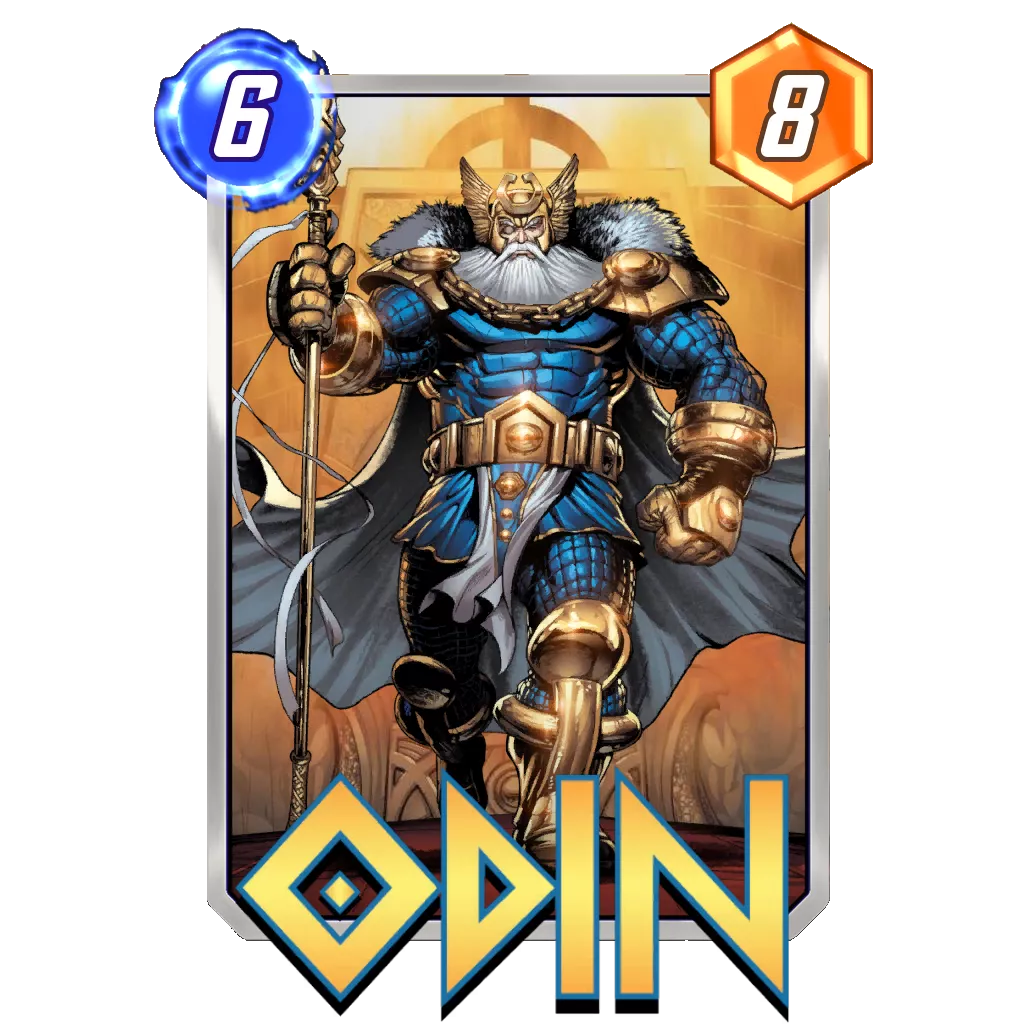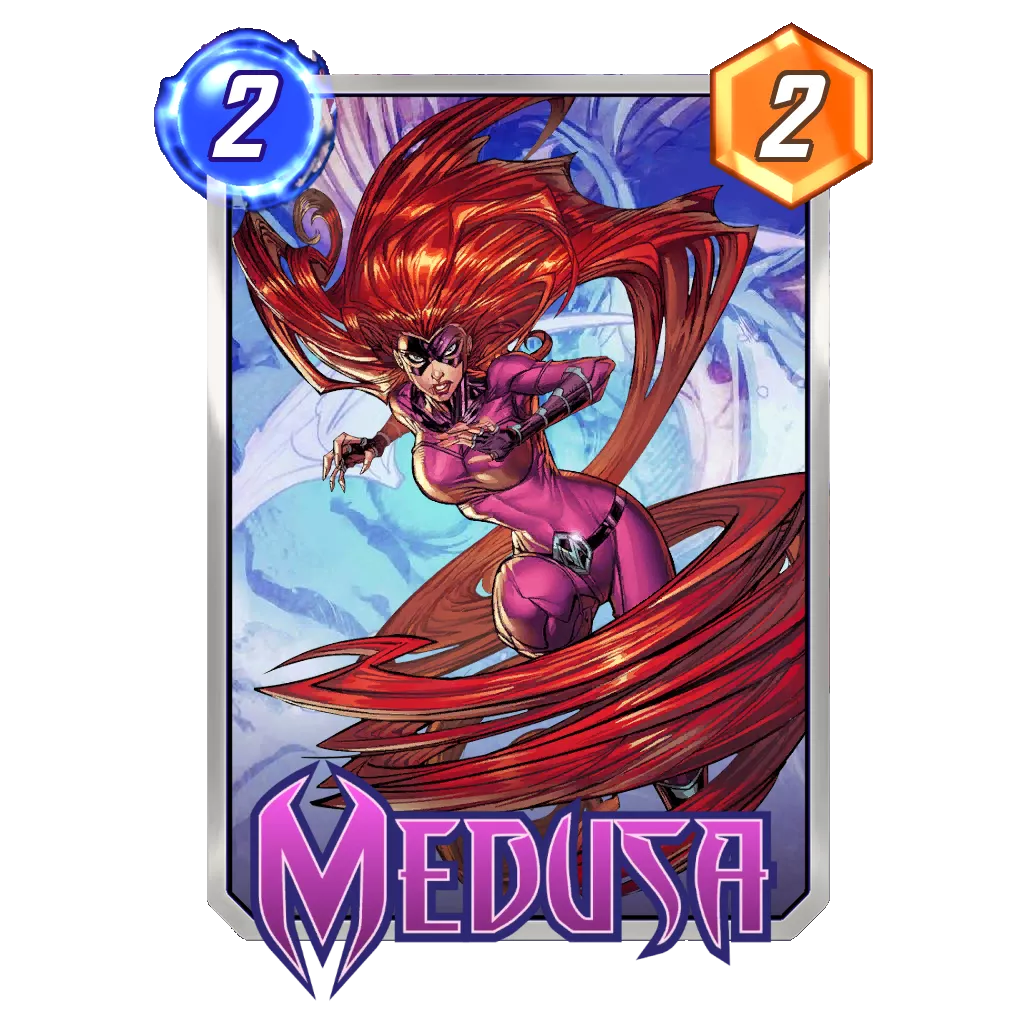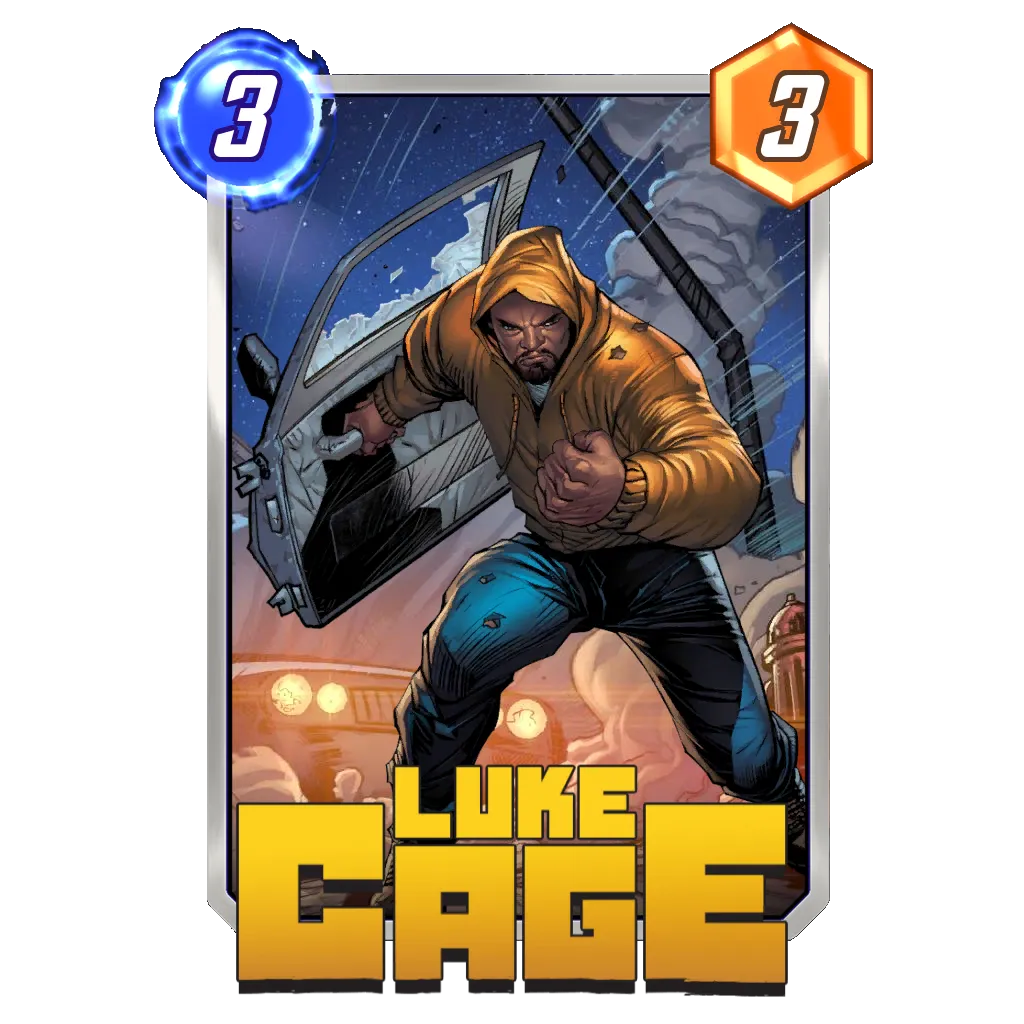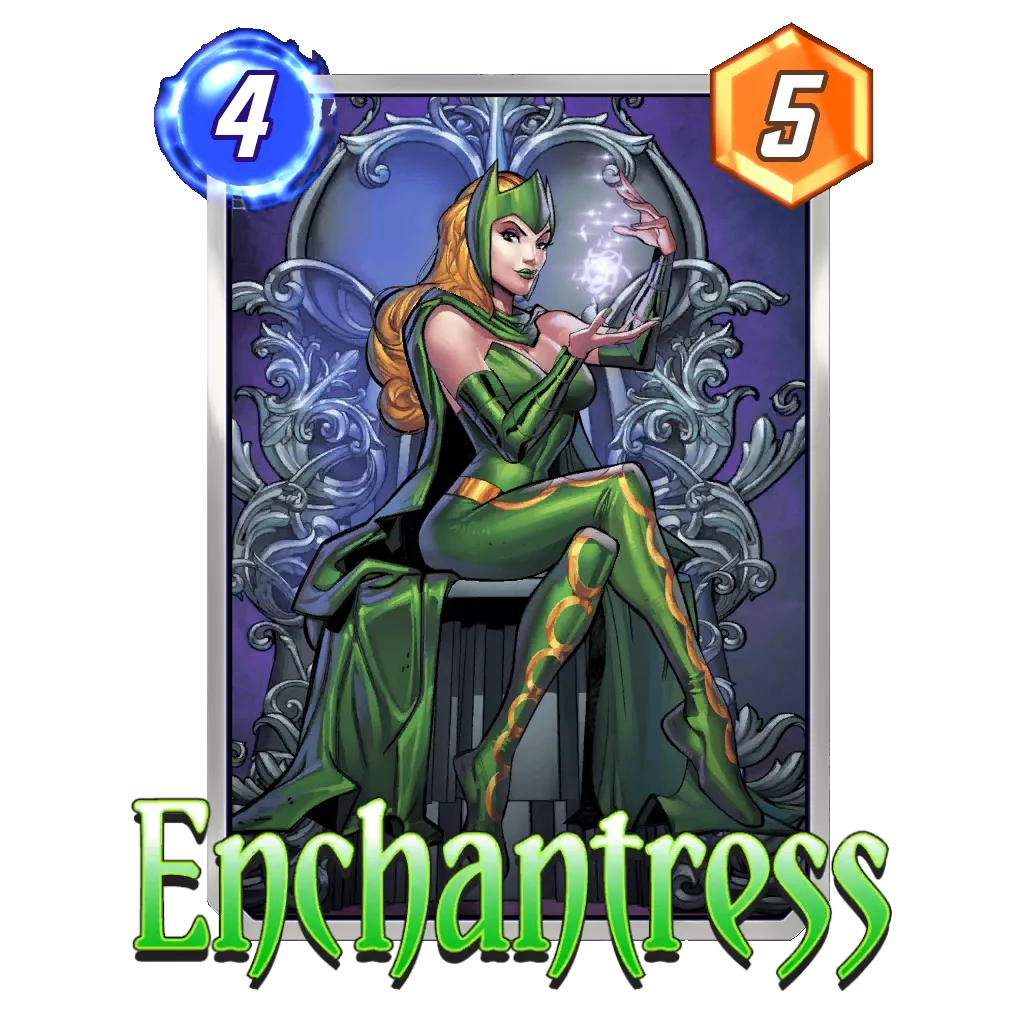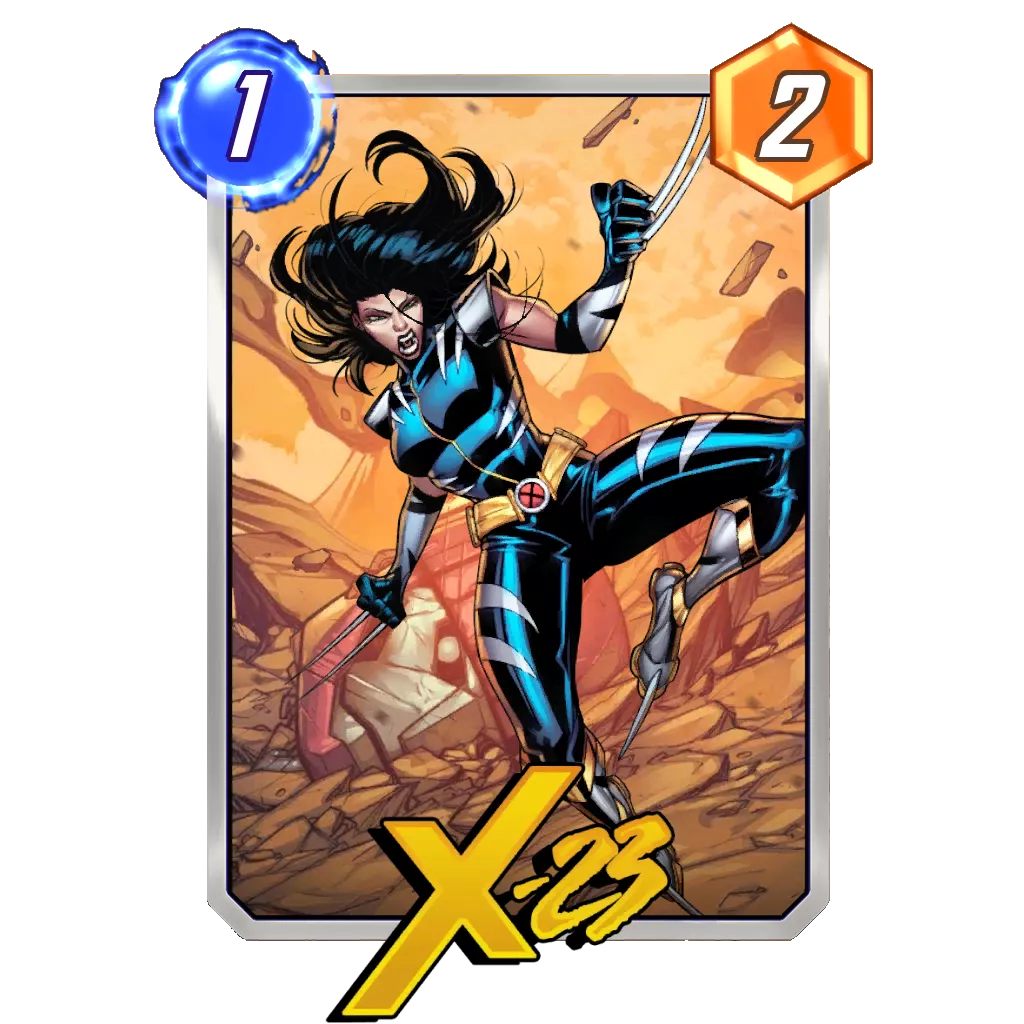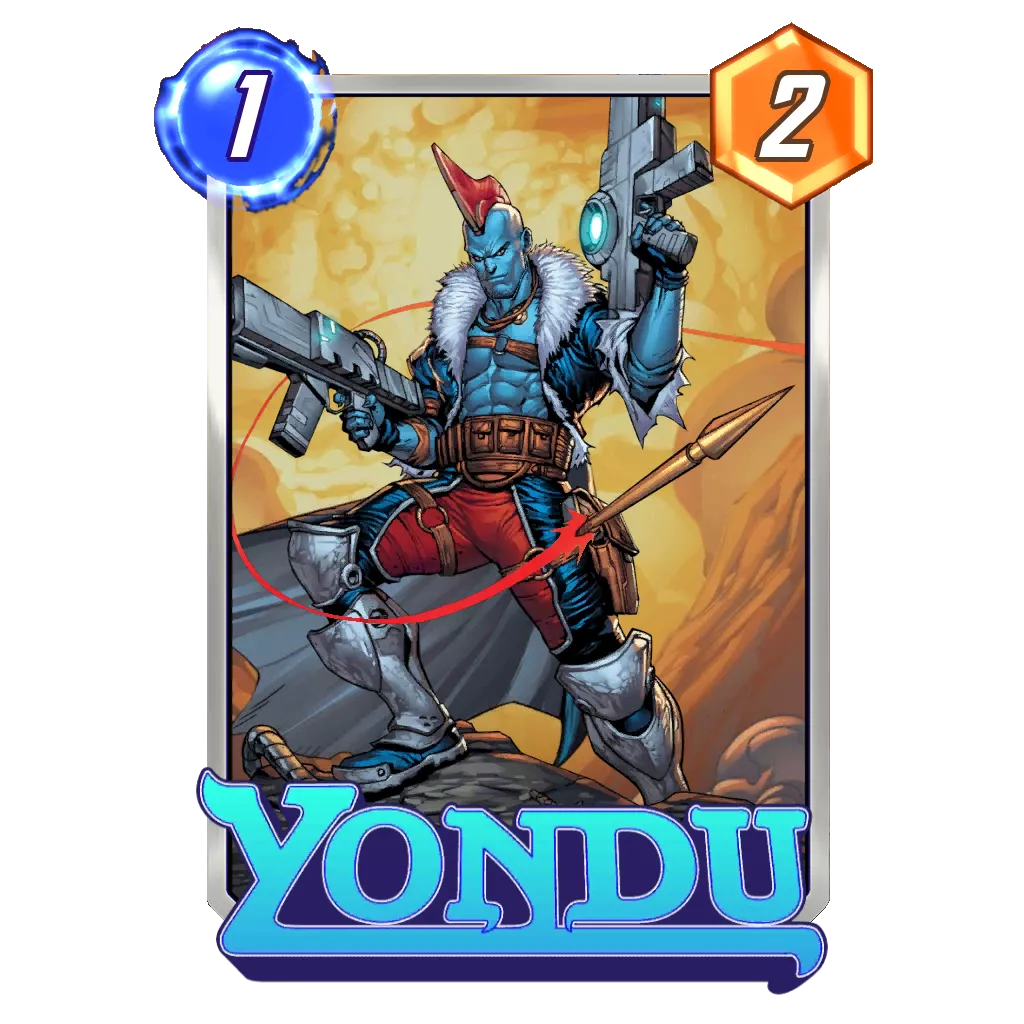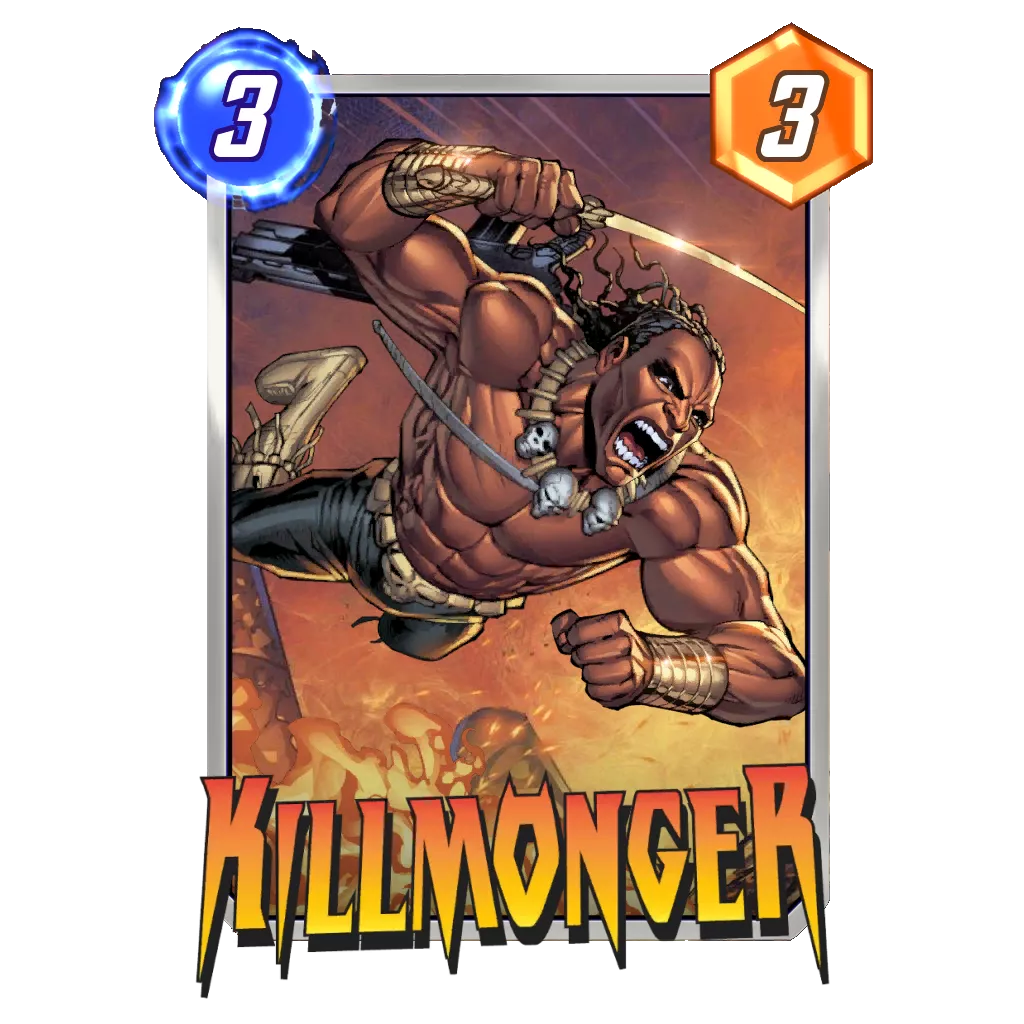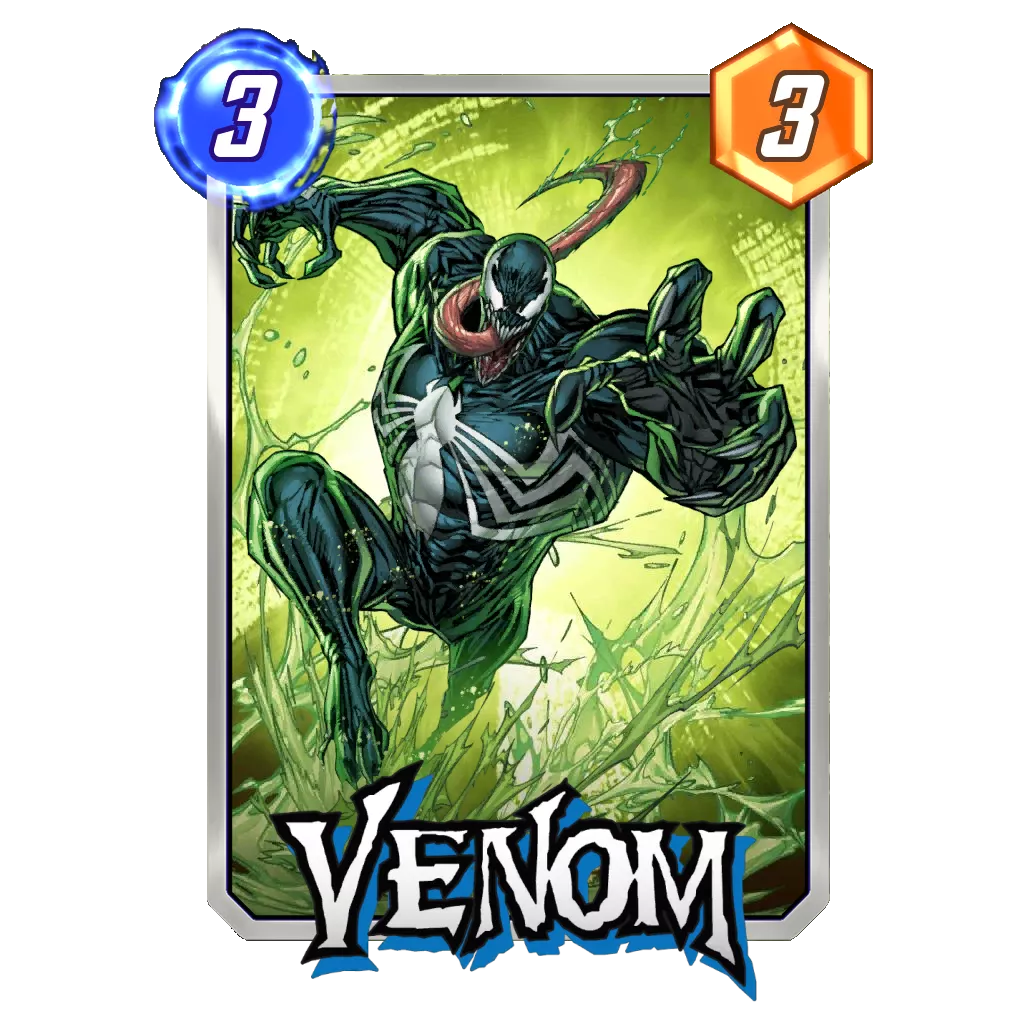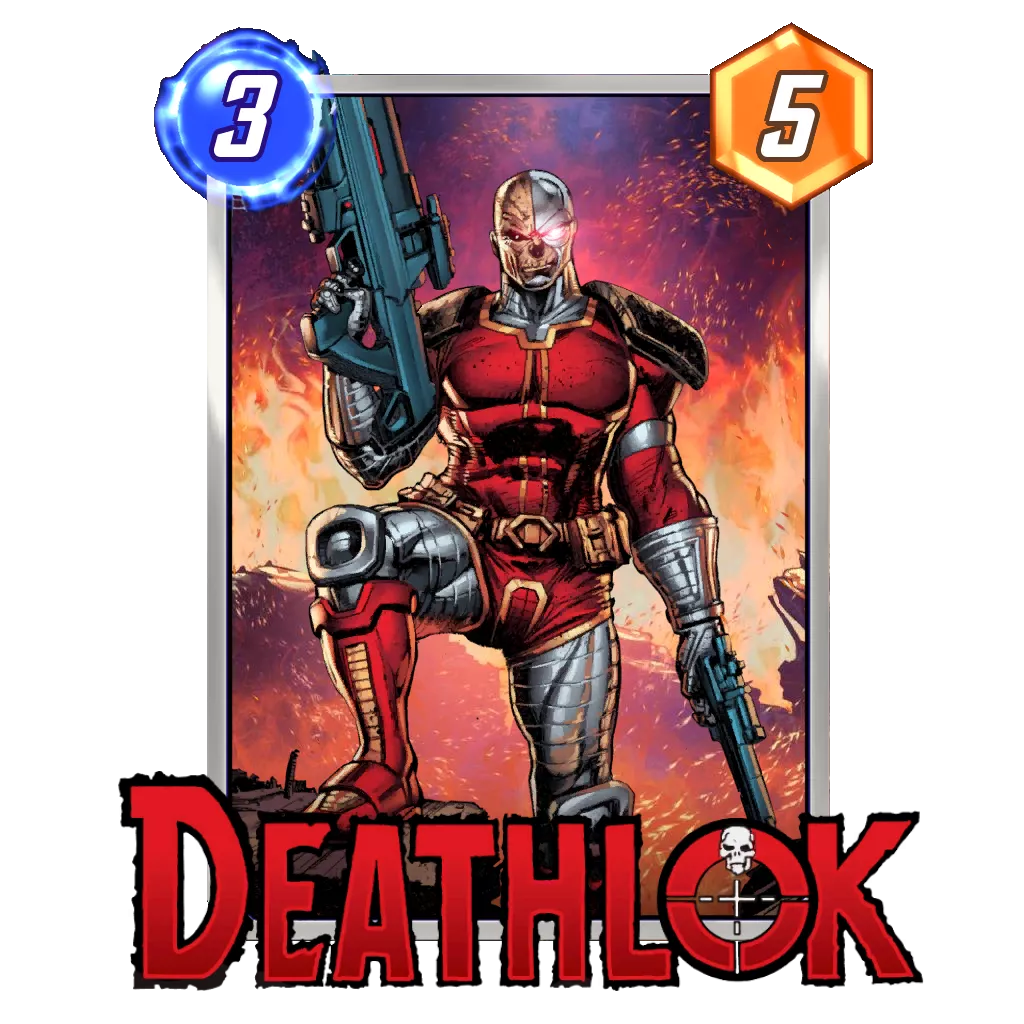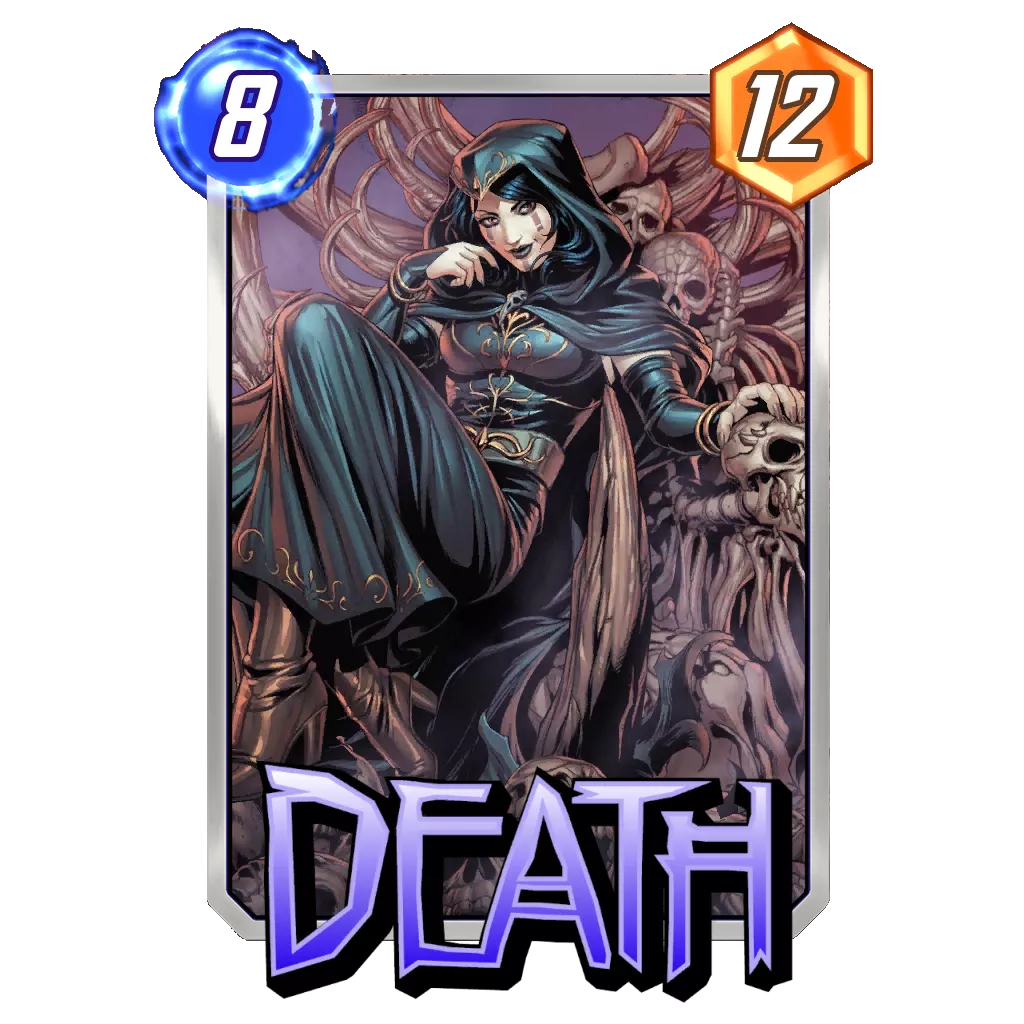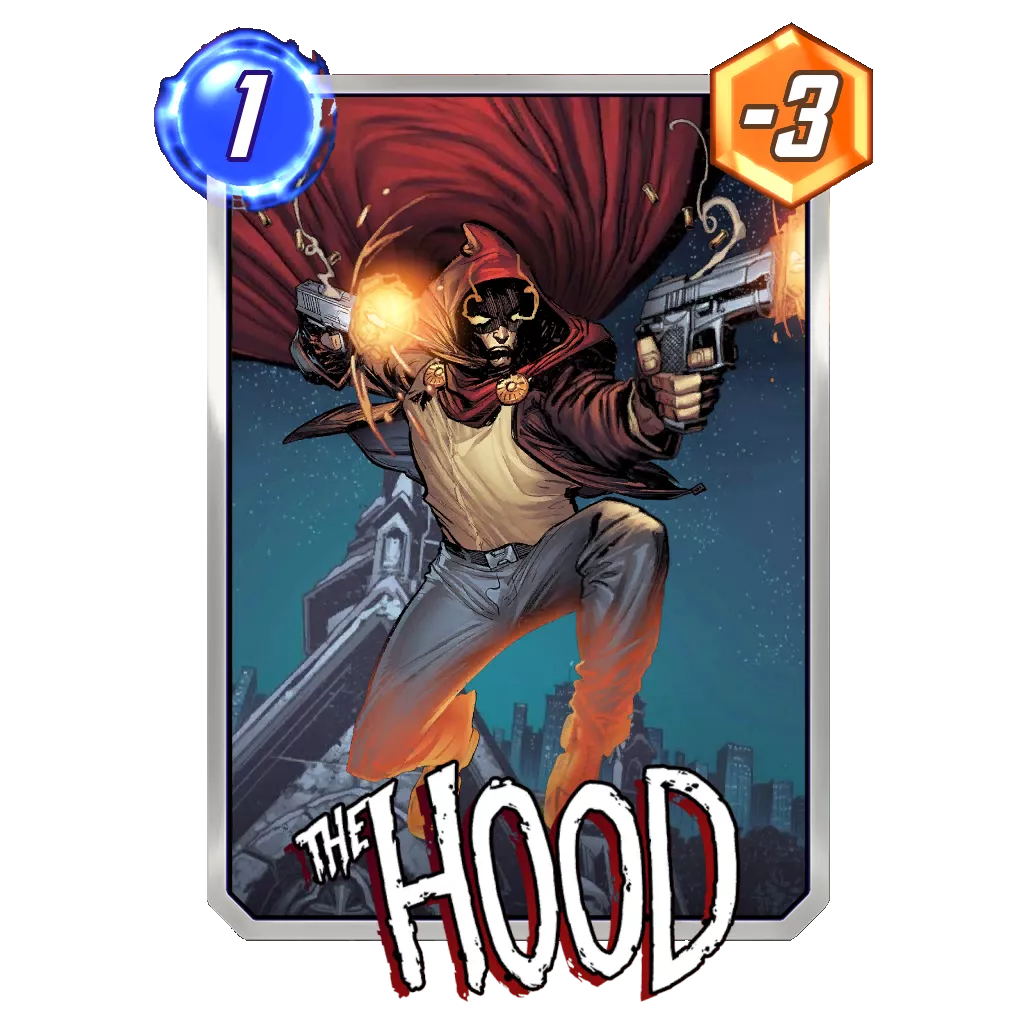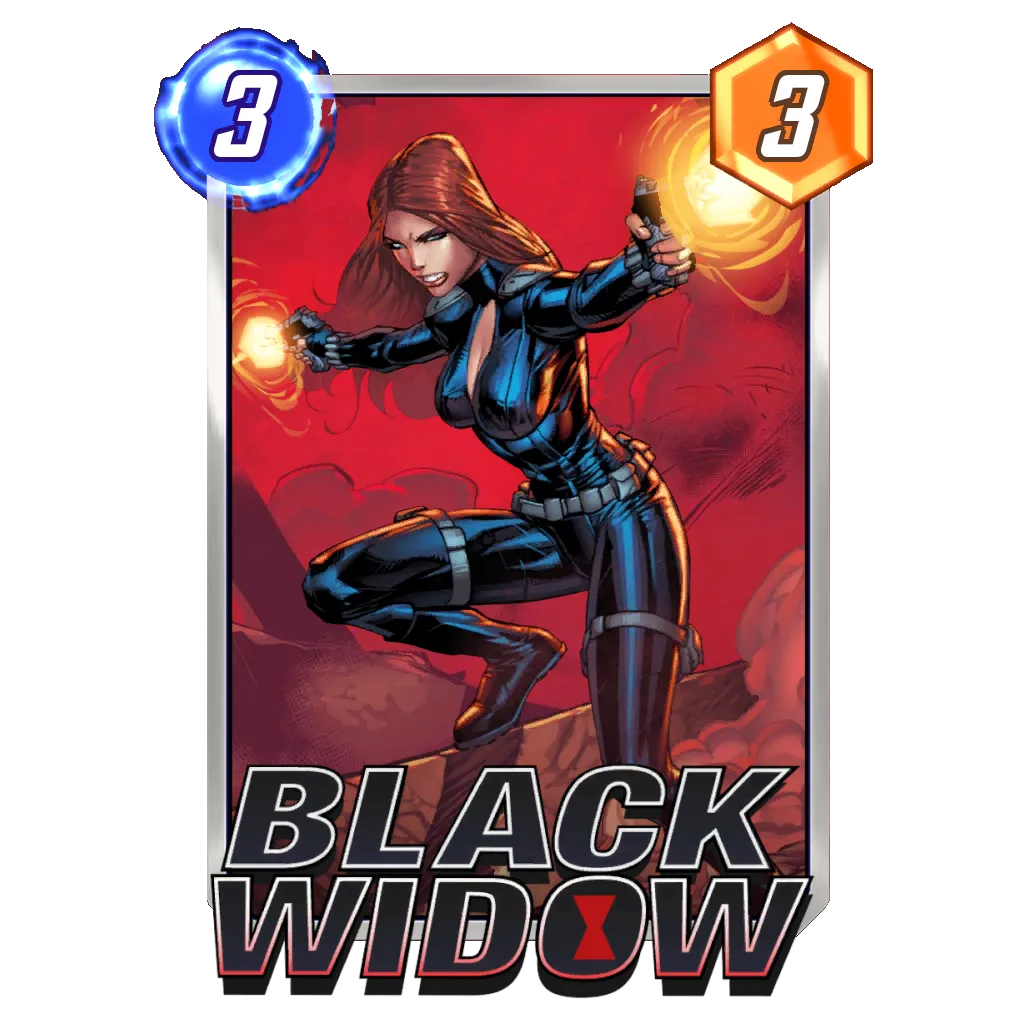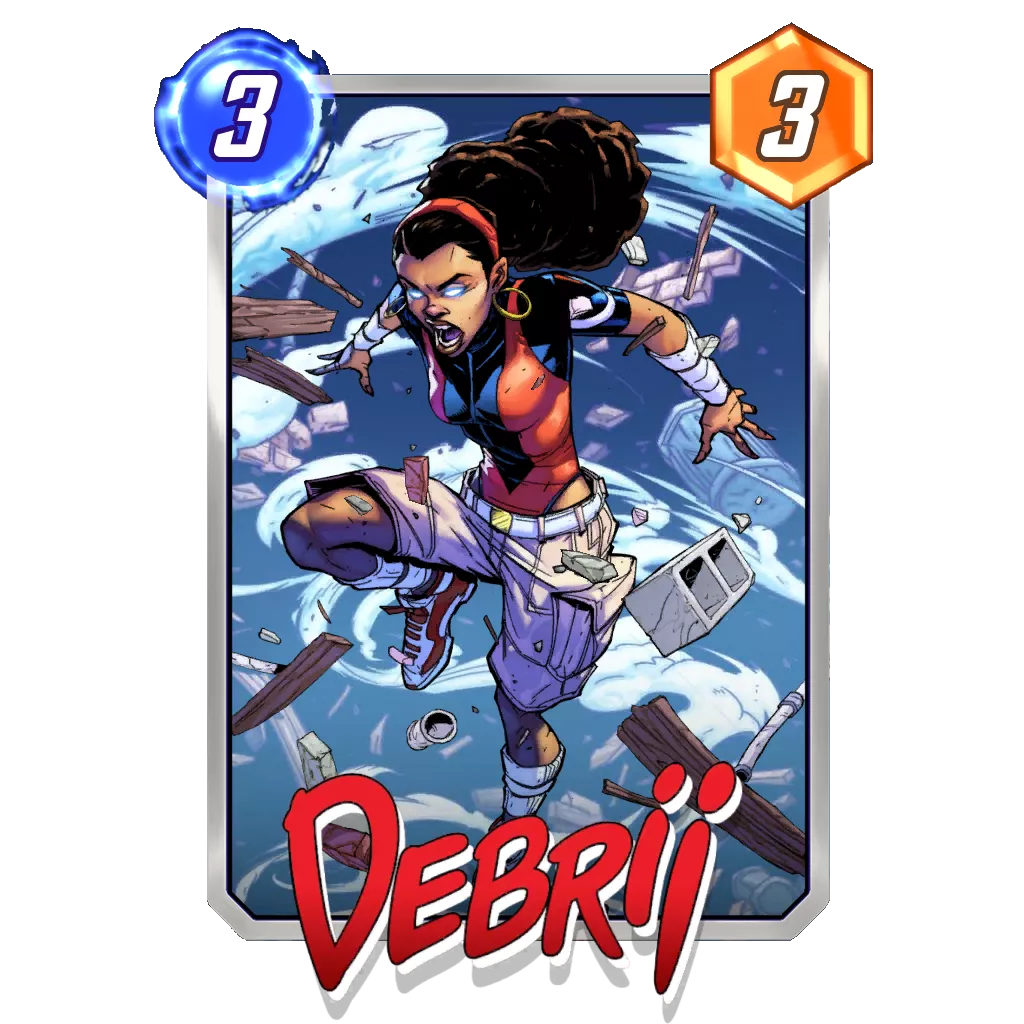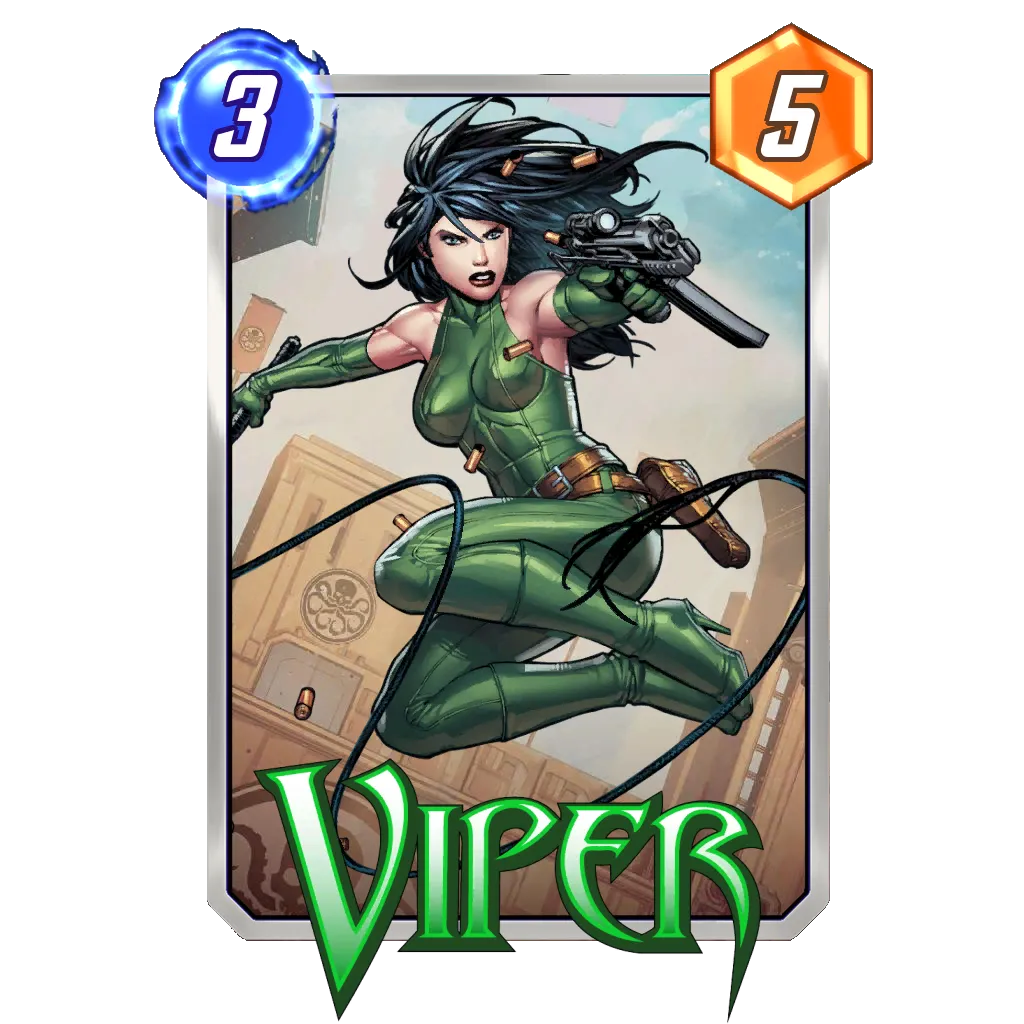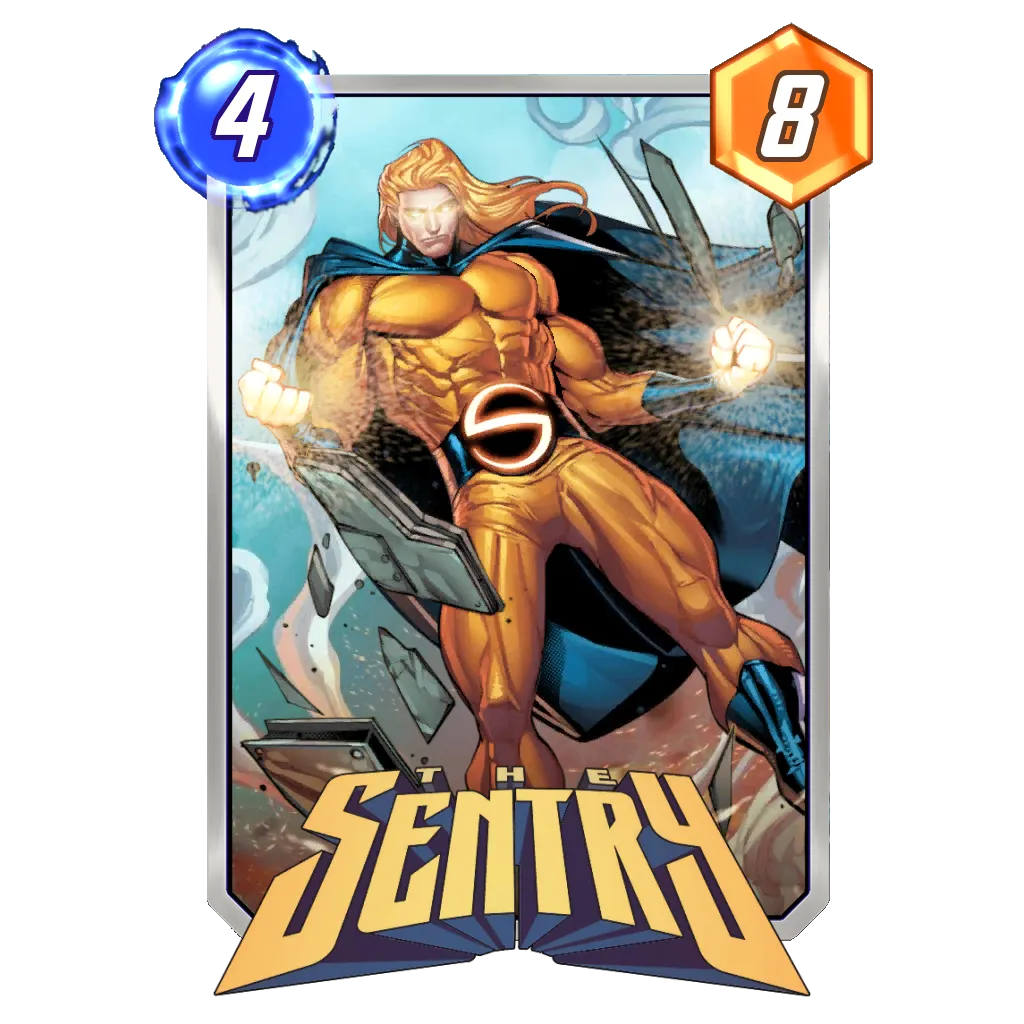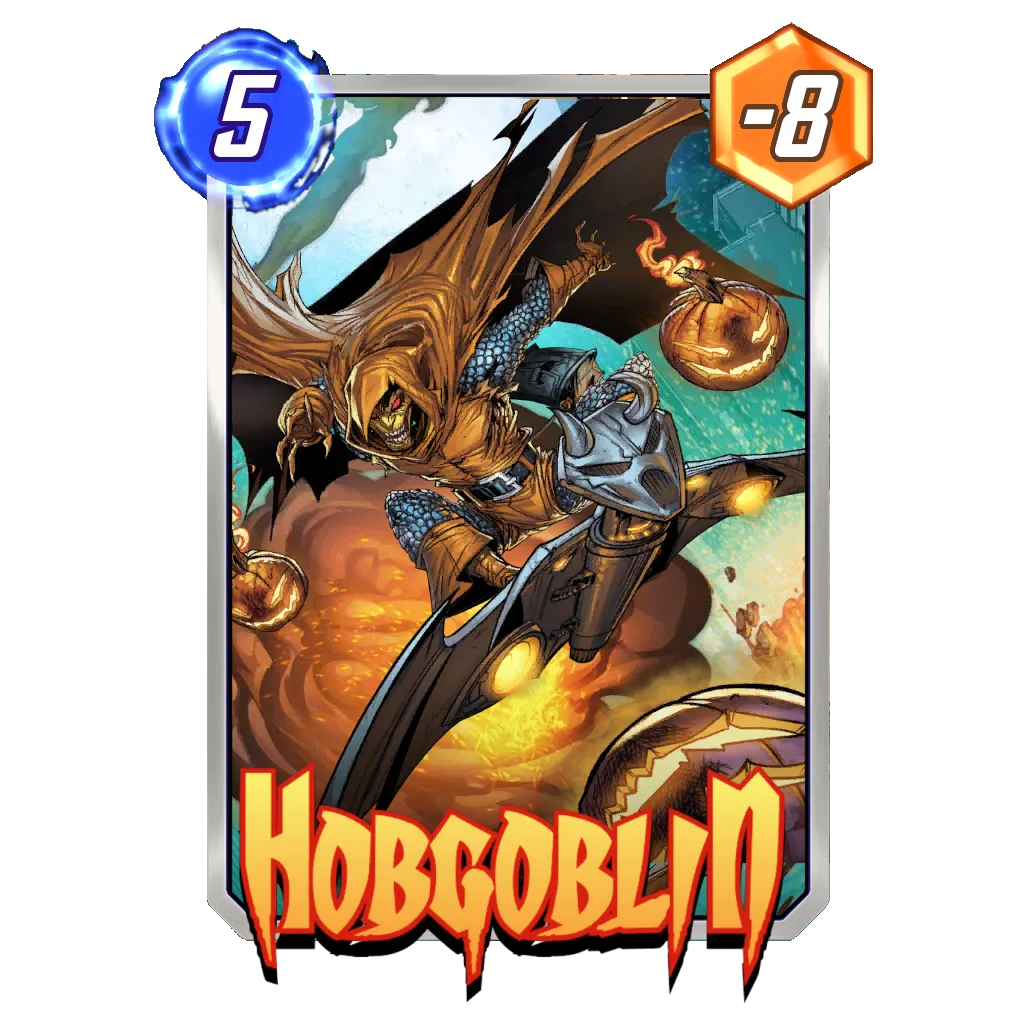Table of Contents
Welcome to our Marvel Snap Meta Tier List for the Ranked Ladder mode! Each week, we review the best decks in the ever-changing Marvel Snap metagame. Then we bring you the decklists, and we provide an in-depth report about them. This report contains information like how their ranks are justified, how to play the decks, and how to build the deck with alternate cards to accommodate different collections.
Marvel Snap Ranked Meta Overview
As the end of the season nears and the final OTA Balance Updates of the Loki For All Time Season left a lot of people disappointed, Marvel Snap is in dire need of an impactful start for Bloodstone. Indeed, the show Alioth has been putting on lately is only challenged by Shuri Sauron, which also started including the card. The environment has turned into a war for priority, and the player losing the early battle will usually be forced to Retreat or take an unfavorable gamble.
In this context, the dominating Tier 1 builds have been Iron Patriot and Move Alioth; both decks are dominating the high levels of play after Mobius M. Mobius joined the game. Behind them is Shuri Sauron, an archetype that seemingly cannot die. It appears to be the comfort pick for a large part of the community every time some nerfs disable an archetypes from being playable.
The diversity starts kicking in once we look into Tier 2, as Discard Dracula, Loki Collector, and Thanos Control are each pushing their own agendas instead of relying on a sheer amount of points into Alioth to lock the game. Thanos Control has started running the card, though, and it has seen its performance improve, which is a nice coincidence. Ramp is also looking to abuse the 6-Cost, but the recent nerf to Galactus has made it difficult to imagine the deck being on the same level as the other Alioth decks (those that benefit from much more flexibility in their game plan).
Tier 3 decks aren’t looking much different at all; two out of three of the decks are also running Alioth, which brings the total to eight decks out of the eleven featured this week using the same card. I haven’t checked, but I am pretty sure this is a record since I’ve started doing this Tier List.
The ray of hope this week lies in the Silent Performer category, as no Alioth deck is featured there. Good Cards Stature could play the card, but the best performing list in our data isn’t. In particular, I’d like to give a special spotlight to The Phoenix Force deck because it is slowly building a case as a huge sleeper in the current metagame. Its ability to get going early allows the deck to dodge most of the annoying disruptive cards that are typically played on Turns 5 and 6, and you should have the opportunity to Snap early enough in games to make your good hands worth more than just a Cube. It probably isn’t suited for everyone, but I encourage those enjoying these kinds of very synergistic lists to give it a shot – even if you’d like to explore another list in the archetype.
Of course, your rank and Collection Level will impact your experience of the game. These rankings focus mostly on what is happening in the Infinite rank to give some perspective as to what the best players are using to rank up the leaderboard.
Simply put: They use Alioth.
Happy Tier List, everyone!
Marvel Snap Ranked Meta Tier List
| Tier | Deck | Guide |
|---|---|---|
| Silent Performer | Hela Tribunal | Guide |
| Silent Performer | Good Cards Stature | Guide |
| Silent Performer | Phoenix Force | Guide |
| Tier 1 | Iron Patriot | Guide |
| Tier 1 | Move Alioth | Guide |
| Tier 1 | Shuri Sauron 🔼 | Guide |
| Tier 1 | Evolved DoomWave | Guide 🆕 |
| Tier 2 | Discard Dracula | Guide |
| Tier 2 | Loki Collector | Guide 🆕 |
| Tier 2 | Thanos Control 🆕 | Guide |
| Tier 2 | Alioth Ramp 🔽 | Guide |
| Tier 3 | Cerebro 5 🔽 | Guide 🆕 |
| Tier 3 | Deadpool Destroy | Guide |
| Tier 3 | Junk 🆕 | |
| Budget | Ongoing Kazoo | Guide |
| Budget | Devil Dinosaur Destroy | |
| Budget | Swarm Discard Aggro | |
| Budget | Ongoing Two Locations | |
| Budget | On Reveal Control | Guide |
| Budget | Big Cards |
Disclaimer and Tier Explanations
In order to be featured here, a deck needs to represent at least 1% of the current environment and have a positive cube average using data from our Marvel Snap Tracker. If a deck showed great performances with a very limited presence in the metagame, you can find it in the Silent Performers section. There, I will highlight decks with an excellent Cube Ratio but too little of a sample size to be representative of their real strength.
Decks not good enough to be considered contenders but with a good representation will be ranked in Tier 3 or 4 in our chart, and they won’t have their own dedicated write up here (but they may be transferred to the main Tier List section). See those builds as decks that are good to know about, as you should face them when playing Marvel Snap. However, unless the metagame changes or a new variation of the build emerges, these decks are a notch below the dominant ones in Tiers 1 and 2.
Silent Performer: Decks with a very little presence in the metagame that still showcase a Cube Average and Win Rate worthy of a Tier 2 deck (or better). Often times, these can be archetypes with some nice game play that have been left unchecked in the current environment, or decks on the rise that found a few good match ups to abuse.
Tier 1: Tier 1 represents decks with all the upsides we would be looking for to rack up Cubes. They have good match ups in the current metagame, offer different play patterns during a match, and often have the ability for explosive or surprising turns. These should be decks worth investing into in order to climb for the coming week.
Cube Average > 0.5
Tier 2: Tier 2 are very good decks but with a weakness holding them back – either not being as reliable in its draws as Tier 1 decks, countered by another popular deck, or still being a work in progress as you read this. A good pilot could probably take these and have the same results as with a Tier 1 deck, but their play patterns are more difficult to enact compared to the tier above.
Cube Average > 0.35
Tier 3: This tier is made of decks that have a pervasive issue compared to Tier 1 or Tier 2 decks. Usually, Tier 3 will be a mix of decks on the rise that don’t have much data, old archetypes on the decline, decks that require substantial experience and/or knowledge to pilot properly, powerful decks that aren’t well positioned, or niche decks.
Cube Average > 0.20
Tier 4: Off-meta decks that have fallen off in recent times, or counter picks that rely on specific match ups to stay afloat competitively.
Cube Average > 0.00
Budget: Decks that consist only of cards in Pool 1 and 2 that are still capable of competing with an experienced pilot in a similar Collection Level, Rank, and MMR range. See our matchmaking guide for more details.
Meta stats and analytics directly from our Marvel Snap Tracker can also be found here.
Tier 1
Iron Patriot
Rank Justification:
This is probably the easiest deck to pilot in order to set up for Alioth on Turn 6. Iron Patriot is dominating the mid-game on the back of its famous Forge, Brood, and Absorbing Man trio. Then, depending on which lane feels safe and which you believe your opponent might attempt fighting for, you can leverage the current state of Marvel Snap to lockdown any comeback possibility. Plus, considering the largest chunk of the points are played from Turn 2 to Turn 5, you rarely feel vulnerable to an opposing Alioth.
This very simple concept has racked up a ton of Cubes this week, as Iron Patriot largely dominated the Cube average competition. Its best list reached the 0.8 mark with several hundred games under its belt.
The downside of Iron Patriot is that the deck gives a feeling of good and bad streaks. Many players consider this a good trait because you can maximize the good streaks with your Snaps and minimize the bad draws with smart Retreats. Nevertheless, if you are prone to tilting, or you’re looking for a flexible deck that can play all six turns interacting with your opponent’s strategy, then this is probably not the right archetype for you.
How to Play:
Ideally, this deck only has Turn 5 as a flexible option, and that is often where it plays Blue Marvel. Otherwise, it is hard to deviate from this archetype’s go-to play pattern:
- Forge on Turn 2.
- Brood on Turn 3 (with five power thanks to Forge).
- Absorbing Man to copy Brood and create three 4-Power cards on Turn 4.
- Alioth or Doctor Doom on Turn 6. Patriot plus Silver Surfer can also be played here.
When this pattern happens, the deck is usually in the lead for most of the match; therefore, it possesses priority for the last two turns. This allows it to play the Turn 6 card, Alioth or Doctor Doom, in the ideal scenario with no worry of an opposing Alioth ruining its plan.
There are still a few things to keep in mind since this very anticipated scenario can be ruined by some choice tech cards:
- Cosmo counters almost any card in the pattern, and then the opponent will usually have priority going into Turns 3 and 4.
- Space will quickly fill on your side of the board – especially after Brood and Absorbing Man. Be careful not to lock yourself out of future plays.
- Outside this specific pattern, particularly Forge into Brood, the deck can quickly fall behind and be preyed upon by decks that are much stronger with priority available to them.
Potential Additions:
Killmonger can replace Silver Surfer, while Mobius M. Mobius can be replaced by Alioth in the deck as well.
Luke Cage occasionally sees play in the 2-Cost slot.
Lastly, Iron Man battles with Legion for the second 5-Cost slot, but flexibility seems to be more important than sheer points in the last two turns.
Move Alioth
Rank Justification:
Featuring much more disruption and flexibility compared to Iron Patriot, Move does not possess the same ability to confidently Snap early on in the match. However, the deck is also much harder to read from the opponent’s point of view, which limits how often you might get Snapped as well. With this in mind, Move might be more suited for those who enjoy a more diverse experience and like to adapt their play patterns to the opponent.
For our featured list (which was the best performing in the data available), knowing which cards will annoy your opponent the most appears to be absolutely crucial. Indeed, with Wave and Jean Grey joining Alioth in the disruption squad of the deck, one can quickly feel like they will lack points in order to compete with the other decks featured in Tier 1.
That is true; if you can’t disrupt your opponent, then the deck’s point ceiling will likely lose against a Shuri or a Patriot. However, you have the upside of not being as predictable as those decks in how you will operate during the match.
Over a big sample size, it seems like the simplicity of Iron Patriot was the best course of action to rack up Cubes. Still, a 0.7 Cube Average remains extremely high for Move, and it shows that there isn’t just one way to set up for Alioth to lock your opponent out of the match.
How to Play:
Move Alioth is looking to create points through the Move synergy during the first five turns before landing a clean Alioth or Doctor Doom on the last turn.
Kraven (and also Angela if you run the card) will serve as a lane anchor by growing anywhere form six to ten power over the course of the match. Then, the deck can count on Silk, Spider-Man, and Miles Morales to add solid points for cheap in order to take the lead going into Turn 6.
Apart from Silk dictating where you want to play, the deck aims to be as flexible as possible. In an ideal scenario, you want to start focusing on priority around Turn 3 or Turn 4. This will largely impact where you place your cards during the mid-game. But, because you are a Move deck, you will change that setup on Turn 6 to contest the lanes you really covet.
Then, cards like Vision, Nightcrawler, and Jeff the Baby Land Shark can be placed solely depending on whether you have Kraven in order to wrestle priority. It might look weird during the match, but once Kraven comes down and you move everything to him (or reposition your cards to take the lead on a lane), Alioth can lock the opponent out of the game and it all starts to make sense.
Potential Additions:
Move can also be played in a much more straight forward fashion with Angela or Mobius M. Mobius acting as flexible cards (which might be a wiser choice if you have little experience with the archetype):
Shuri Sauron
Rank Justification:
On the back of Armor serving as nice protection against Alioth, Shuri Sauron is able to play Shuri and its target on a different lane and then have Taskmaster reveal safely behind Armor on Turn 6. Vision can also serve as the perfect target to have everything happen behind Armor. Overall, it feels like Shuri Sauron picked up right where Shuri Kitty left off.
In kind of a surprising twist, Alioth has made it in the best performing list this week. It provides a different play pattern for the deck when it misses on Shuri but Sauron showed up on time. Then, the deck is able to play proactively by dropping high power cards on the board, seize priority, and slam Alioth on Turn 6 to lock a lane in the same way the other decks we looked at are doing.
How to Play:
Shuri Sauron is based around the idea of cancelling negative Ongoing abilities with Sauron and abusing Shuri to create a huge amount of points. In that regard, the deck is very rigid in the mid-game since Turns 3, 4, and 5 are almost always the same: Sauron → Shuri → any card worth doubling the power. Often times, Turn 2 will also be dedicated to Armor as a way to prevent an opposing Shang-Chi from ruining your plans. Speaking of Shang-Chi, Vision is another way to play around it, as hitting a moving target isn’t so simple.
This leaves only Turn 1 and Turn 6 to be truly flexible, with Nebula or Zero taking up the 1-Cost slot and Taskmaster usually being the default Turn 6 play alongside Ebony Maw.
If this very straightforward approach can lead to a ton of points on two lanes, it also often doesn’t equate to a lot of cubes. Indeed, unless you are Snapping aggressively, the opponent can see the points coming and will rarely stay in the game once you show Shuri (and they can’t handle it). This creates two important factors to take into consideration when playing Shuri Sauron:
- You have to accept Snaps early in the game, especially when Sauron and Shuri show up.
- You need to find lines of play even when you don’t have the best play pattern with the deck, especially when the opponent does not Snap. Even without Shuri, the deck can develop a solid amount of points, and Enchantress is able to steal a few wins.
Potential Additions:
America Chavez can replace Alioth for consistency purposes. As for Shuri Kitty, feel free to try it again once Elsa Bloodstone is in the game.
Evolved DoomWave
Rank Justification:
After being one of the few decks not using Alioth with Wave, focusing instead on its High Evolutionary core, Evolved DoomWave has joined the dark side (and regained its Tier 1 status in the process).
With Storm and Iron Lad in the deck now without America Chavez, the deck looks to high roll a bit more than its previous builds that typically focused on consistency. Now that almost every deck is trying to accomplish the same thing, leveraging your Snaps and Retreats looks to be more important than being highly consistent, which is what pushed Evolved DoomWave in this direction.
As a deck who lost a fair share of its momentum since Mobius M. Mobius released, it is hard to tell if this new build will stick or if it’s just the flavor of the week. Play at your own risk.
How to Play:
Similar to other High Evolutionary decks, Evolved DoomWave tries to create power while not spending all of its energy every turn. If you have Evolved Hulk in hand, one energy is worth two power, plus the other bonuses you would get from the cards you have on the board. If you have at least two of your four cards (Sunspot, Evolved Misty Knight, Evolved Cyclops, Evolved Hulk), it is usually worth looking for a play that leaves an energy to spare. Otherwise, Sunspot or Evolved Misty Knight alone are rarely worth the deal of one energy for one power.
More often than not, the turns you are likely to leave some energy on the table are Turns 4 and 5, which are typically dedicated to Evolved Cyclops and Wave, respectively (although you might want to play Mobius M. Mobius on Turn 5 to protect your cheap cards from Wave). Turns 2 and 3 will depend on your hand, but you tend to play a 1-Cost, 1-Cost, 2-Cost pattern over the first three turns. Then, you will naturally float some energy on Turn 6 if you played Wave.
Outside of this signature High Evolutionary game play, the rest of the deck is centered around Wave limiting what can be done on Turn 6, which usually rewards the player in the lead. By that point, you have two options: go tall with Evolved Hulk, or go wide with Doctor Doom. With a read on where your opponent might play, Alioth is another card you can play here. If you happen to have several of those big cards in hand, you could also consider playing Wave on Turn 4 to be able to play back to back 6-Cost cards.
Another big strength of this deck is its ability to play into any kind of location and impact those that have been locked during the whole match. Indeed, Doctor Doom, you can easily reach most locations. Then, Sunspot, Evolved Misty Knight, and Evolved Cyclops are also able to impact a location after it’s impossible to play there, like after Storm has locked it down. In that regard, knowing early on where your opponent might be playing some of their space limiting cards can have a big impact on the match.
Potential Additions:
Armor, Cosmo, and America Chavez see play in the more traditional build. They would replace Storm, Alioth, and Iron Lad.
Tier 2
Discard Dracula
Rank Justification:
One of the few decks looking to do its own thing, Discard manages to dodge the most popular traps thanks to Morbius and Dracula coming down early in the match. However, Mobius M. Mobius remains a problem for Swarm, while Cosmo is a popular tech card that can turn off basically the entire synergy of the deck.
With that in mind, Discard is great if you are looking to beat your opponent on sheer amount of points and expect them to only have Alioth on Turn 6 as a disruptive tool. In that scenario, a smart use of your Snaps and Retreats should guarantee a decent cube ratio. Still, your deck can quickly crumble at the sight of some of the popular early disruptive cards, and then it’s easy to feel like there are simply better options.
How to Play:
Entirely centered around the Discard synergy, Discard Dracula aims to create a ton of points on all three lanes while mixing in a touch of disruption. At the core of the game plan are Dracula, Morbius, and MODOK, three cards that are responsible for points and have the strongest abilities in the deck. The other nine cards could be considered support since they either provide discard or are a discard target themselves.
When playing this deck, a proactive mindset is crucial to your success, as you can’t really afford to slow down the pace during a match. If you do, your points potential will immediately suffer from it – and points are the only weapons this deck fights with. This requires a good anticipation of your points total in order to project yourself into what the deck will be able to develop. Also, figuring out your play patterns early gives you time to consider which disruptive cards your opponent could use against you and help you time your Snaps.
When it comes to putting up lots of points, here are the common combinations for the deck:
- Dracula plus Apocalypse. Here, Lady Sif is great because it will target Apocalypse every time.
- Morbius plus MODOK. Swarm, Wolverine, and other discard fodders are perfect for your MODOK turn.
- Colleen Wing plus Swarm. If you can guarantee this discard, it opens explosive plays with 0-Cost cards later on.
Potential Additions:
Silver Samurai was in Absorbing Man‘s spot for the majority of the season.
Loki Collector
Rank Justification:
While many continue to believe Loki Collector is the best archetype in the game, the available data keeps telling us that the deck is solid, but far from having a stellar Win and Cube Rate.
Don’t get me wrong; Loki is an incredible card, and it might deserve a nerf like so many hoped it would receive in the last OTA. However, even if Loki easily deserves a spot among the top ten cards released this year (in the same conversation as Zabu and High Evolutionary), it might very well only be third on the list of cards we got this month.
Don’t think Loki Collector is a dying archetype, either. With the new season, maybe we’ll see less of Wave and Mobius M. Mobius, which could propel Loki back to being the god it was during the first week of September.
How to Play:
Centered around its two signature cards (with support from Quinjet), Loki Collector aims to build a lot of points on two lanes while keeping as many options as possible open for later on. Indeed, if you commit too hard, you might lack the space required for the cards Loki generates, or you might let your opponent know too much about your potential. Speaking of potential, the deck creates many cards during the match, so its biggest strength is keeping the opponent in the dark as to what they should expect. It could be a disruptive card, a big bomb created randomly, or Legion to change the locations in play.
Early on in the match, the deck will set up its anchors, which are usually Angela and The Collector. As direct support to these two, you have all the cards at three energy or less that will generate cards or simply grow Angela. While you can use a lane as a bit of a dump for Cable, Snowguard, Quinjet, and Mirage, these cards represent a not insignificant amount of points. Keep in mind that Angela and The Collector could very well challenge a lane on their own if you support them enough, which means you can use some of the space in their locations for cards with minimal contribution to your end game score.
Depending on your opponent, the timing of your Loki will vary. If their deck is expensive or runs a lot of counters to your primary plan, you might want to switch early on and create a new game plan with their cards. Otherwise, Loki can be played on Turn 5 to grow The Collector and open a very flexible Turn 6.
One of the biggest upsides of this deck is its ability to always find new options and play patterns. As such, it is really important to set your mind early on whether you are looking to play with the cards in your deck or trying to generate a new way to achieve victory. Legion, in particular, is a card that will impact your decision to change your hand or not. It is expensive, but it can represent an alternate way of winning the match.
Potential Additions:
Standalone good cards tend to fit Loki Collector best. As such, Legion, Mobius M. Mobius for the mirror match, and Angela tend to be the popular inclusions over the Rogue and Cosmo tech cards.
Thanos Control
Rank Justification:
You could argue Psylocke‘s buff was the reason Thanos Control made it back on the Tier List, which might be true since a buff always helps give a deck some spotlight and pick up in popularity. However, you won’t change my mind when it comes to why the deck picked up in performance: Alioth.
At this point, any deck able to consistently seize priority (or already using Iron Lad) should play Alioth. The tempo swing it generates is simply too good to pass on, even for decks that aren’t necessarily looking to work with priority.
Thanos Control falls in that category. It will often have priority early in the match thanks to the Infinity Stones, and then it will usually lose it in the mid-game and miss the proper set-up to play Alioth the way Iron Patriot does. Instead, this deck aims at limiting where the opponent can play, or simply adding Alioth to the pool of cards Iron Lad can copy since landing it turns into an immediate Snap.
The card also finds some synergy with Psylocke; it can be played on Turn 5 to surprise the opponent. Or with Professor X, limiting the field of play for the opponent.
In a sense, it is nice to see new decks manage to put up solid performances and adapt to the metagame. On the other hand, they all have to use Alioth to do so apparently.
How to Play:
Thanos Control aims at quickly getting set on a lane through Professor X locking it in your favor, or by building points as flexibility as possible and only committing late in the game.
In that first scenario, you will leverage the Infinity Stones in order to build points, seize priority, and, ideally, get an extra energy going into Turn 4. Then, Professor X can come in and lock the lane and ensure you win it. Even if there is always a risk to an early Professor X, the deck is also running Jeff the Baby Land Shark and Klaw in order to help that lane later on, if needed.
Once in control of the first lane, the deck will turn to Devil Dinosaur, Alioth, Cosmo, and Shang-Chi to win the second one.
The other route Thanos Control can take is playing a very flexible game. Focus on Vision and Blue Marvel to spread your power across the various lanes with the Infinity Stones. If the occasional Cosmo takes out a powerful ability, it might warrant a Snap. This approach will usually be more careful since you’re focused on gathering information about your opponent. Here, the goal will be to seize priority so Alioth (and sometimes Cosmo) can win the game on Turn 6, or at least make sure Shang-Chi can’t be countered.
Potential Additions:
Shadow King or another tech card can easily replace Shang-Chi or Cosmo depending on what you need.
Alioth Ramp
Rank Justification:
I expected the nerf to Galactus to be too much for the archetype to manage to stay relevant going into this week, but it seems like Ramp remained a top ten deck in Marvel Snap. It’s a big enough part of the metagame to be worth talking about. As is often the case with this deck, the performance is much better outside the top end of the ladder, where there is more diversity and some decks that are prone to be annoyed by your strategy.
First of all, Galactus still being a part of the best performing list is a shocker to me. I guess there are enough situations where Wave and Electro can get the Eater of Worlds to work, even with only five power. Also, the deck runs Daredevil to get information, which could be enough support for Galactus. Iron Lad is another card that contributes to making the Eater of World relevant in the deck.
We can also see the return of Black Panther and Arnim Zola in the deck, which typically represent the other way to build around Ramp (since Arnim is about as far as possible from a card you’d like to play after Galactus).
Looking at this list then, it seems like Ramp hasn’t found what it wants to do consistently; instead, it’s packing several late game play patterns together. If you think about it, Galactus remains great for setting up Alioth, and it rewards priority the same way it did in the past – even if it is a little harder to make it work. On the other hand, Arnim Zola and Doctor Doom enable to the deck against Alioth, as we can play them on another lane and still impact the location Alioth was played onto.
How to Play:
The first three turns with a Ramp deck usually are very simple to figure out. Nebula, Daredevil or Mobius M. Mobius, and either Electro or Wave is the default pattern (as long as locations do not open other possibilities). The defining moment is when you play Wave or Electro and pick what your late game will look like:
- Play Galactus and try to dominate on one lane.
- Play Doctor Doom with Odin as a follow up to make sure you get points everywhere.
- Play Black Panther with Arnim Zola as a follow up to build up two lanes.
In most scenarios, Alioth can really shine. Obviously, the card is seen as the best follow up to Galactus. But, as long as you can figure out which lanes are out of reach or don’t require more investment from the opponent, Alioth can destroy their strategy. Plus, thanks to Electro, you could play Alioth on Turn 5 (against Shuri, for example). Also, you could have Black Panther and a 6-Cost played already, which opens your Turn 6 for Alioth.
One very important thing to consider in that second part of the game is priority. All of your cards are based on On Reveal abilities. With priority, you can remove Cosmo from the equation and destroy opposing cards before they reveal with Galactus or Alioth. You also make sure Leader and Doctor Doom aren’t tampered with if the opponent adds cards to your side of the board or changes a location. In order to seize priority, your first three turns are very important.
The Galactus plan will push you to invest everything onto the same lane, while the “go wide” scenario doesn’t want to see a full lane early in the match. In that sense, look to form a game plan as early as possible so that you have much easier decisions to make later on in the match.
Potential Additions:
Sunspot, Jeff the Baby Land Shark, Leader, and America Chavez spearhead the various cards one can include in this deck.
Tier 3
Cerebro 5 picked up a ton of momentum once Alioth released, and it was one of the archetypes that benefited the most from the Wave, Doctor Doom, and Alioth trio. However, now that the whole metagame revolves around the card, it feels like the rest of the archetype is not able to carry the load against the other strategies with the same package of cards. Maybe Iron Patriot sitting at the top could help a deck with Enchantress, or maybe it’s time to consider Cerebro 5 as just another deck that ran Alioth.
Speaking of Alioth carrying an archetype to be much stronger than its natural synergy would indicate, Junk has joined the rankings this week thanks to an abusable metagame, and, of course, Alioth helping the deck secure the second lane it needs once it locked the first one.
The deck still struggles to get priority, in large part because of the low points output of its disruptive cards (hence why it isn’t competing for a higher spot on the list). Still, it’s amusing to see how changing one card in an archetype for Alioth can immediately make the deck contend for being a top ten or fifteen archetype in Marvel Snap, whatever that ranking might really mean.
Last in Tier 3 is our regular tenant, Deadpool Destroy. Unfortunately, Armor is still quite popular, both in Shuri Sauron and simply because it helps protect a lane from Alioth. Plus, Alioth will wreck a Turn 6 Deadpool, which is a shame after you spend the whole game trying to grow it so it can win.
Cerebro 5
Deadpool Destroy
Junk
Closing Words
I hate being negative; I always feel like it makes for a worse read from your perspective. However, it is sometimes impossible to ignore some blatant issues that were left unchecked. This time it is Alioth, which lead to Galactus taking a big hit while at least four other archetypes are abusing the card to dominate the metagame.
I know a new Season is the perfect time for big changes, and I believe Elsa Bloodstone will be good enough to see play. Still, I’m afraid it will mostly see play in archetypes we already know about, such as Move since it is perfect to abuse the ability of the next Season Pass card.
With the Season also comes the monthly balance patch where Second Dinner is able to change more than just numbers. Considering the global disappointment across the community regarding the last OTA, I hope it was just a way to set up for bigger changes for the Bloodstone season. If not, I’m afraid the next ranked report might write itself, as the narrative could be awfully similar to the one we’ve had for the past few weeks.
Nevertheless, I hope you are finding your fun in Marvel Snap and keep some positivity towards the next season. This kind of situation already happened in the past, and the developers found ways to bring back some diversity. The start of a new season is the perfect opportunity to do that again.
To reach out, find me on the Marvel Snap Zone community Discord, or follow my Twitter page where I share decks and biased opinions about the game.
Good Game Everyone.

⭐ Premium
Enjoy our content? You can Support Marvel Snap Zone and your favorite content creators by subscribing to our Premium community! Get the most of your Marvel Snap experience with the following perks for paid membership:
- No ads: Browse the entire website ad-free, both display and video.
- Exclusive Content: Get instant access to all our Premium articles!
- Meta Reports: Exclusive daily meta reports, such as the Ultimate Card Metrics Report, Top 10 Decks of the Day, Top 30 Cards, and Top Card Pairs tailored for you!
- Team Coaching: Join our free weekly team coaching call sessions on the Discord server. Claim your Premium role and gain access to exclusive channels where you can learn and discuss in real time!
- Premium Dashboard: Get full instant access to the member-only dashboard, the all-in-one page for all your benefits.
- Support: All your contributions get directly reinvested into the website to increase your viewing experience! You get also get a Premium badge and border on your profile.
- Special offer: For a limited time, use coupon code SBYREX4RL1 to get 50% off the Annual plan!
























